High school senior Ananya Singla shares her journey of transforming her experiences at McDonald’s into a humorous and insightful book, “Drive Through Diaries: A Lesson in Life and Fries.”
As summer transitions into autumn, Ananya Singla, a high school senior, has taken a unique approach to sharing her life lessons. She recently published a book titled Drive Through Diaries: A Lesson in Life and Fries, which draws from her experiences working at McDonald’s. When Singla reached out to discuss her book, the intriguing title piqued my interest, prompting a deeper exploration of her experiences, her identity as an Indian American, and her future aspirations. Below is an edited version of our conversation.
Drive Through Diaries is a quick read filled with valuable life lessons that Singla believes every teenager should know. Initially, I expected the book to offer basic advice—save money, work efficiently, and be kind to customers. However, I was pleasantly surprised to discover insights that were refreshingly unique, particularly coming from a young author.
Singla notes that many of her coworkers spoke Spanish, and she engaged with them by decoding their conversations, which also helped her improve her language skills. This was just one example of how she made her work experience enjoyable. She also emphasizes the importance of networking, sharing how she secured an interview with a local franchisee through her hard work and connections. By the end of the book, she illustrates how these interactions provided her with further guidance on thriving as a teenager in the workforce.
Throughout the book, Singla’s humor shines through, making it an entertaining read. Even moments that weren’t intended to be funny had me laughing. She offers heartfelt advice while infusing humor, creating a blend of enjoyment and insight for her readers. I made a conscious effort to apply her advice to my own job as a tutor, finding parallels in our experiences. In quieter moments at work, I engaged with my coworkers and connected with the kids I tutored, which has helped me grow more efficient and expand my network. Singla’s experiences resonate across various job settings, whether in retail, fast food, or education.
In our interview, Singla shared her motivations for writing Drive Through Diaries.
What inspired you to write Drive-Thru Diaries?
Initially, I wasn’t planning to write a book about my experiences, but I enjoy journaling and often write down the funny and crazy things that happen to me. Looking back on my time at McDonald’s, I realized that my stories were quite different from what I was used to, especially coming from a private school where respect and kindness were expected. I wanted to create a book that could help other kids transition into the real world.
Why did you choose McDonald’s for your first job?
There are a few reasons. One is a bit humorous—my parents used to say if I didn’t do my homework, I’d end up working at McDonald’s. It was their way of scolding me, so I was curious to see what it was like. Plus, a friend of mine worked there, which made the application process easier.
How did your Indian heritage influence your experience at McDonald’s?
My upbringing taught me to be confident and proud of my identity as an Indian American. Growing up, I learned to be strong and assertive, which helped me navigate situations at McDonald’s where customers sometimes disregarded my humanity. Knowing my worth allowed me to handle challenging interactions with confidence.
Can you share a memorable experience from your job?
There was a time when a customer threw their food back at us through the drive-thru window. Another time, someone threw coins at my friend. These experiences were unexpected, especially coming from adults, but they taught me to handle difficult situations with composure.
How did your perspective on the public change through this job?
Before working at McDonald’s, I was somewhat naive about how people interact. I believed everyone should treat each other with politeness and respect. However, I quickly learned that many customers did not view me as a person but rather as someone there to serve them. This experience reinforced the importance of recognizing the humanity of service workers.
What surprised you most about working at McDonald’s?
I was surprised by how challenging the job was. The fast-paced environment requires quick service—our average time per car was just 55 seconds. Juggling multiple tasks while managing customer expectations taught me valuable multitasking skills and the importance of remaining calm under pressure.
How did you balance writing the book with your high school responsibilities?
Finding time to write was a challenge, especially during my junior year, which is typically demanding. However, my mom always said that if you’re passionate about something, you’ll make time for it. I wrote whenever I could, even if it was just a few hours a week or during lunch breaks.
How long did the entire process of writing and publishing take?
It took about a year and a half from start to finish. Writing the book was the easier part; the challenges came with editing, illustrating, and preparing it for publication.
What do you hope readers take away from your book?
I hope they learn that you can find lessons in any experience. It may sound cliché, but my three months at McDonald’s taught me a lot about maturity, financial responsibility, and asserting myself. I want readers to understand that every experience has the potential for growth.
What advice do you have for someone receiving their first paycheck?
Initially, I thought about spending my first paycheck on something nice for myself, but I learned from a friend who saved her money to treat her mom to dinner. That shifted my perspective, and I decided to save my earnings for college or to help out at home. It’s important to treat yourself, but understanding the value of saving is equally crucial.
What feedback have you received about the book?
Many readers have found it entertaining, which was my goal. I wanted to create a book that was both descriptive and humorous while providing valuable lessons. I’ve received positive feedback about how accessible and easy to follow the lessons are.
What are your plans for writing after high school?
I plan to pursue a career in medicine, but I also enjoy writing as a creative outlet. I’m not sure what I will write next, but I think exploring fiction could be an exciting direction.
Singla’s journey from fast food employee to author highlights the valuable lessons that can emerge from unexpected experiences. Her book serves not only as a source of entertainment but also as a guide for navigating the complexities of early work life, making it a must-read for teenagers and young adults alike.
According to India Currents, Singla’s insights and humor make her book a relatable and engaging read for anyone entering the workforce.

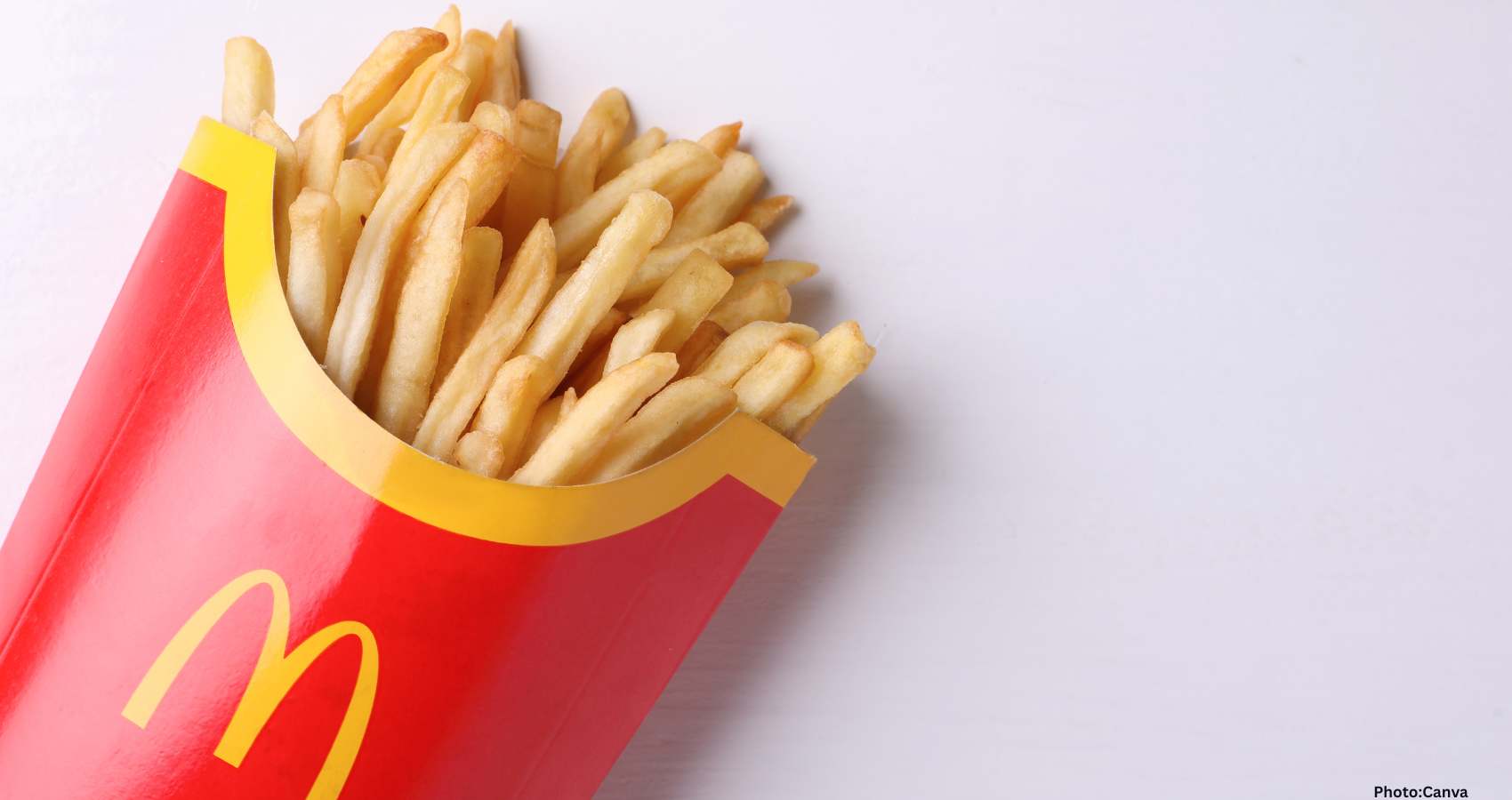
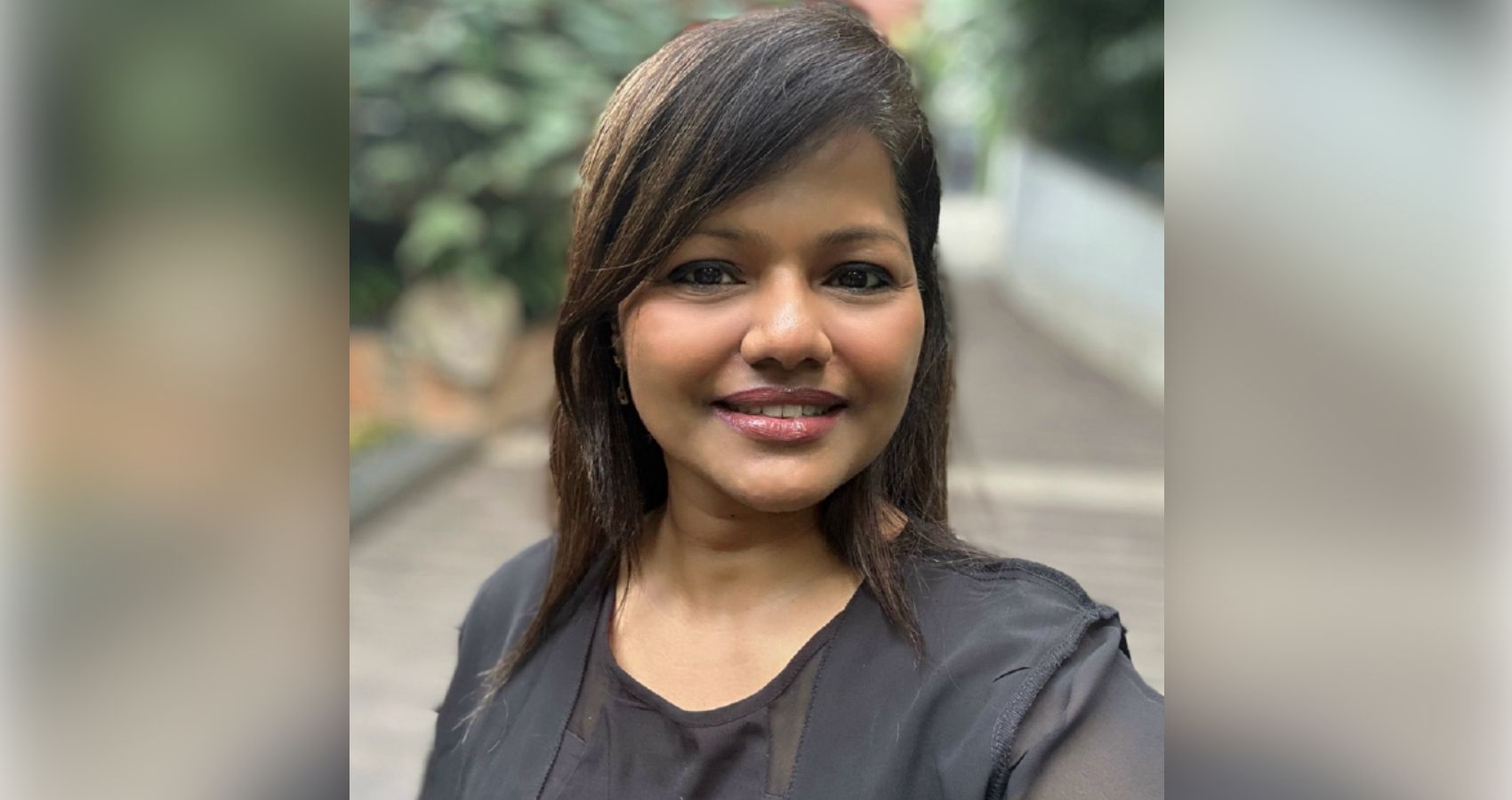
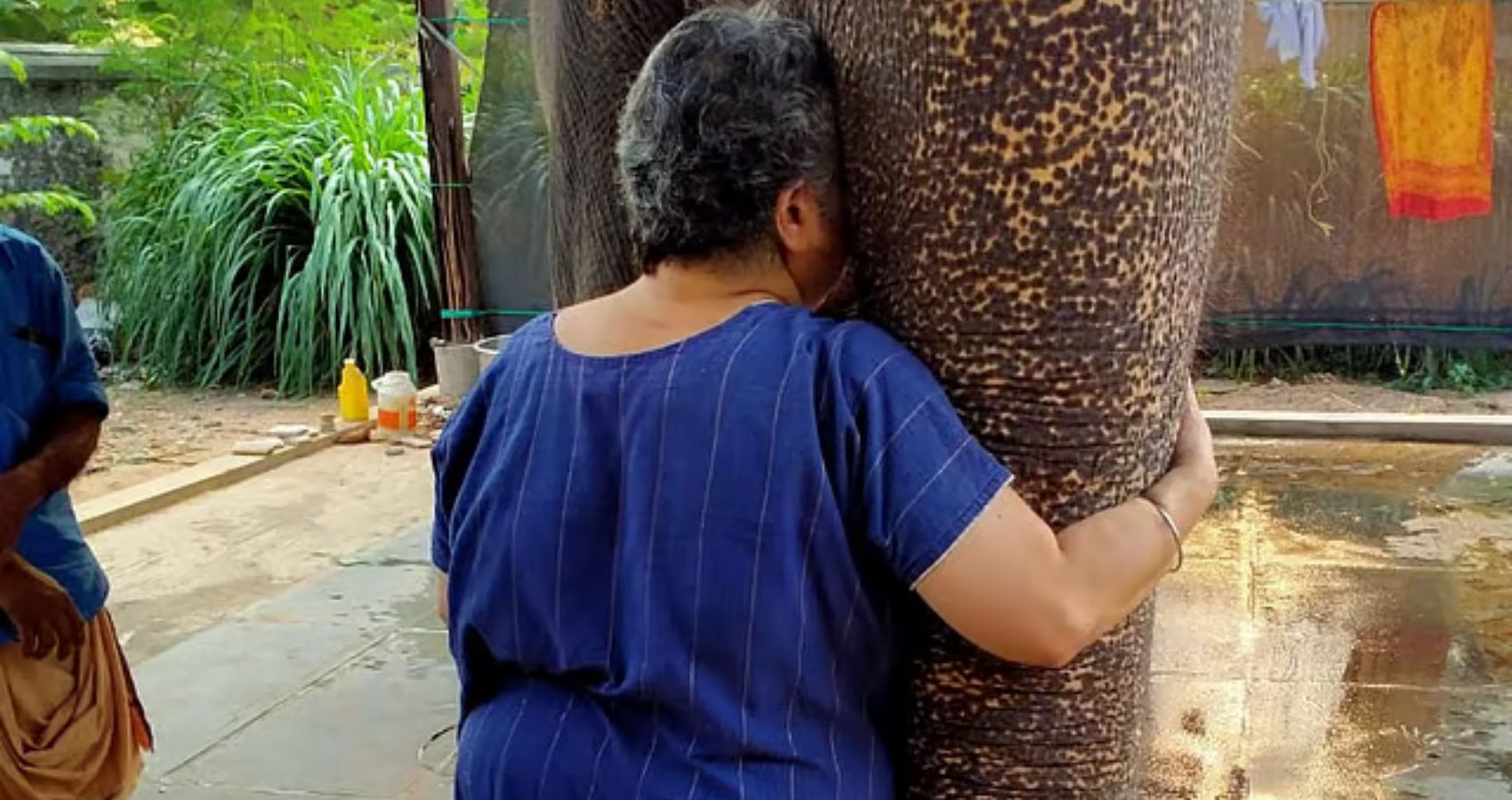
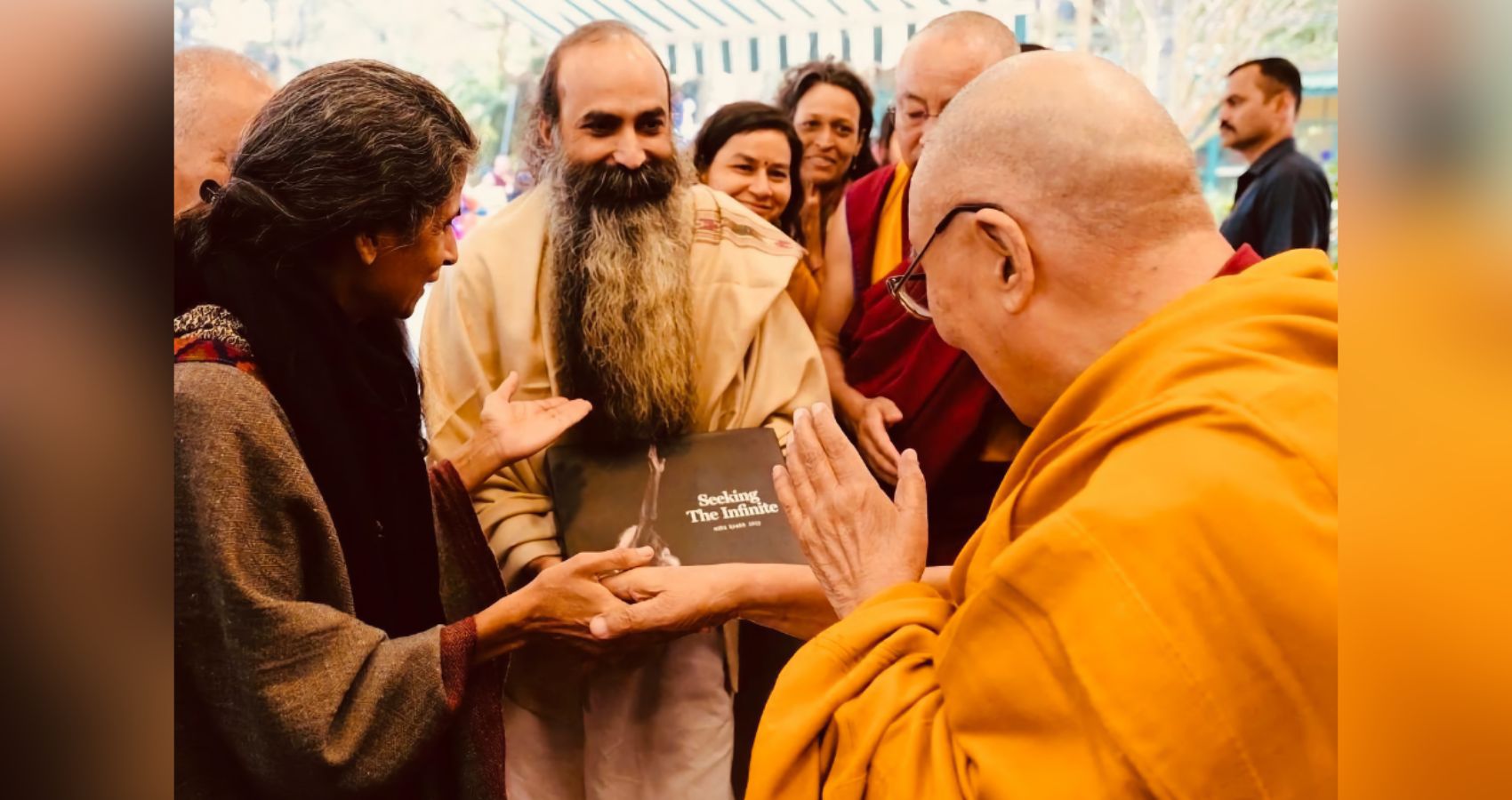
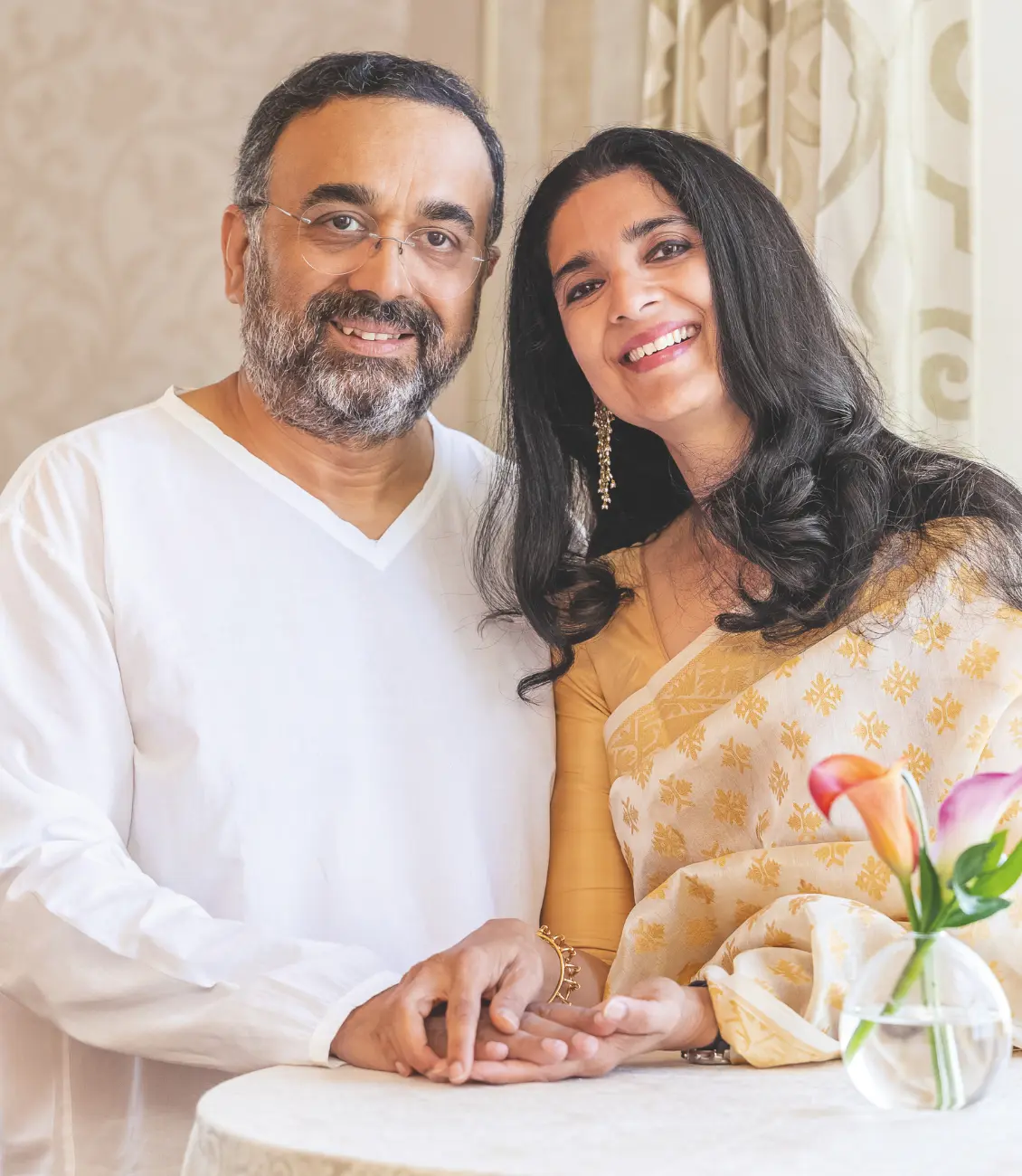 Yakub Mathew, a global financial leader and transformational thinker, will unveil his debut book Seeking the Infinite: Maha Kumbh 2025 during the prestigious IAAC Literary Festival at The International House in New York City on Sunday, November 16, 2025, The landmark literary event will feature a distinguished panel of spiritual and cultural thought leaders, including Sadhguru, Diana Eck, Rabbi Scott Matous, The Very Reverend Winnie Varghese, Imam Feisal Abdul Rauf and Guruji Sri Anish. The event will be moderated by the redoubtable Suhel Seth.
Yakub Mathew, a global financial leader and transformational thinker, will unveil his debut book Seeking the Infinite: Maha Kumbh 2025 during the prestigious IAAC Literary Festival at The International House in New York City on Sunday, November 16, 2025, The landmark literary event will feature a distinguished panel of spiritual and cultural thought leaders, including Sadhguru, Diana Eck, Rabbi Scott Matous, The Very Reverend Winnie Varghese, Imam Feisal Abdul Rauf and Guruji Sri Anish. The event will be moderated by the redoubtable Suhel Seth.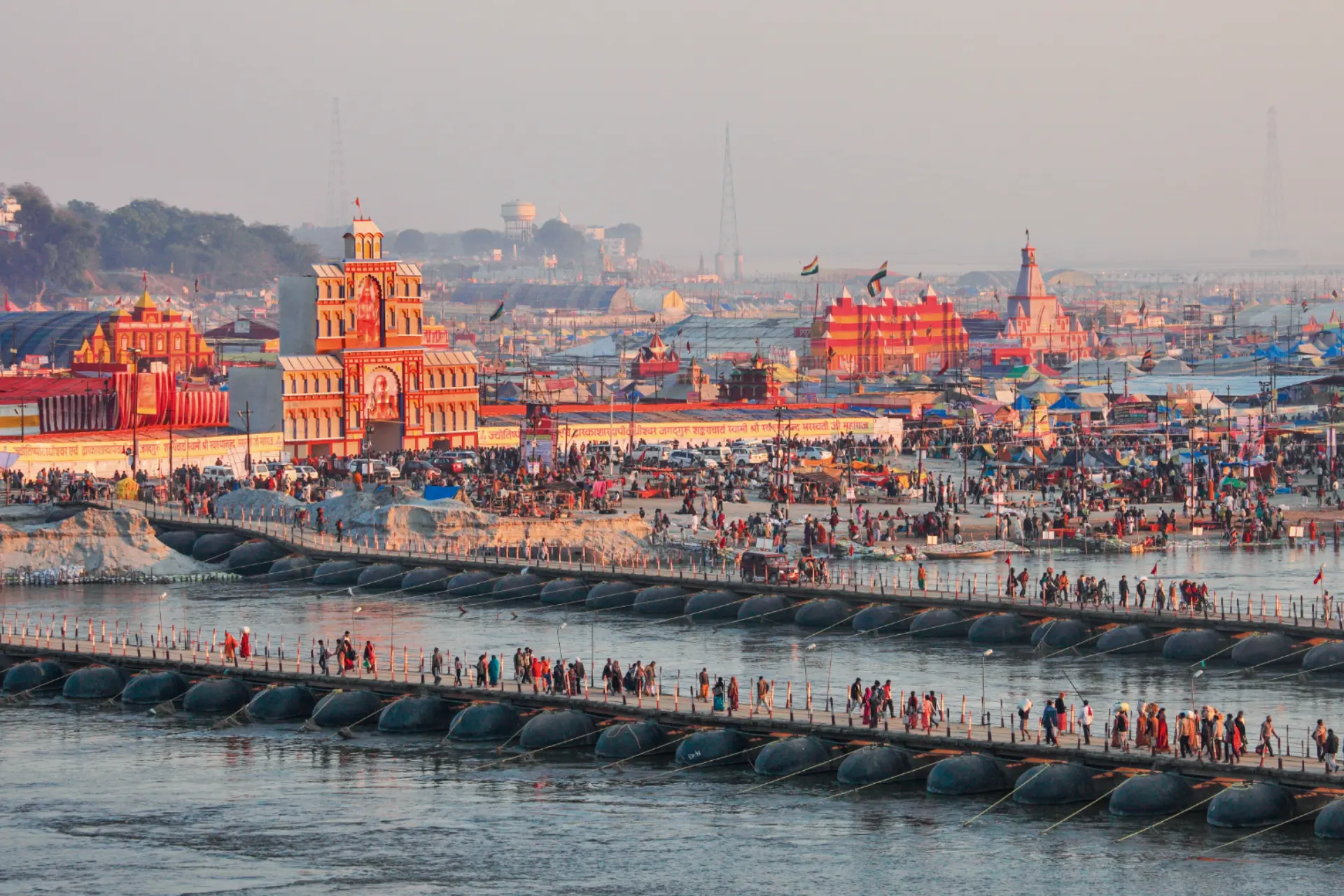
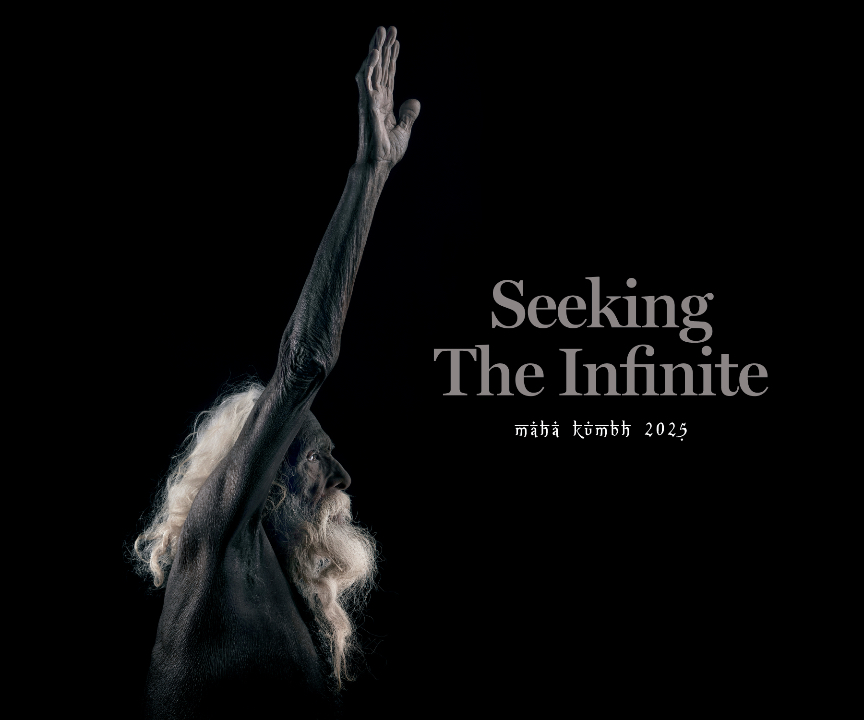 With over three and a half decades of experience across Citibank, HSBC, and Wells Fargo Advisors, Yakub is known for his purpose-driven leadership and cross-cultural vision. He is a graduate in Economics from Madras University, an undergraduate in Economics Honors from St. Stephen’s College, Delhi, and an MBA from the Asian Institute of Management, Manila.
With over three and a half decades of experience across Citibank, HSBC, and Wells Fargo Advisors, Yakub is known for his purpose-driven leadership and cross-cultural vision. He is a graduate in Economics from Madras University, an undergraduate in Economics Honors from St. Stephen’s College, Delhi, and an MBA from the Asian Institute of Management, Manila.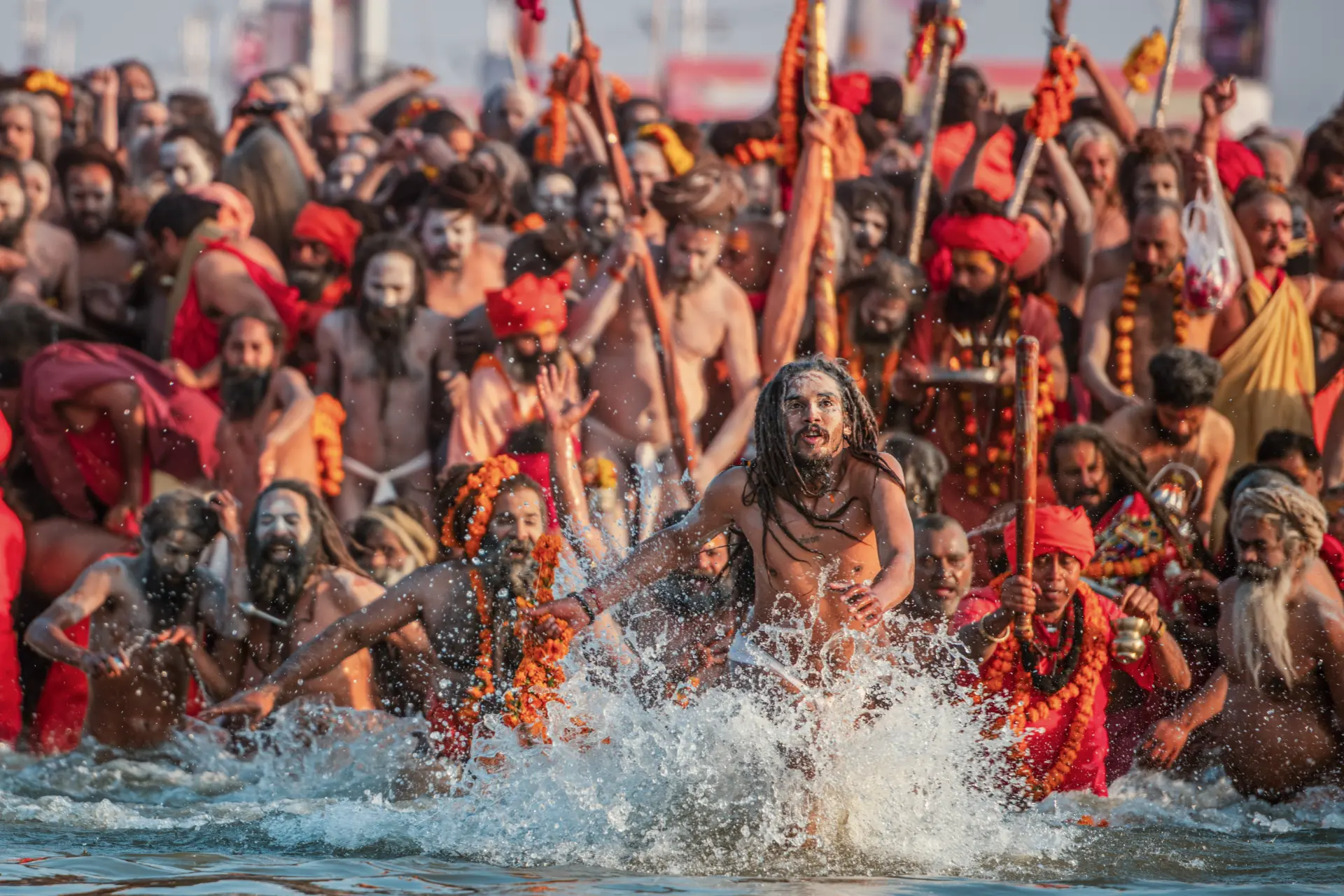
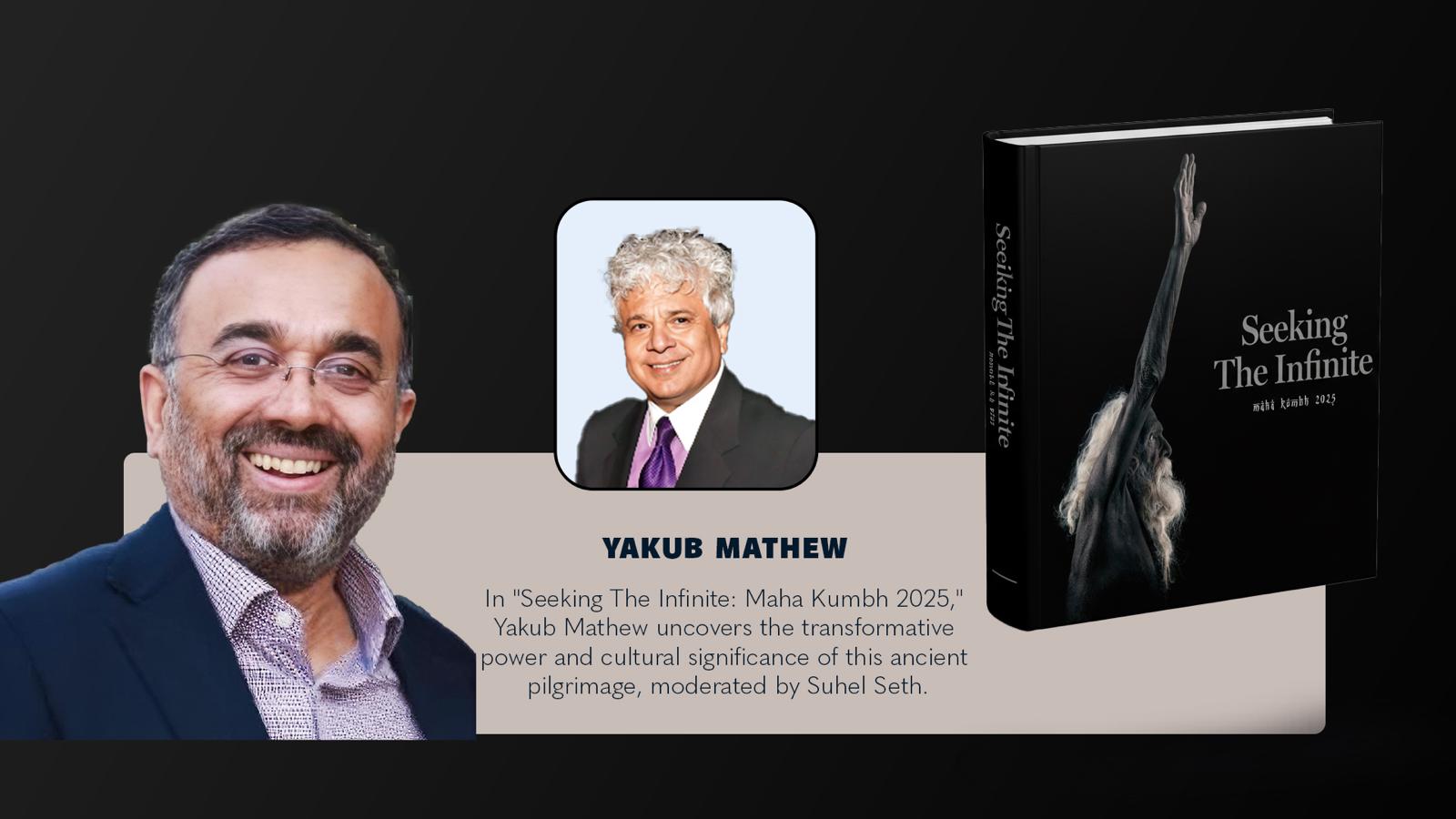
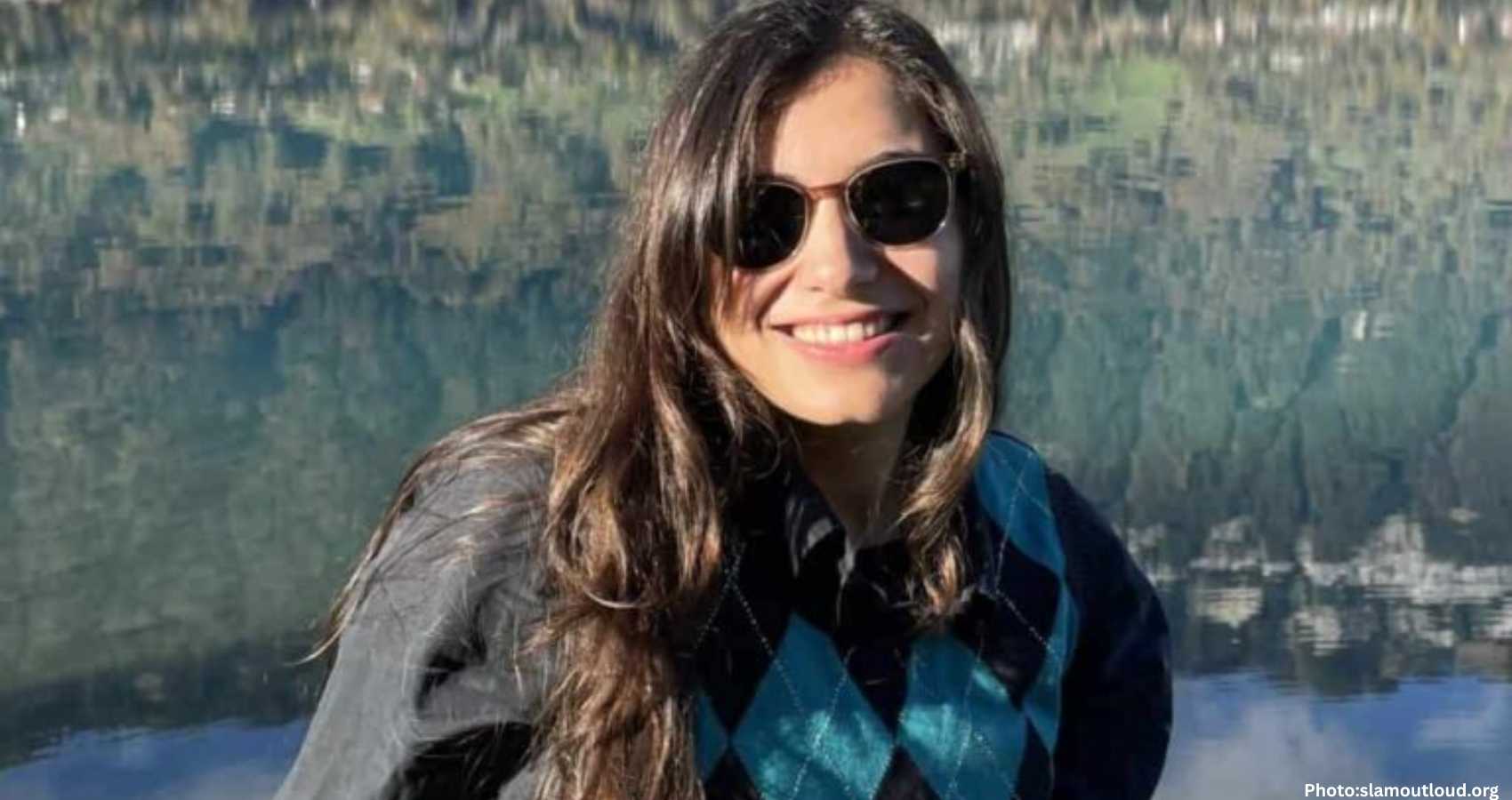
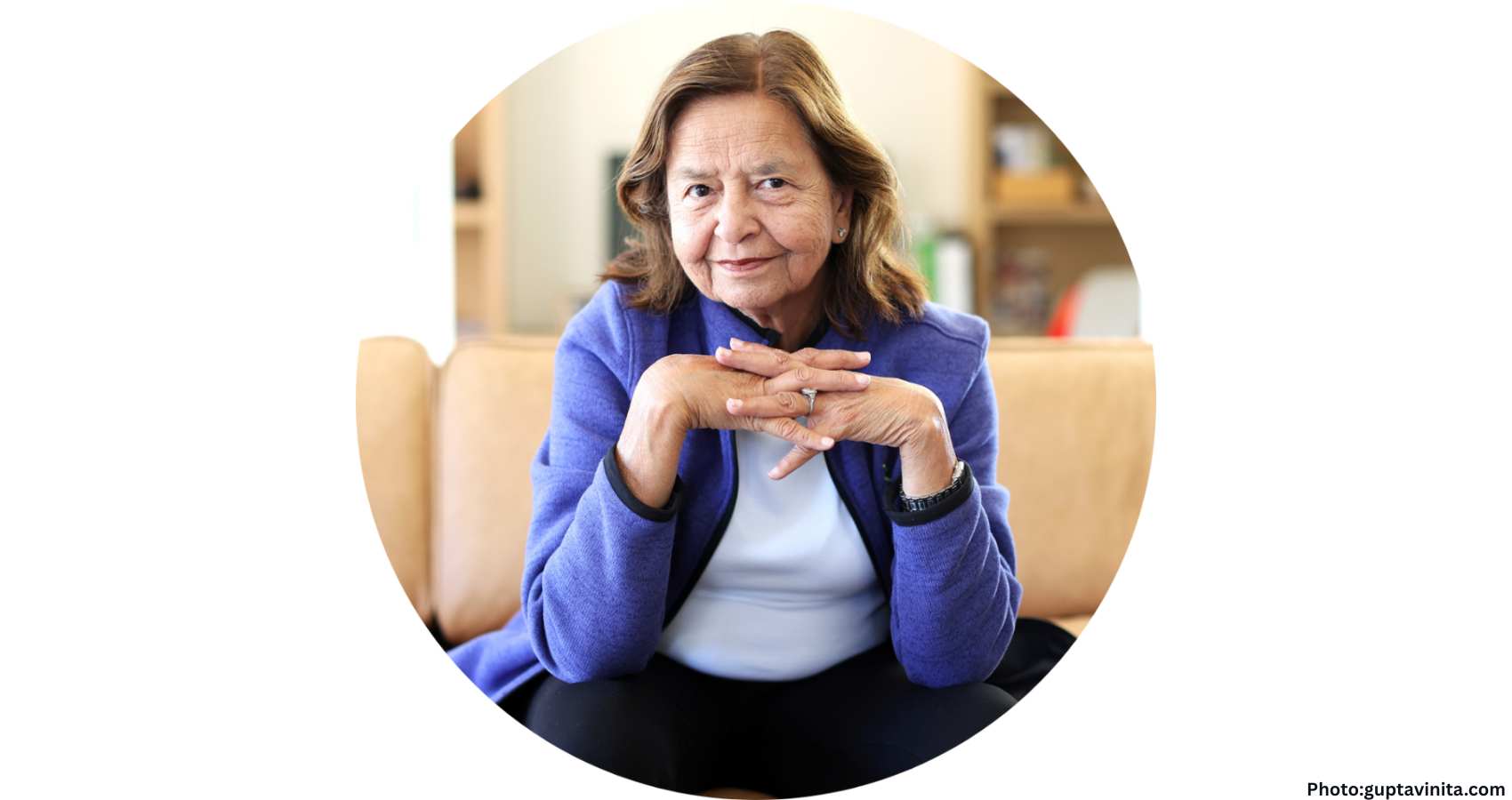

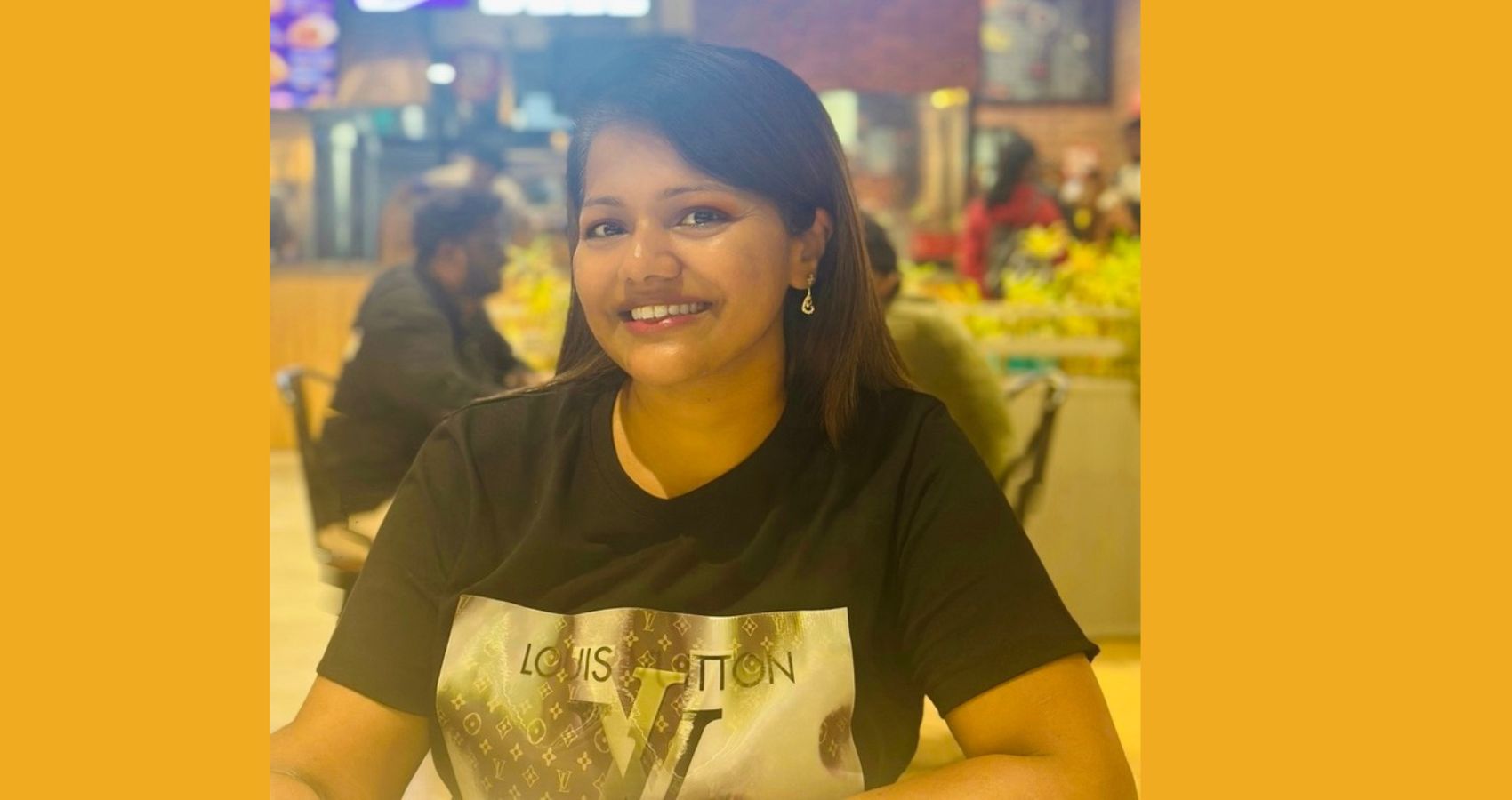
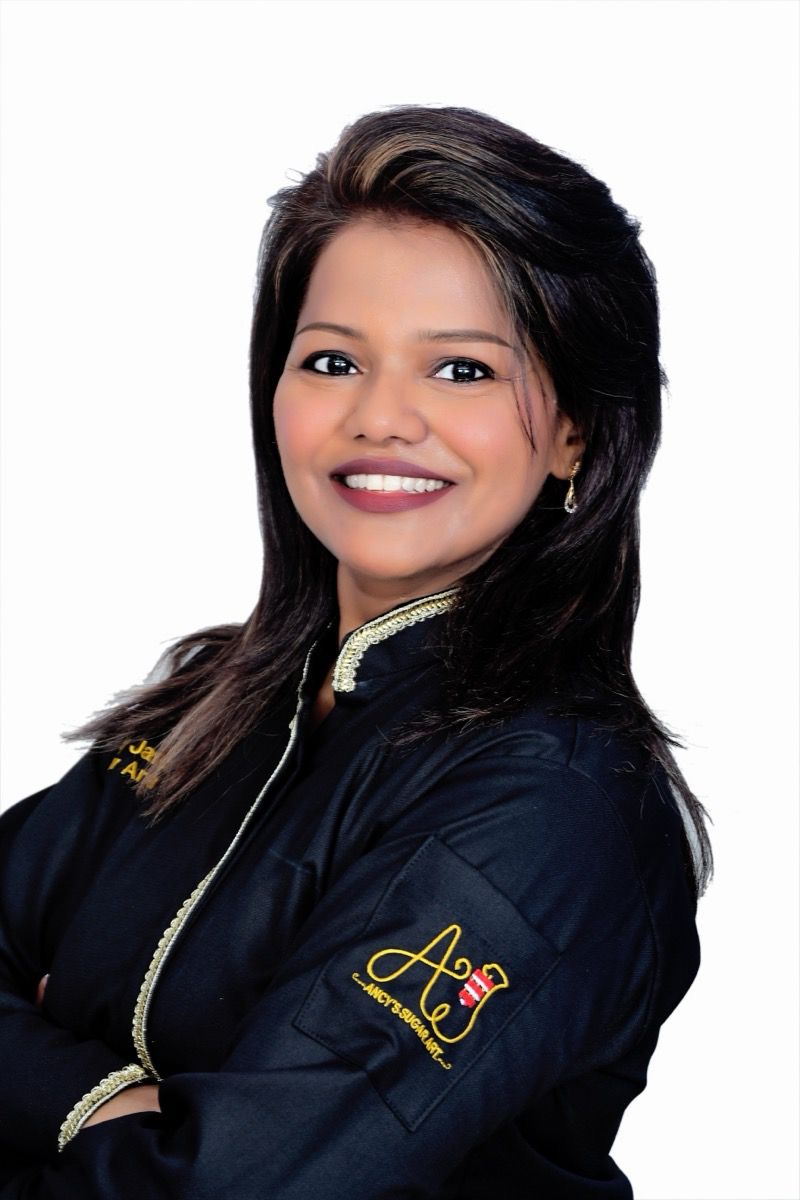 Ancy James is a former television producer who, after a fulfilling 17-year career, chose to step away from the relentless pursuit of output and certainty in favour of retiring from corporate life at age 37 to a slower and more intentional life. In what she calls her act of quiet rebellion, her toddler’s health scare ensured she followed through on this decision and she traded deadlines and huge pay packets for meaningful quiet personal life. Now over 10 years later, She truly believes that our identity isn’t something we prove, it’s something we shape with the decisions we take daily for our loved ones. She now keeps herself busy as an internationally trained Cake Artist and Chef Trainer with a culinary diploma and runs a FSSAI approved business “Ancy’s Sugar Art Academy, in Bengaluru, India. She discovered marathon running in her journey to reversing her bone health diagnosis at age 42. When she is not customising cakes or running, she is busy reading books across the spectrum or spend hours pouring her heart out in these personal memoirs. Through her weekly personal memoirs, she shares raw, honest reflections on grief, resilience, motherhood, midlife reinvention, and the quiet beauty found in overlooked corners of everyday life. At 48, Ancy writes not to impress, but to connect, believing that vulnerability is the birthplace of both healing and growth. In a fast and AI driven world she believes these memoirs are an honest attempt to stay real and relevant as a female writer who is a 100 percent invested in her journey of “Becoming”.
Ancy James is a former television producer who, after a fulfilling 17-year career, chose to step away from the relentless pursuit of output and certainty in favour of retiring from corporate life at age 37 to a slower and more intentional life. In what she calls her act of quiet rebellion, her toddler’s health scare ensured she followed through on this decision and she traded deadlines and huge pay packets for meaningful quiet personal life. Now over 10 years later, She truly believes that our identity isn’t something we prove, it’s something we shape with the decisions we take daily for our loved ones. She now keeps herself busy as an internationally trained Cake Artist and Chef Trainer with a culinary diploma and runs a FSSAI approved business “Ancy’s Sugar Art Academy, in Bengaluru, India. She discovered marathon running in her journey to reversing her bone health diagnosis at age 42. When she is not customising cakes or running, she is busy reading books across the spectrum or spend hours pouring her heart out in these personal memoirs. Through her weekly personal memoirs, she shares raw, honest reflections on grief, resilience, motherhood, midlife reinvention, and the quiet beauty found in overlooked corners of everyday life. At 48, Ancy writes not to impress, but to connect, believing that vulnerability is the birthplace of both healing and growth. In a fast and AI driven world she believes these memoirs are an honest attempt to stay real and relevant as a female writer who is a 100 percent invested in her journey of “Becoming”.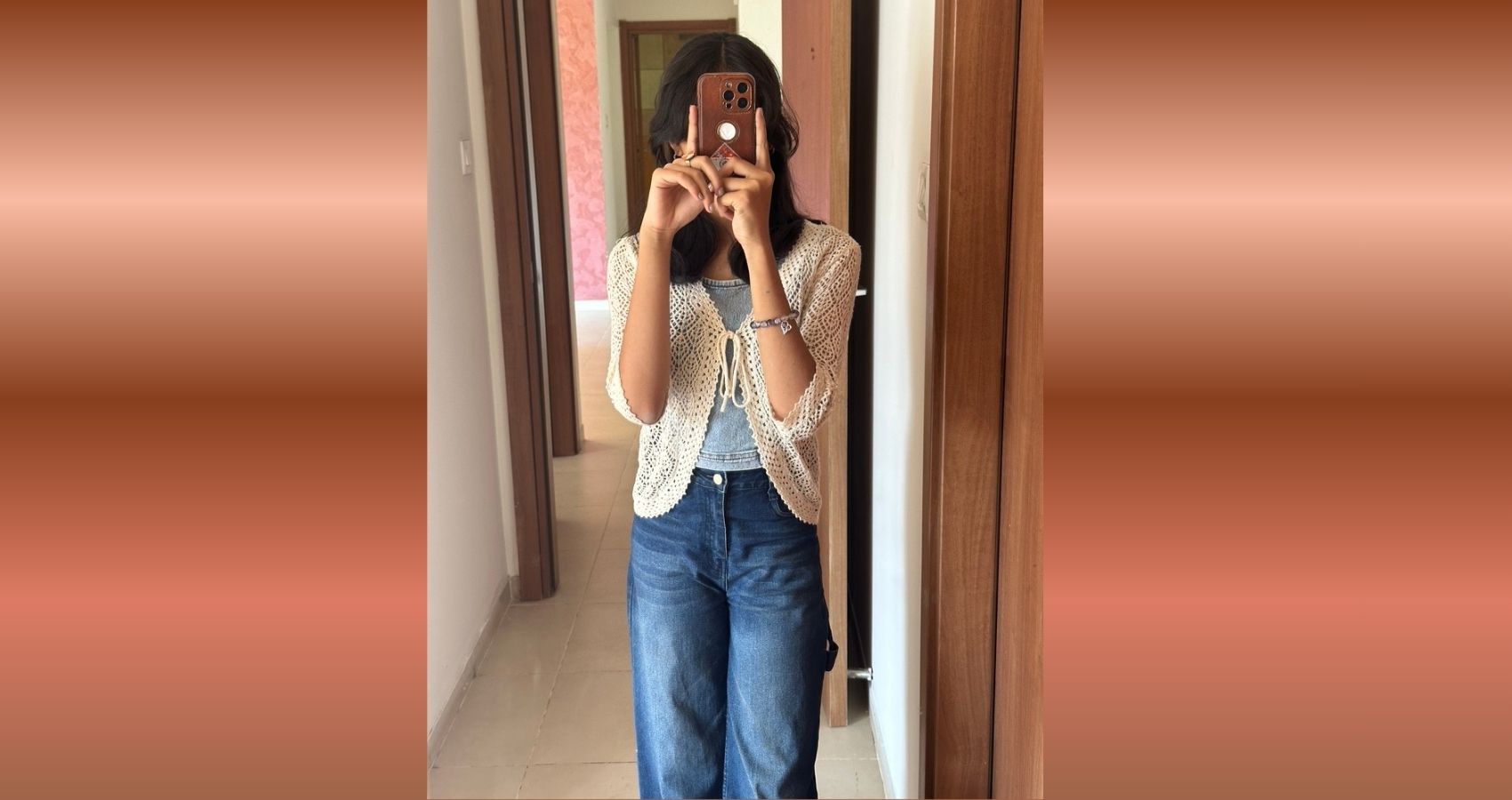
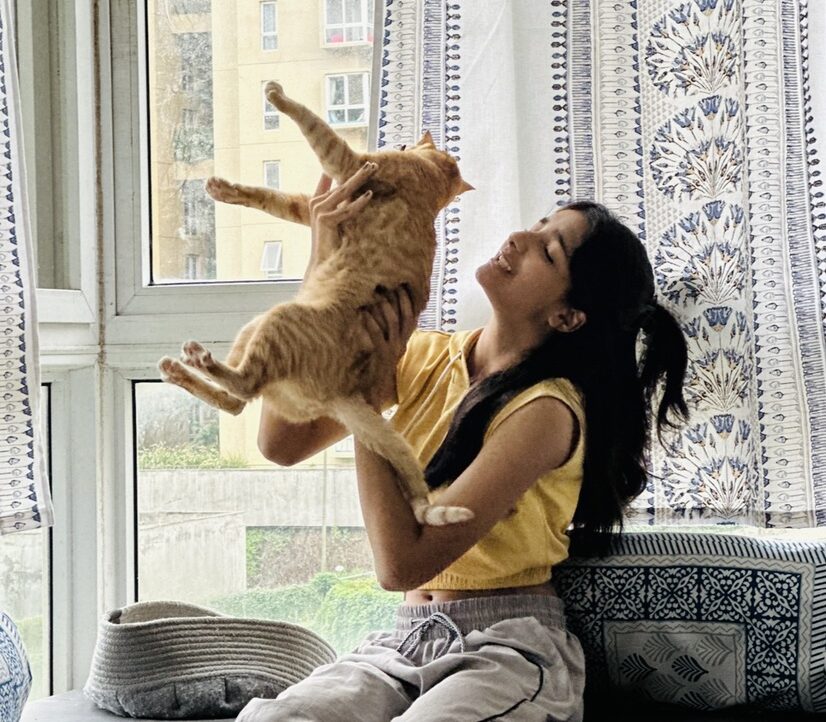
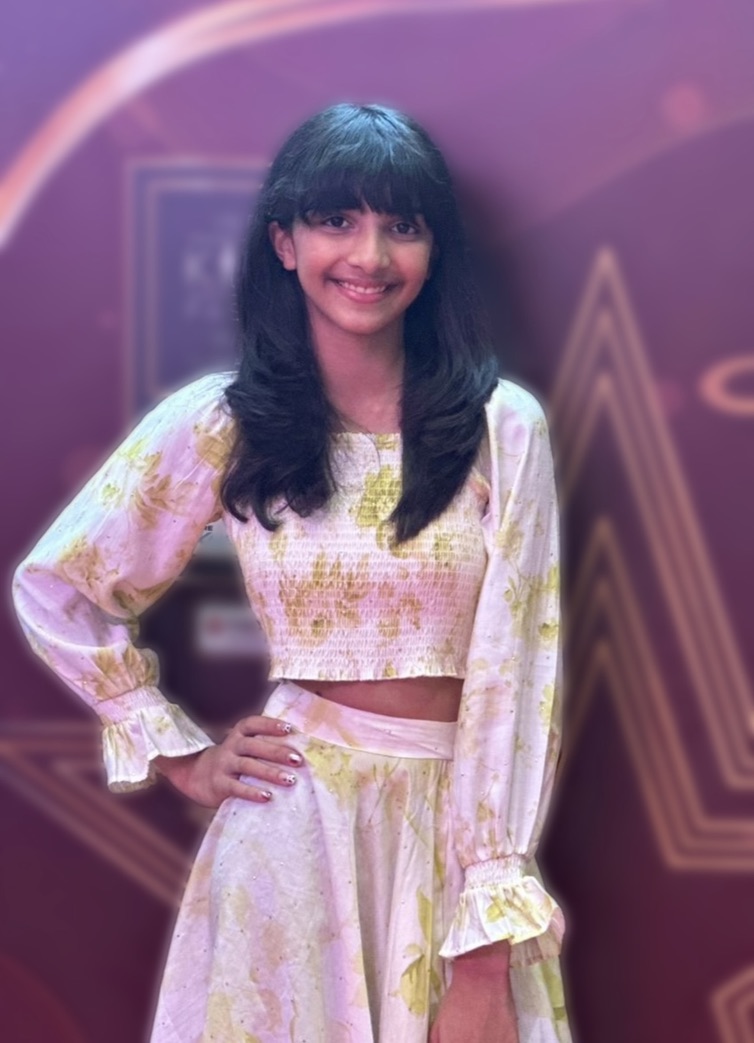
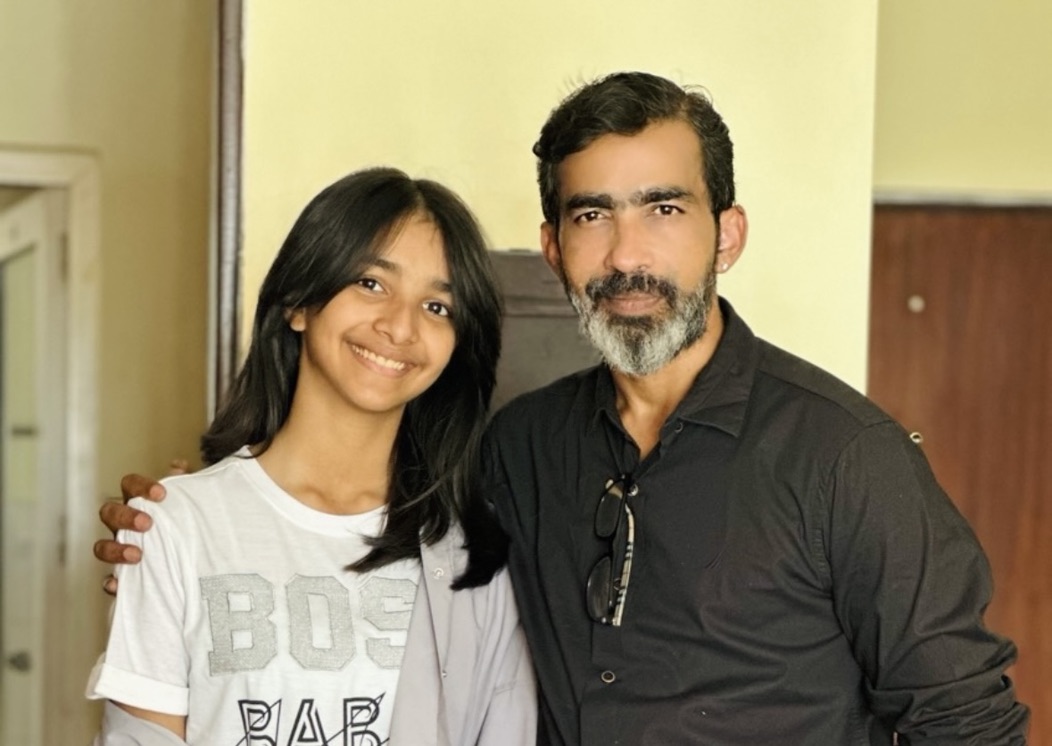
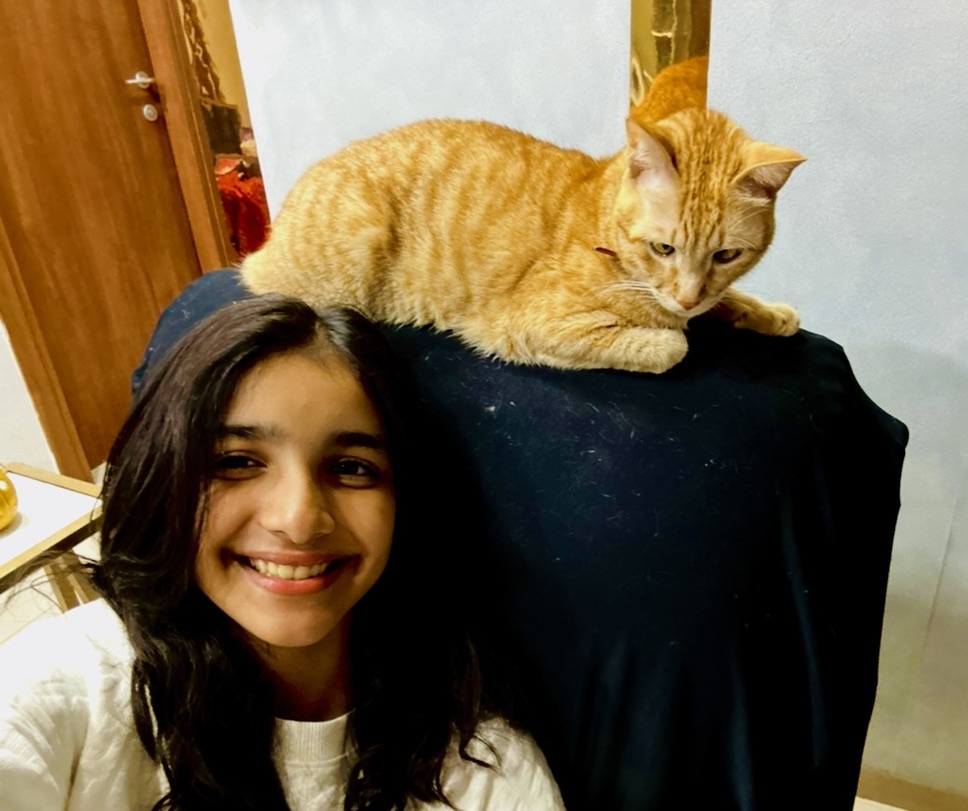
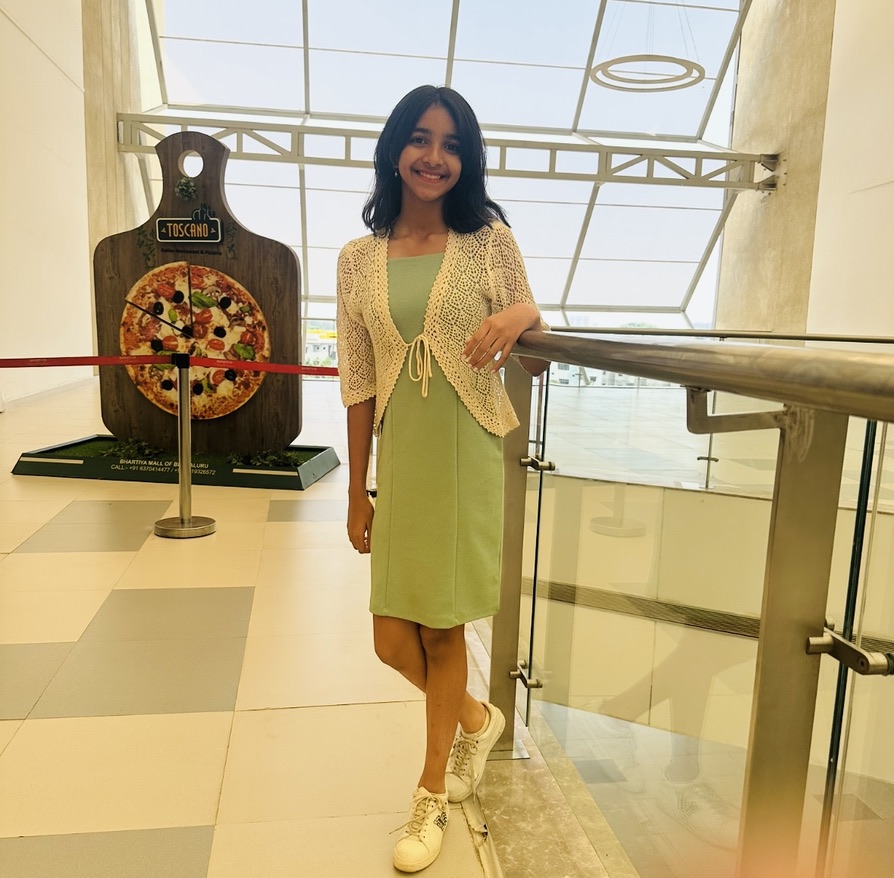
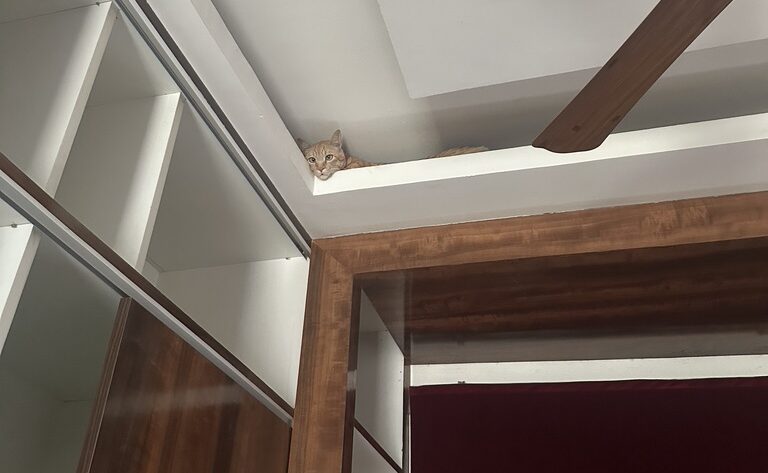
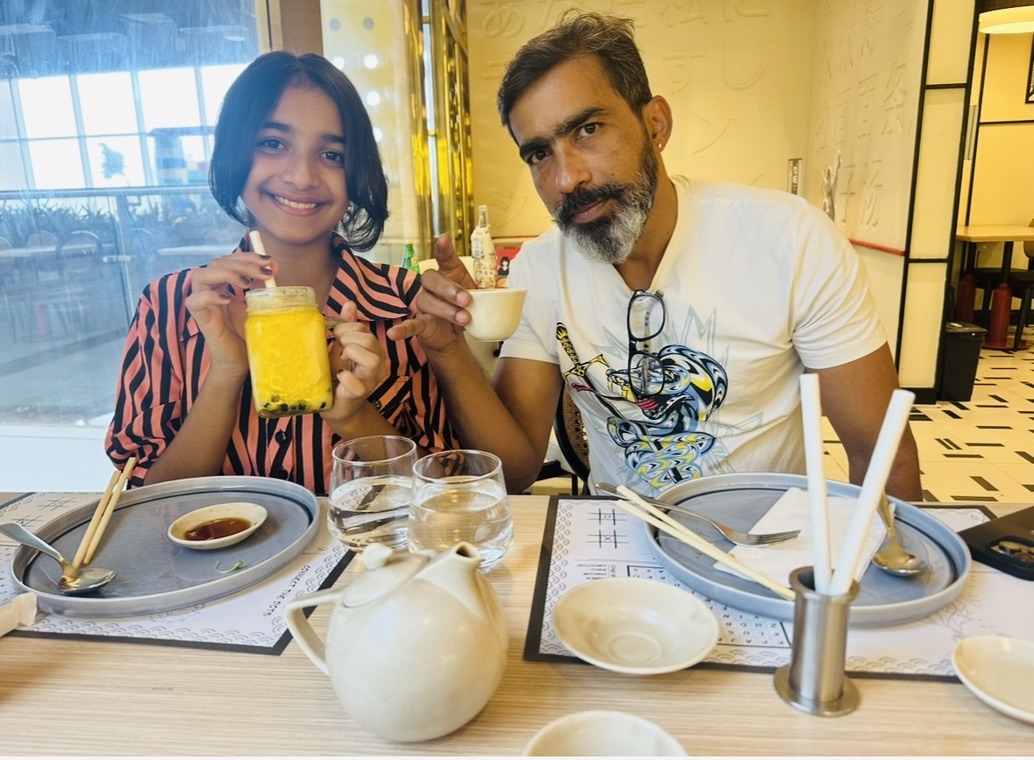
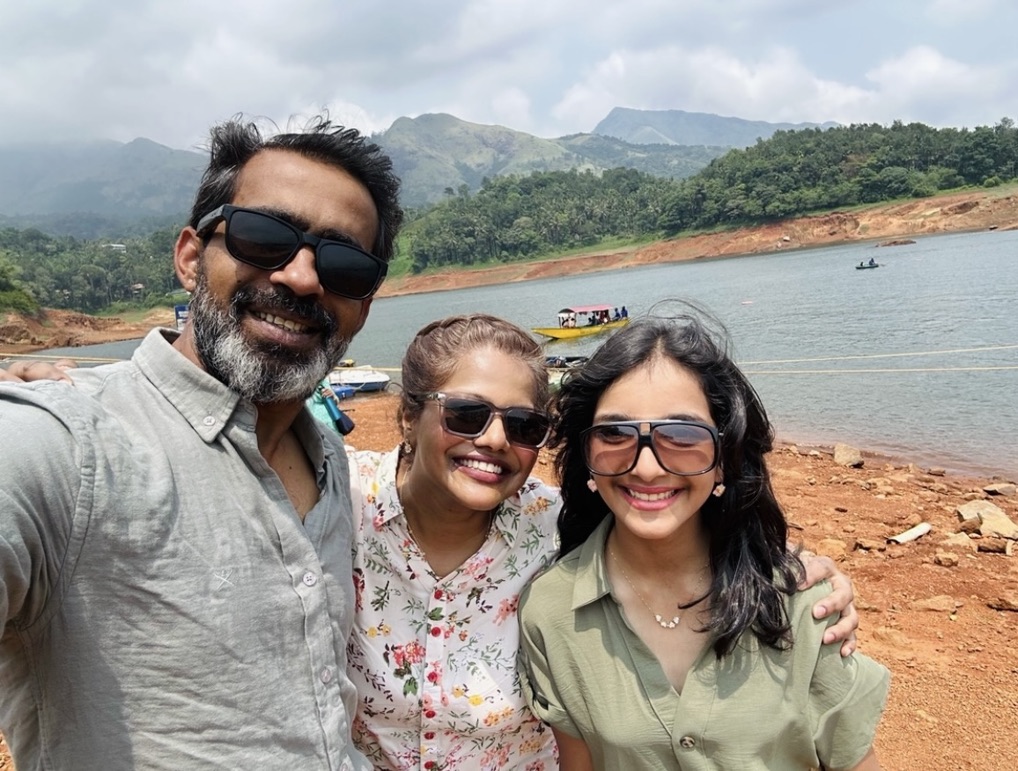
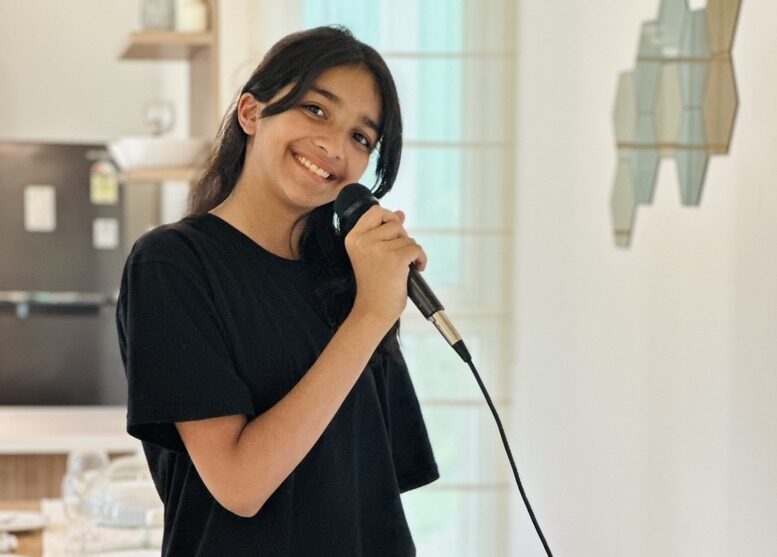
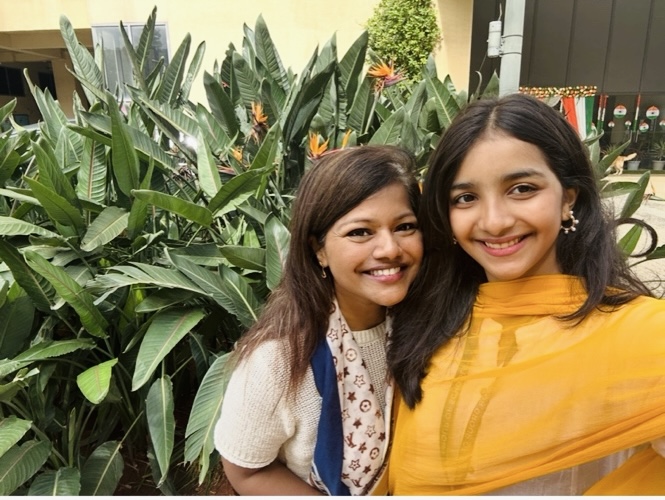
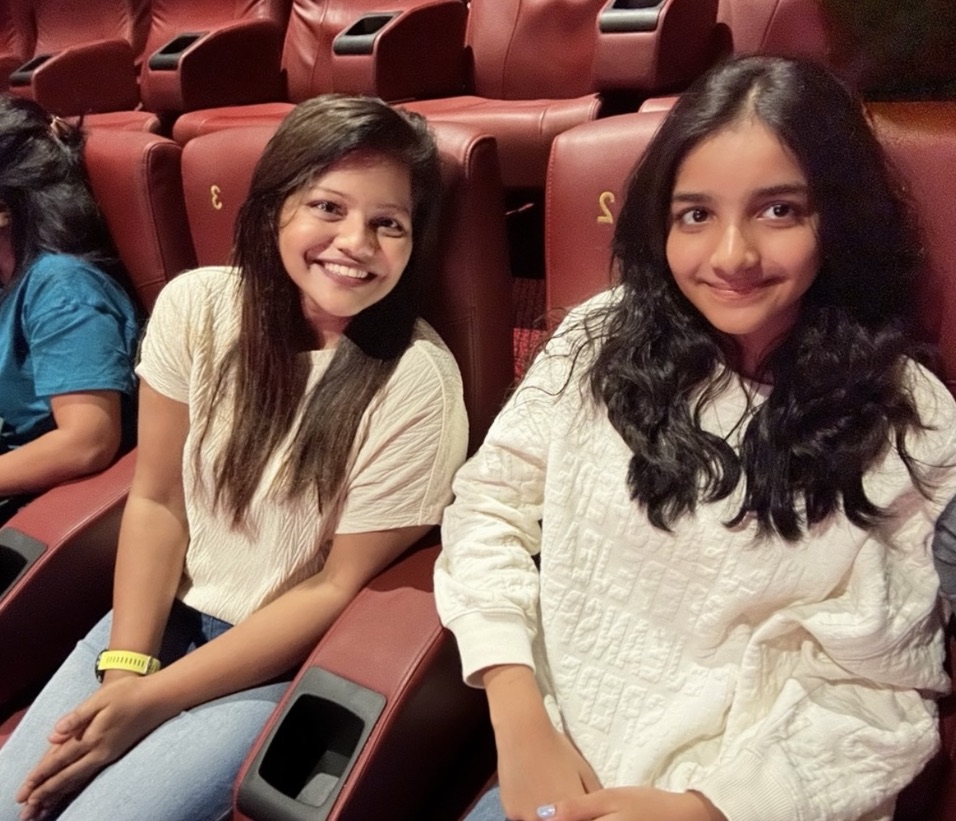
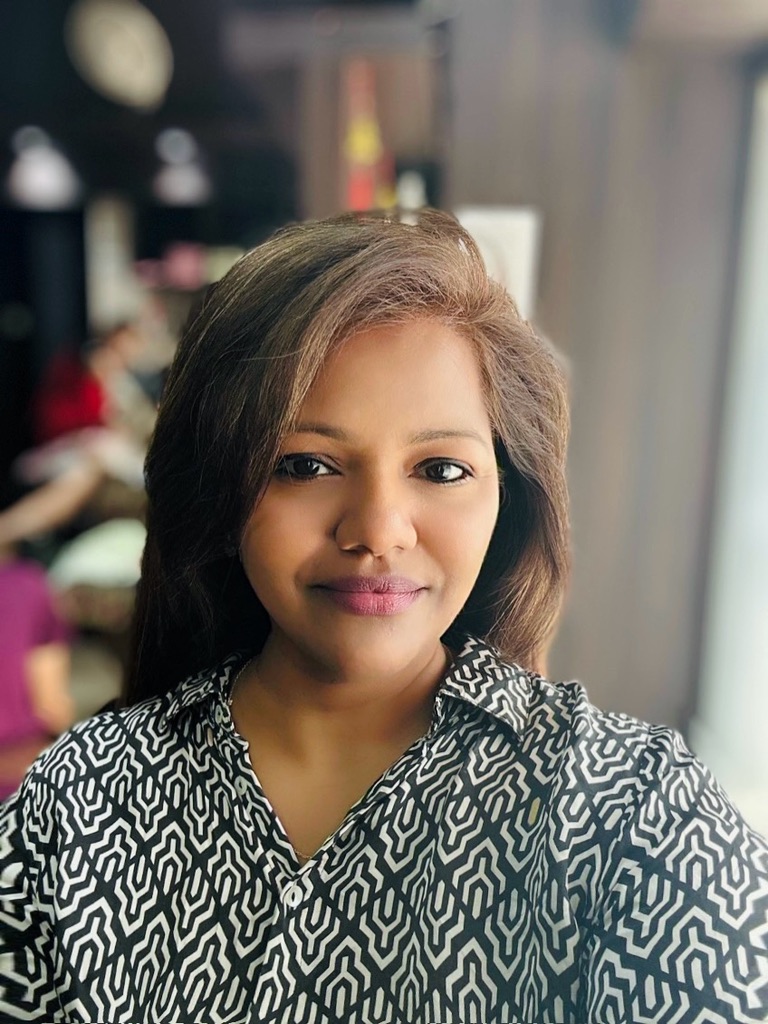 Ancy James is a former television producer who, after a fulfilling 17-year career, chose to step away from the relentless pursuit of output and certainty in favour of retiring from corporate life at age 37 to a slower and more intentional life. In what she calls her act of quiet rebellion, her toddler’s health scare ensured she followed through on this decision and she traded deadlines and huge pay packets for meaningful quiet personal life. Now over 10 years later, She truly believes that our identity isn’t something we prove, it’s something we shape with the decisions we take daily for our loved ones. She now keeps herself busy as an internationally trained Cake Artist and Chef Trainer with a culinary diploma and runs a FSSAI approved business “Ancy’s Sugar Art Academy, in Bengaluru, India. She discovered marathon running in her journey to reversing her bone health diagnosis at age 42. When she is not customising cakes or running, she is busy reading books across the spectrum or spend hours pouring her heart out in these personal memoirs. Through her weekly personal memoirs, she shares raw, honest reflections on grief, resilience, motherhood, midlife reinvention, and the quiet beauty found in overlooked corners of everyday life. At 48, Ancy writes not to impress, but to connect, believing that vulnerability is the birthplace of both healing and growth. In a fast and AI driven world she believes these memoirs are an honest attempt to stay real and relevant as a female writer who is a 100 percent invested in her journey of “Becoming”.
Ancy James is a former television producer who, after a fulfilling 17-year career, chose to step away from the relentless pursuit of output and certainty in favour of retiring from corporate life at age 37 to a slower and more intentional life. In what she calls her act of quiet rebellion, her toddler’s health scare ensured she followed through on this decision and she traded deadlines and huge pay packets for meaningful quiet personal life. Now over 10 years later, She truly believes that our identity isn’t something we prove, it’s something we shape with the decisions we take daily for our loved ones. She now keeps herself busy as an internationally trained Cake Artist and Chef Trainer with a culinary diploma and runs a FSSAI approved business “Ancy’s Sugar Art Academy, in Bengaluru, India. She discovered marathon running in her journey to reversing her bone health diagnosis at age 42. When she is not customising cakes or running, she is busy reading books across the spectrum or spend hours pouring her heart out in these personal memoirs. Through her weekly personal memoirs, she shares raw, honest reflections on grief, resilience, motherhood, midlife reinvention, and the quiet beauty found in overlooked corners of everyday life. At 48, Ancy writes not to impress, but to connect, believing that vulnerability is the birthplace of both healing and growth. In a fast and AI driven world she believes these memoirs are an honest attempt to stay real and relevant as a female writer who is a 100 percent invested in her journey of “Becoming”.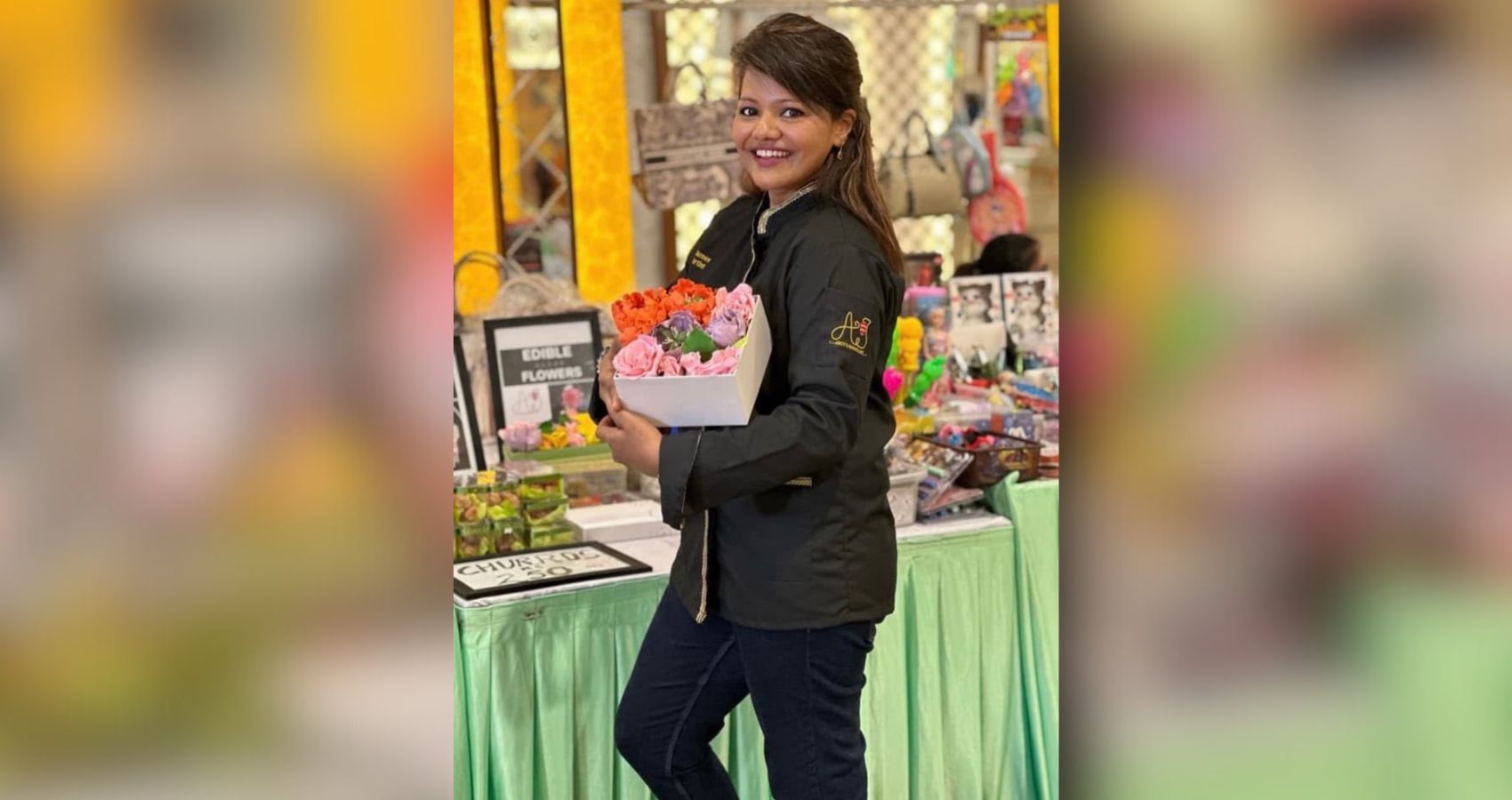

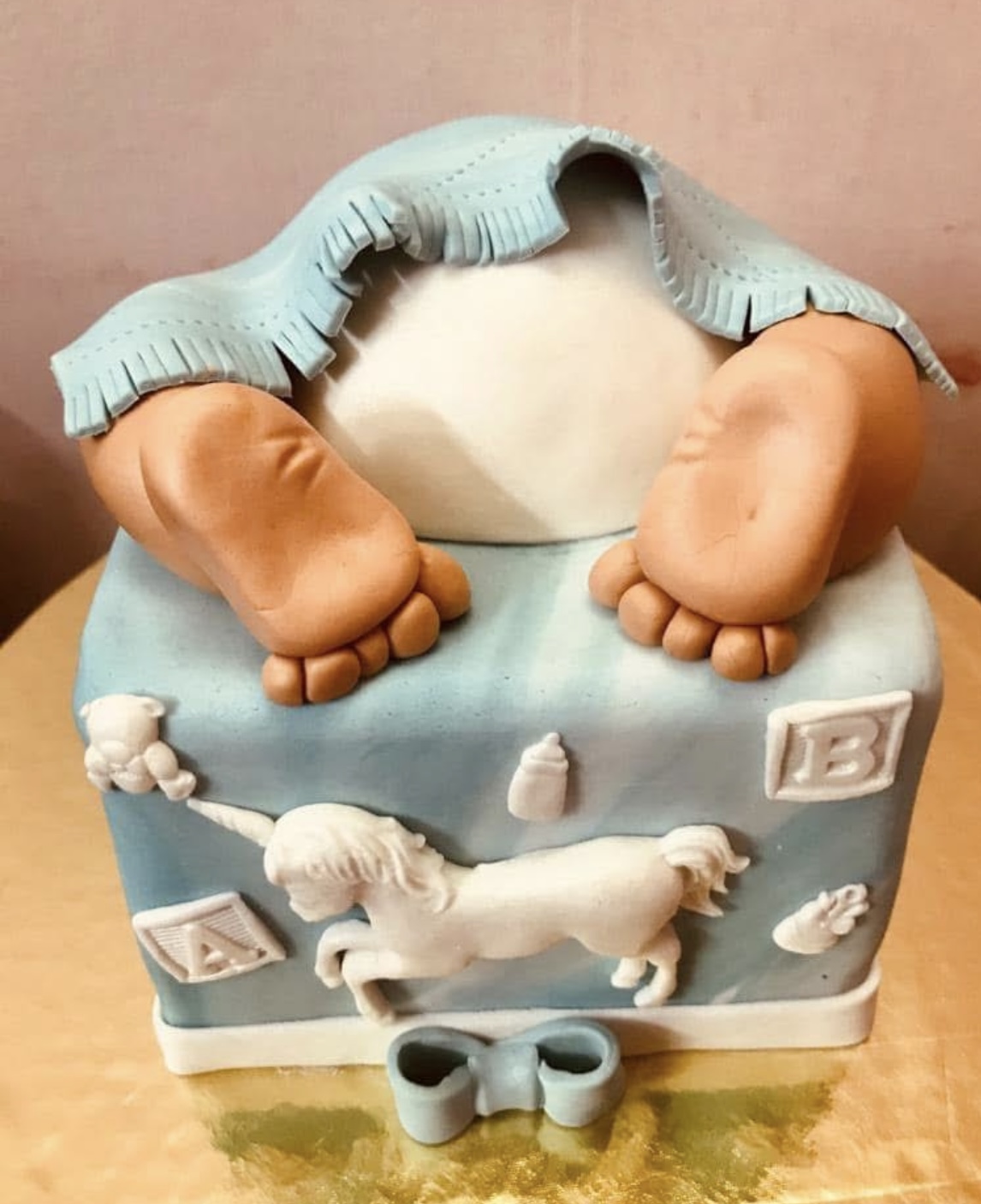
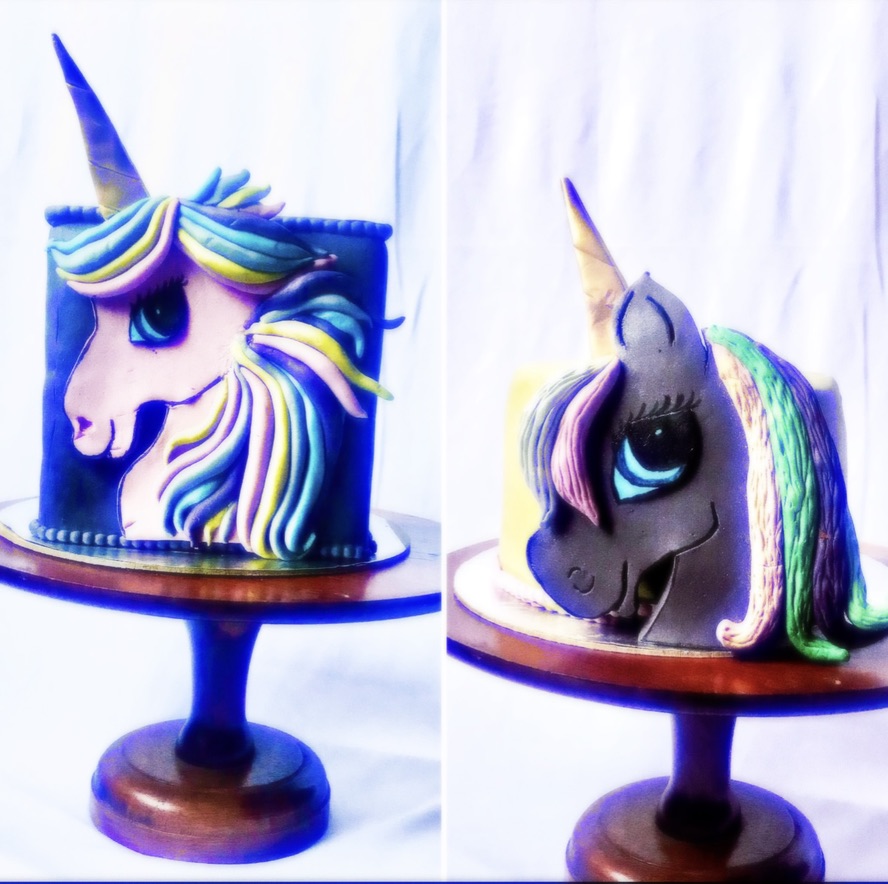
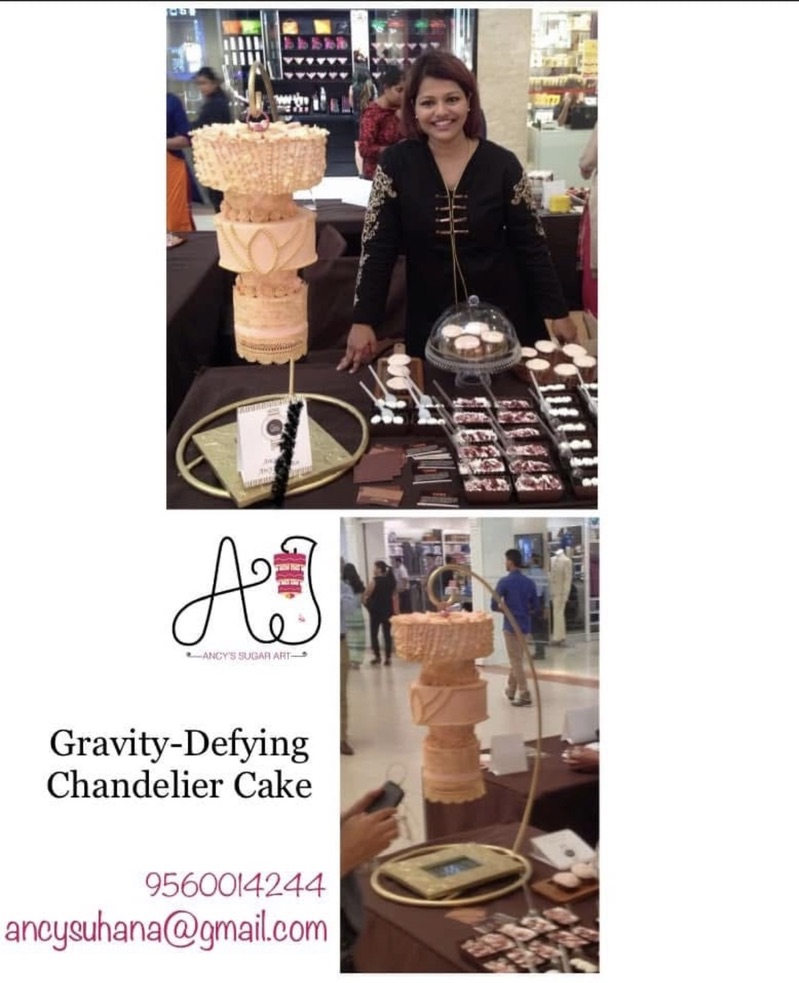
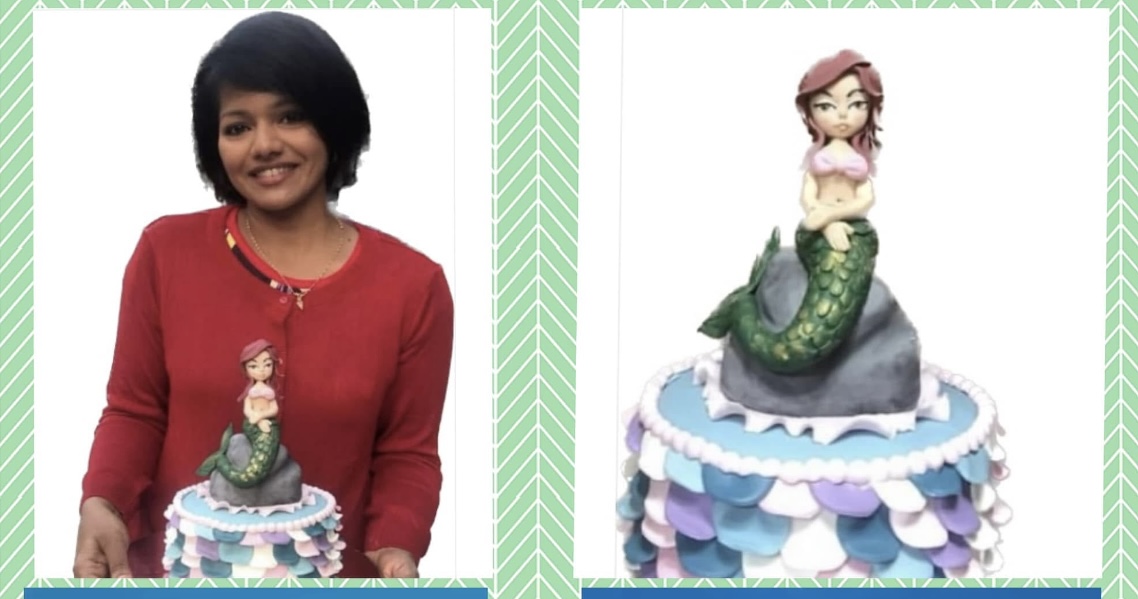

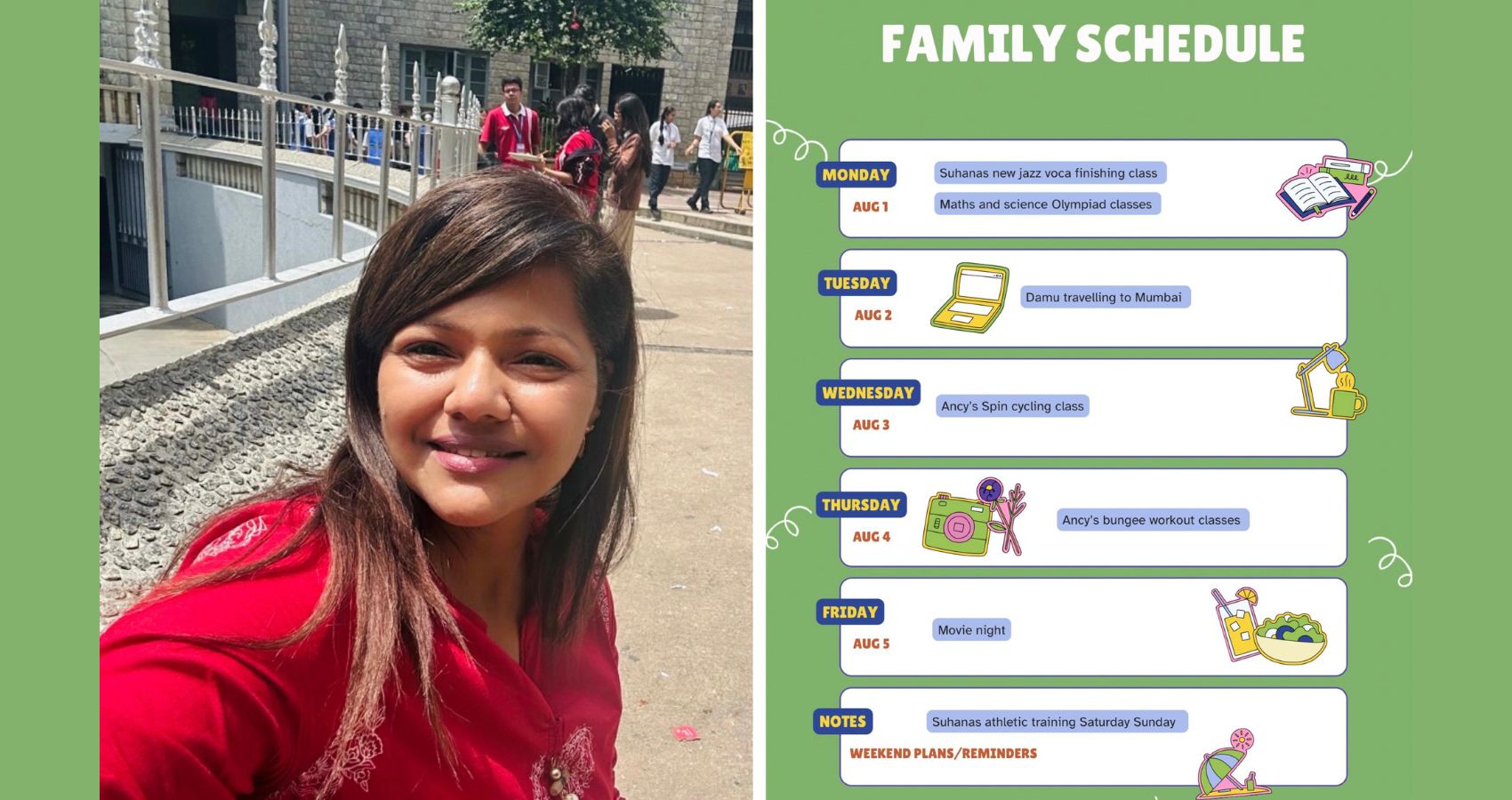
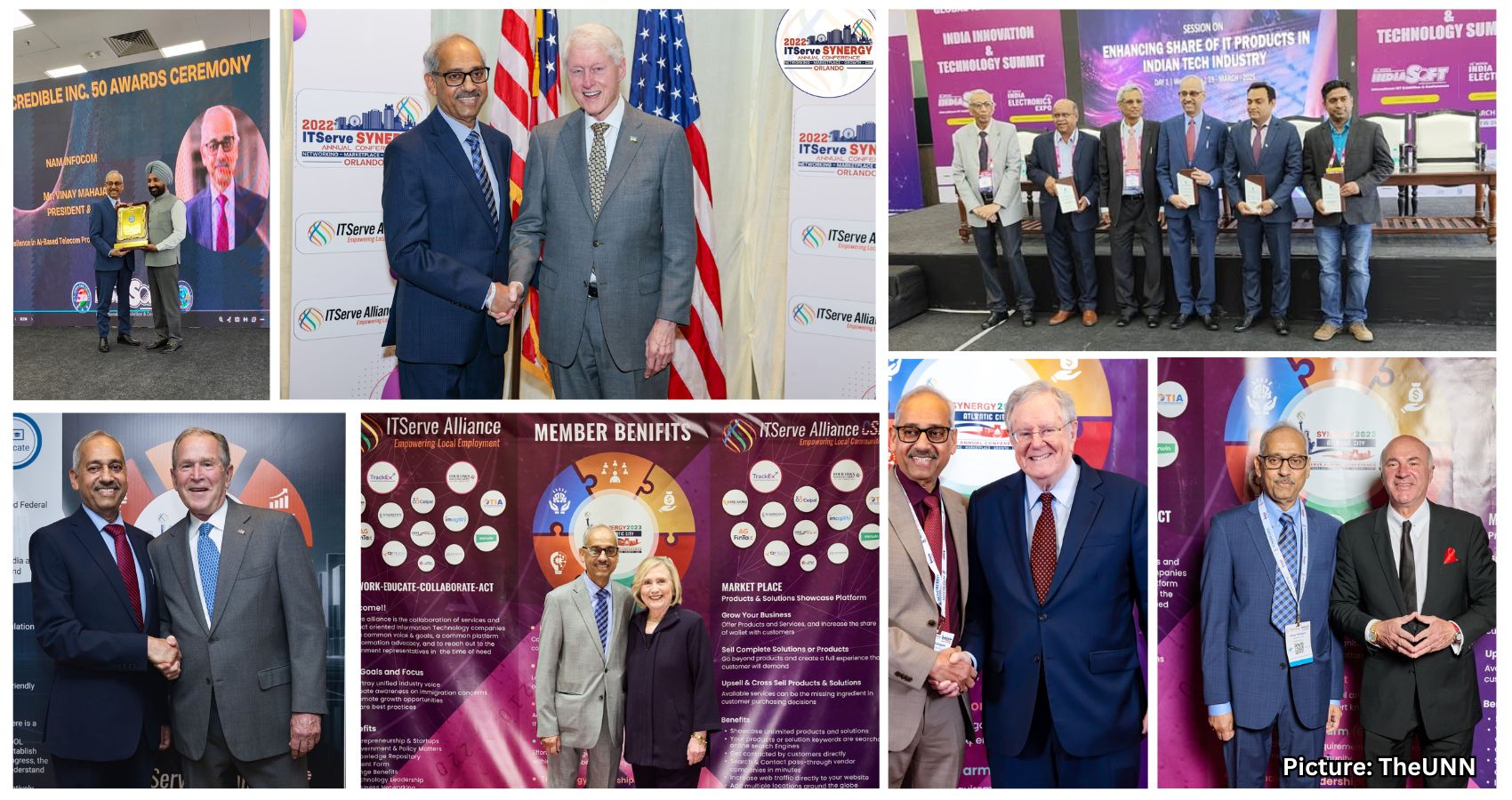
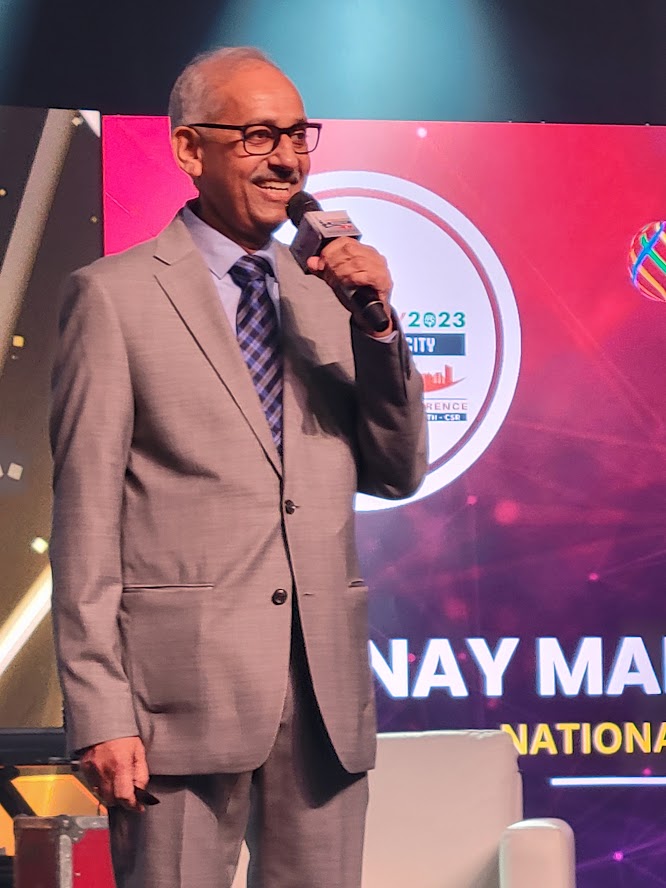 Vinay Mahajan’s professional journey commenced with foundational roles at ICL and DCM Infotech Limited, followed by 38 years as an entrepreneur. After earning an engineering degree from Punjab Engineering College, Chandigarh, and an MBA from the Faculty of Management Studies, Delhi, Mahajan ventured into diverse arenas—IT hardware, manufacturing, software, telecom services, and most recently, data and artificial intelligence.
Vinay Mahajan’s professional journey commenced with foundational roles at ICL and DCM Infotech Limited, followed by 38 years as an entrepreneur. After earning an engineering degree from Punjab Engineering College, Chandigarh, and an MBA from the Faculty of Management Studies, Delhi, Mahajan ventured into diverse arenas—IT hardware, manufacturing, software, telecom services, and most recently, data and artificial intelligence.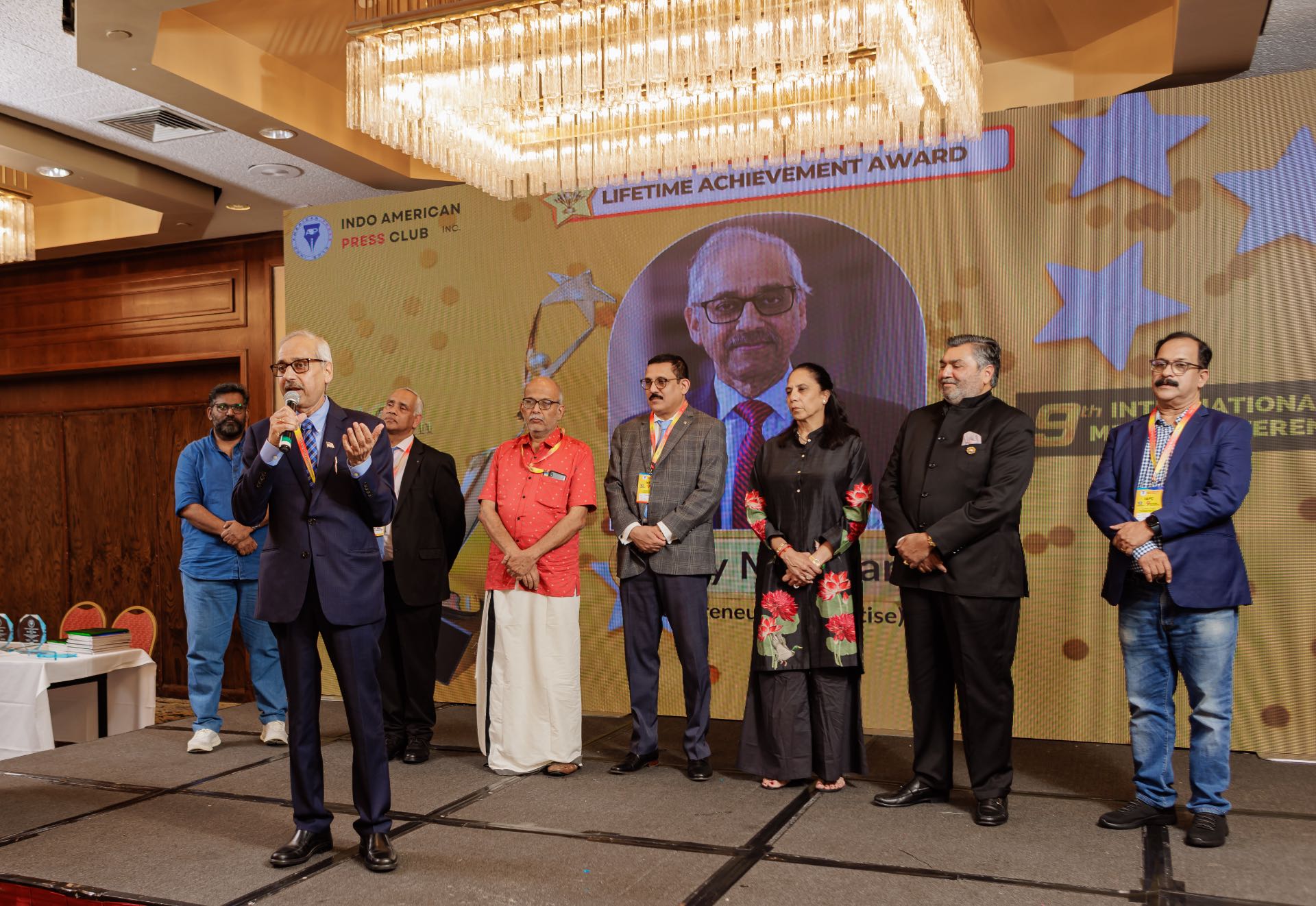 fosters U.S.-India business cooperation and supports entrepreneurship within diaspora communities.
fosters U.S.-India business cooperation and supports entrepreneurship within diaspora communities.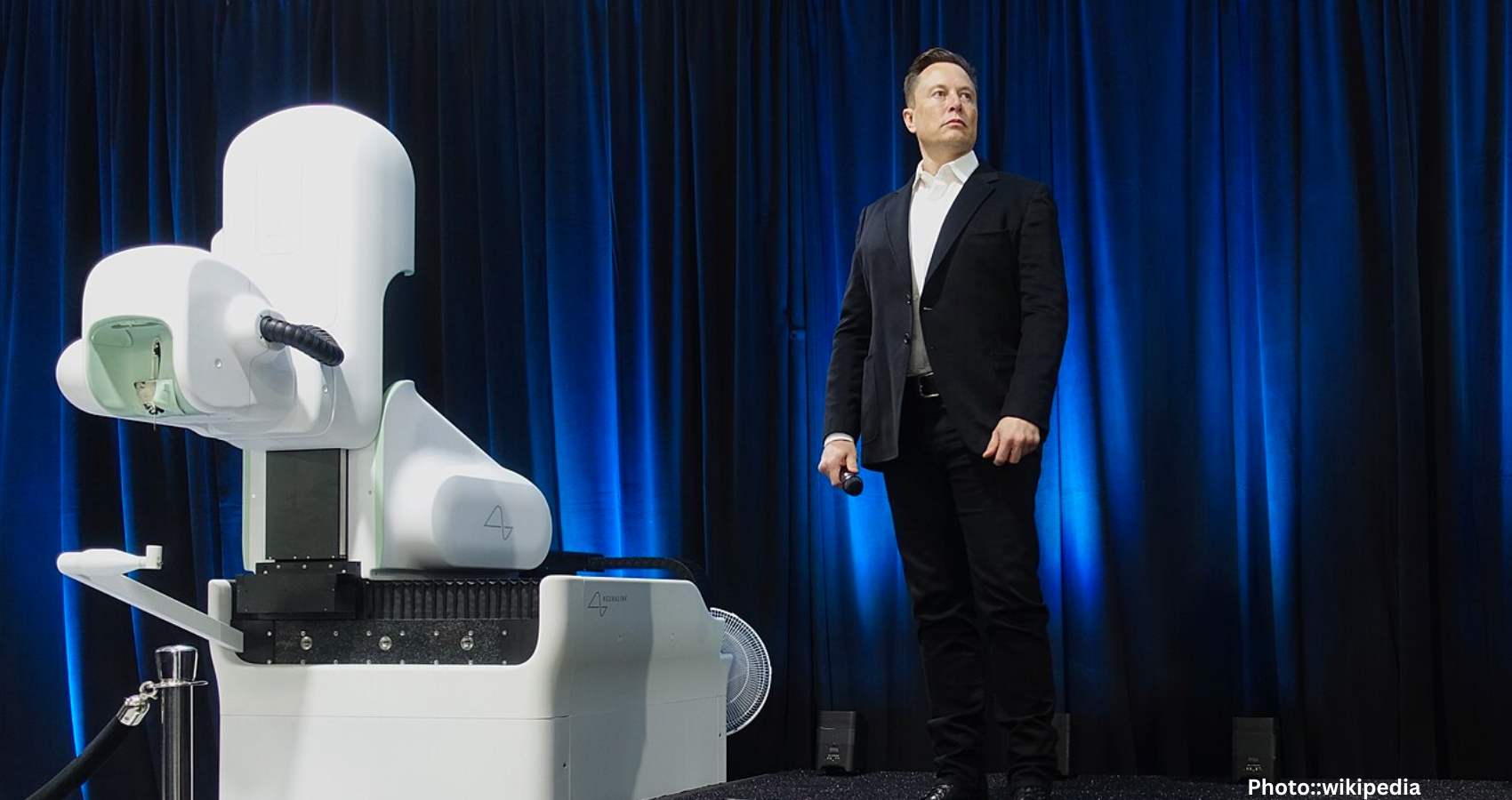
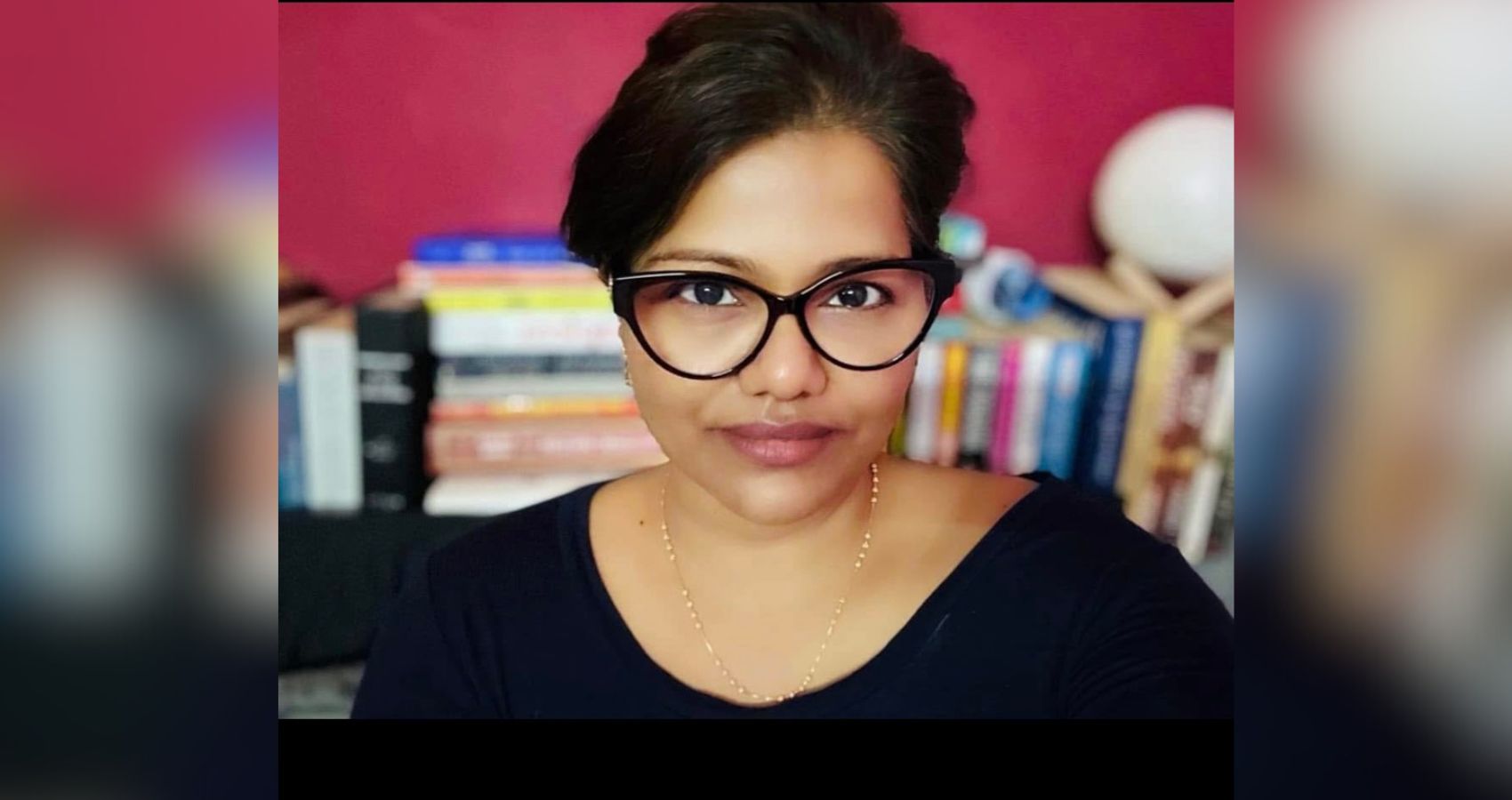
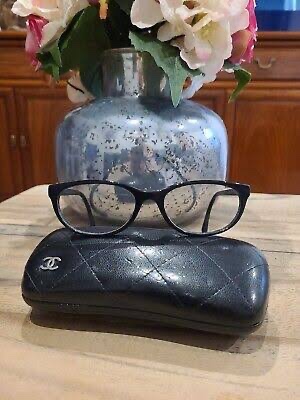
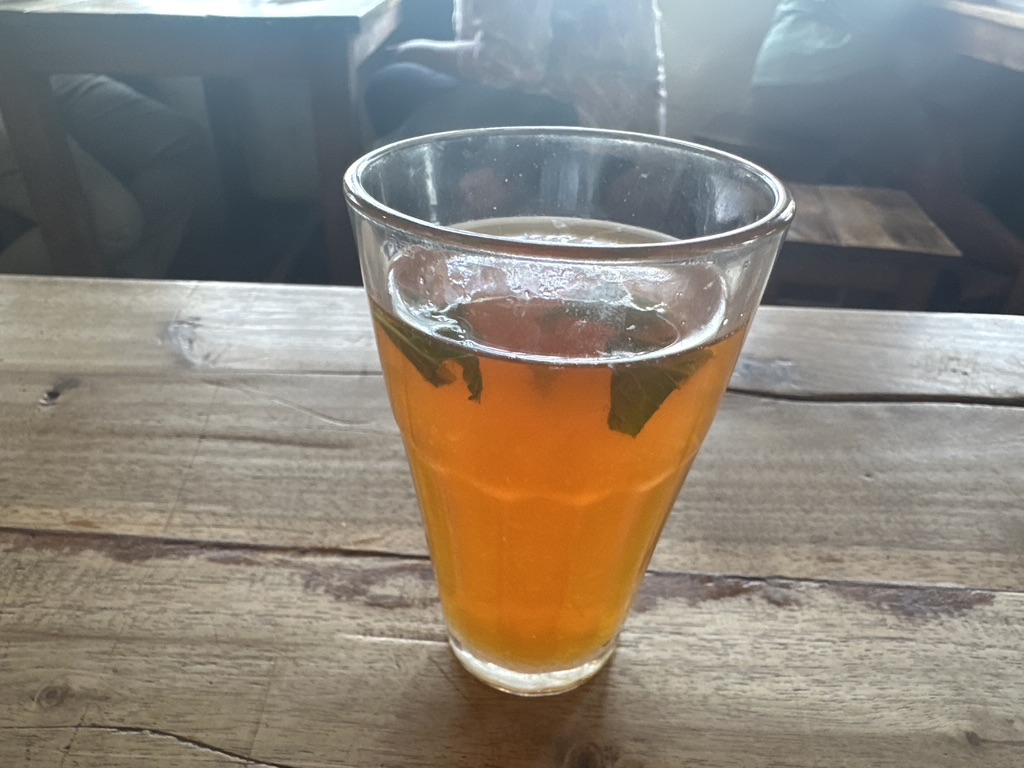
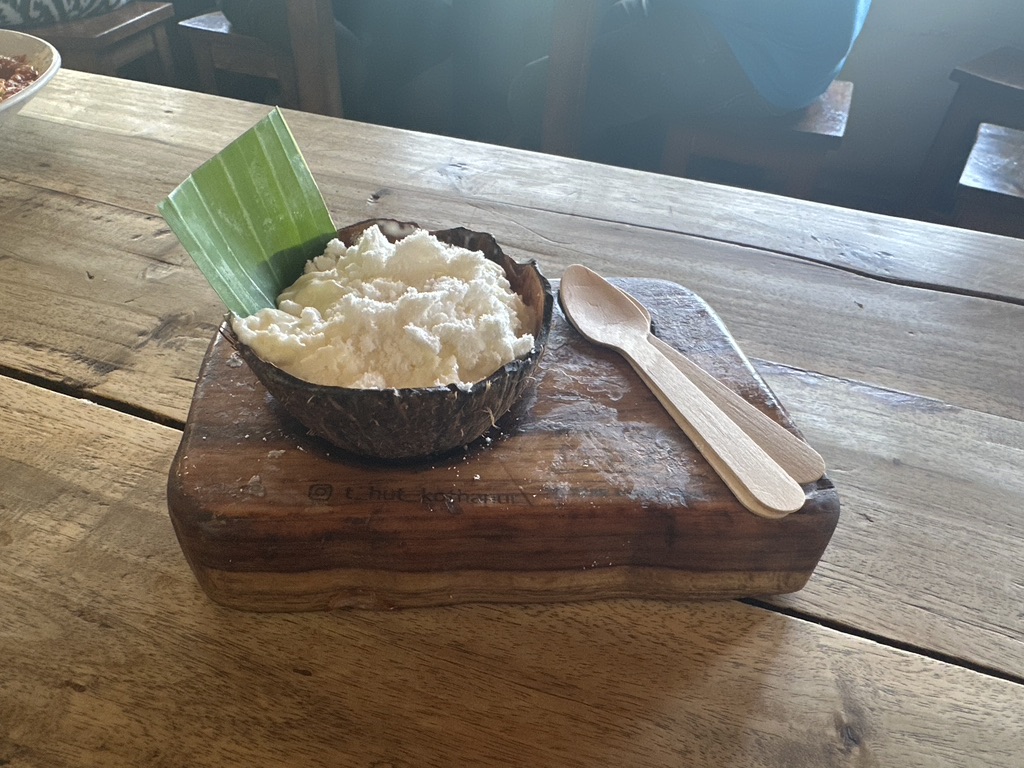
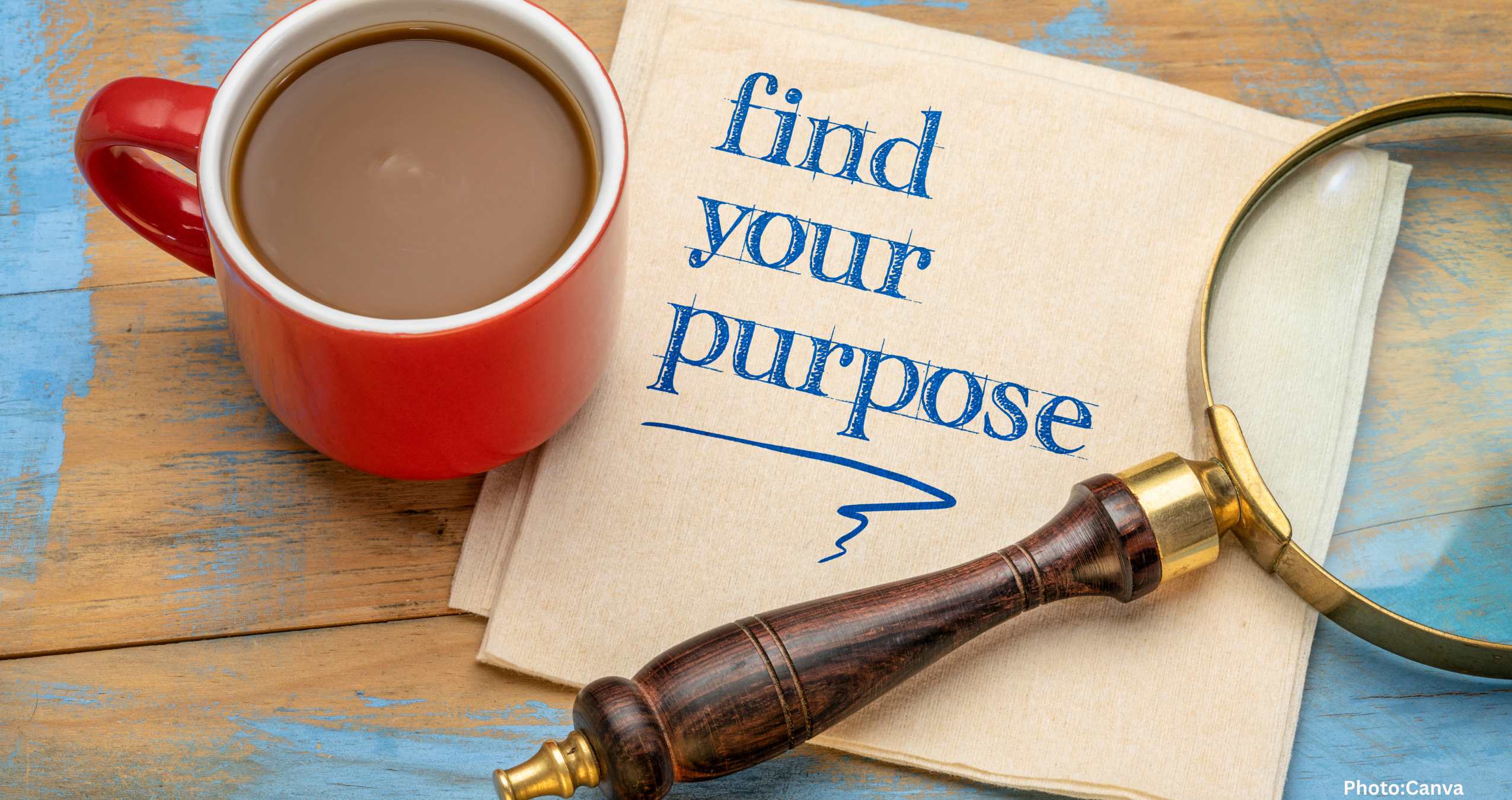
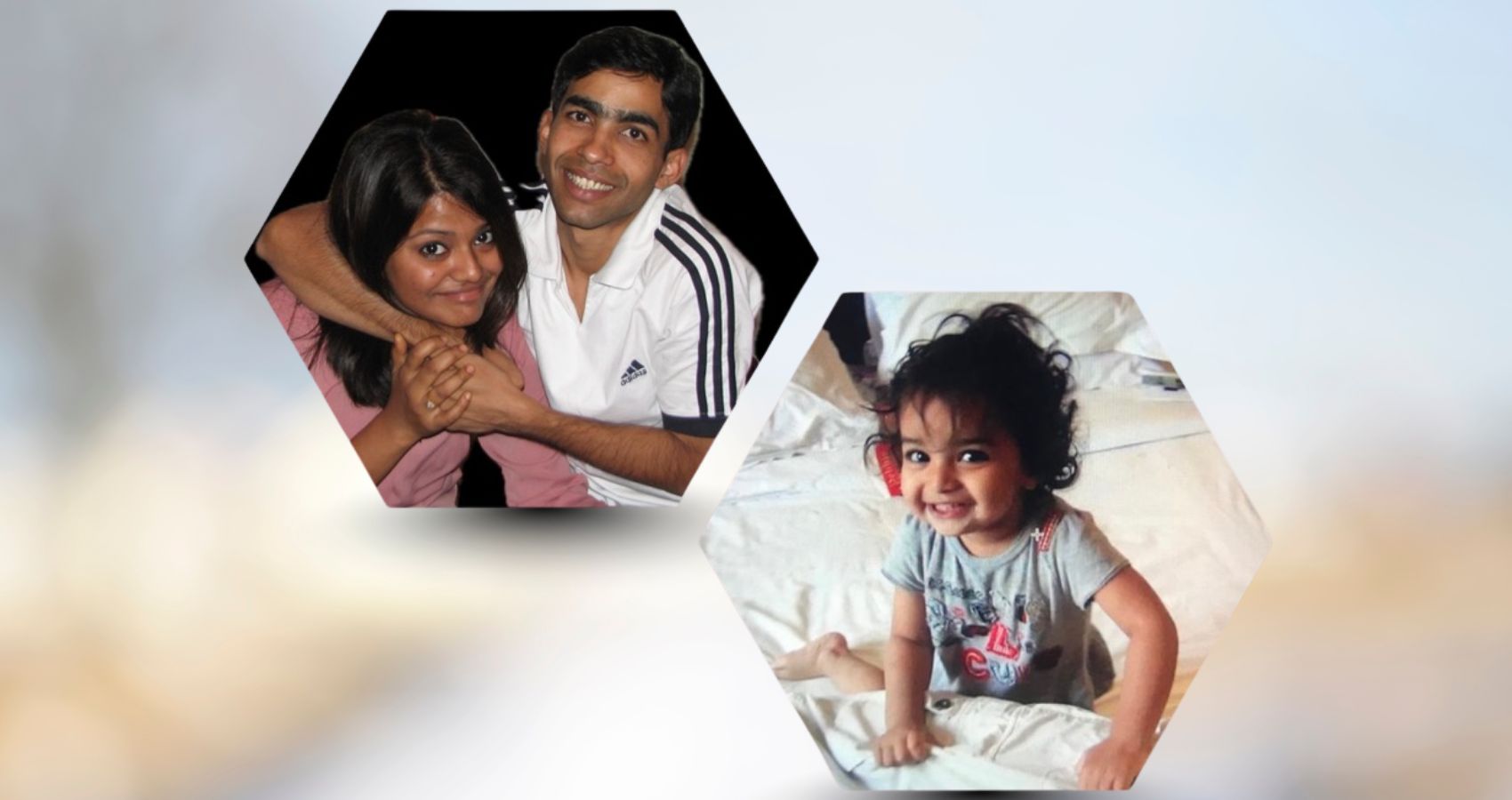
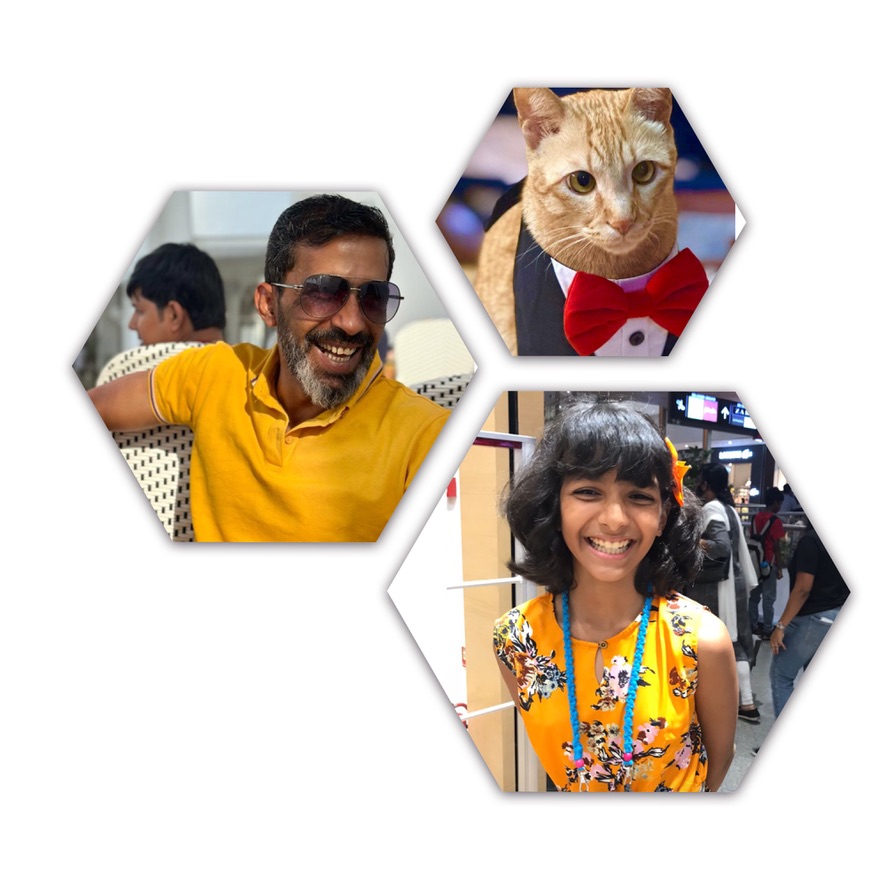
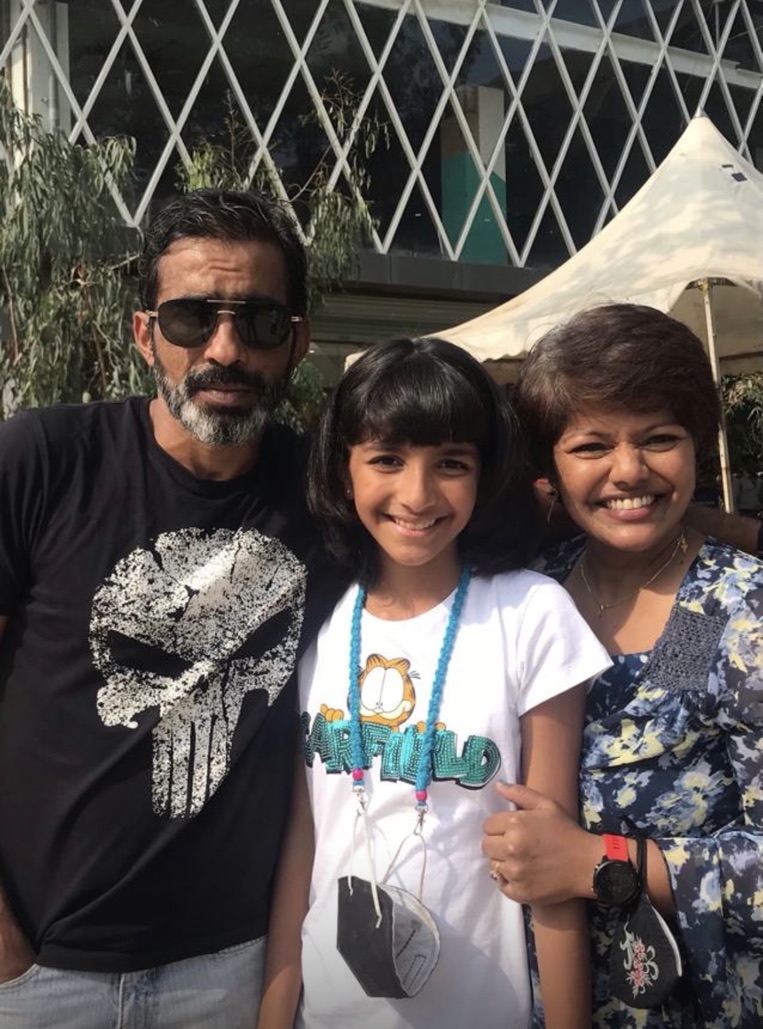
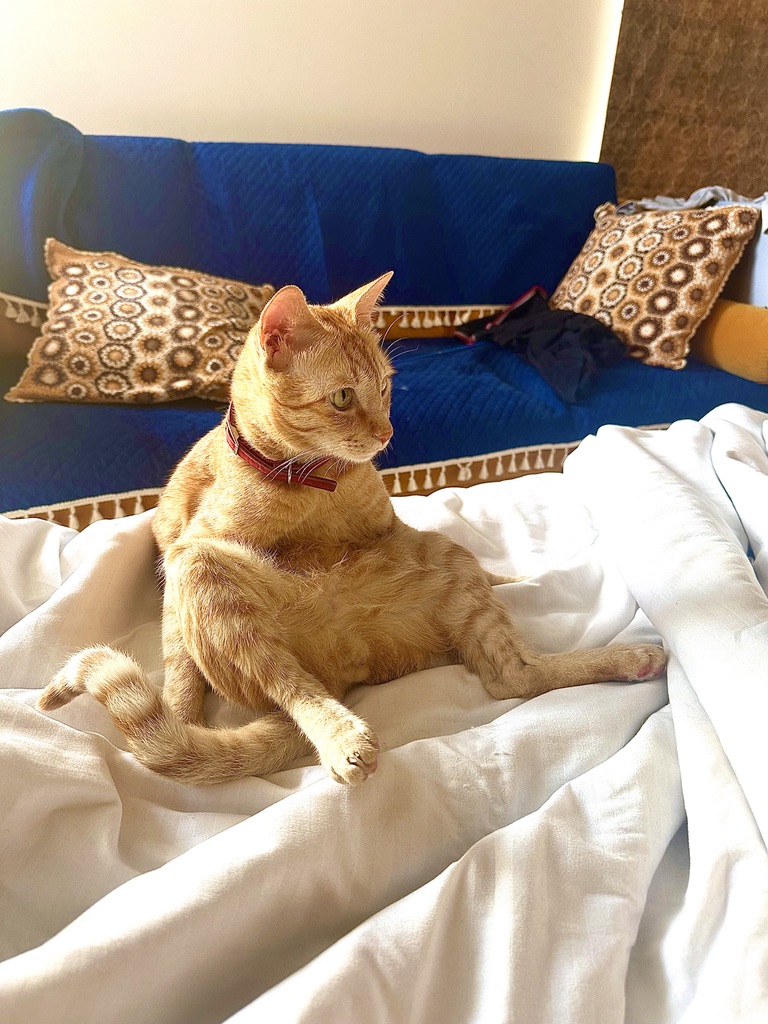
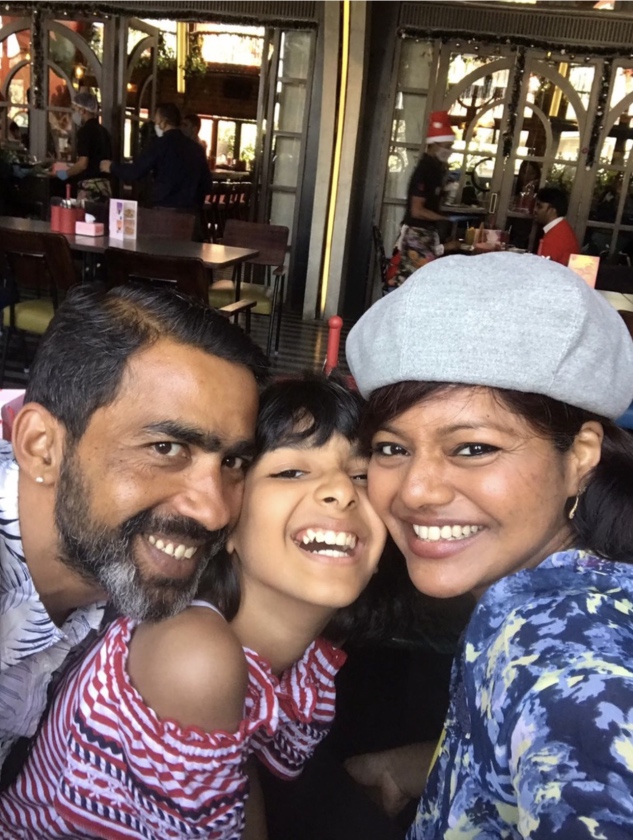
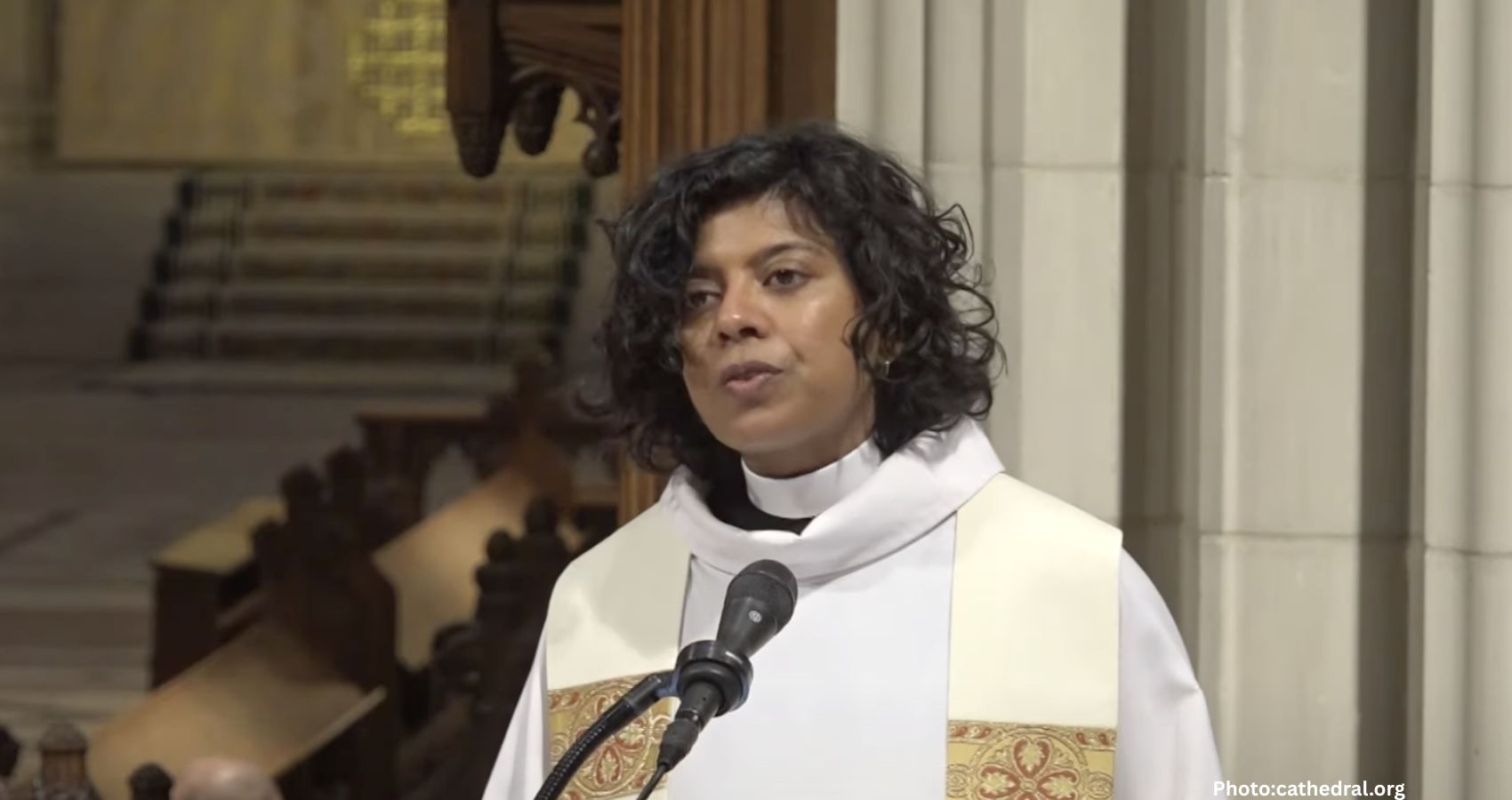
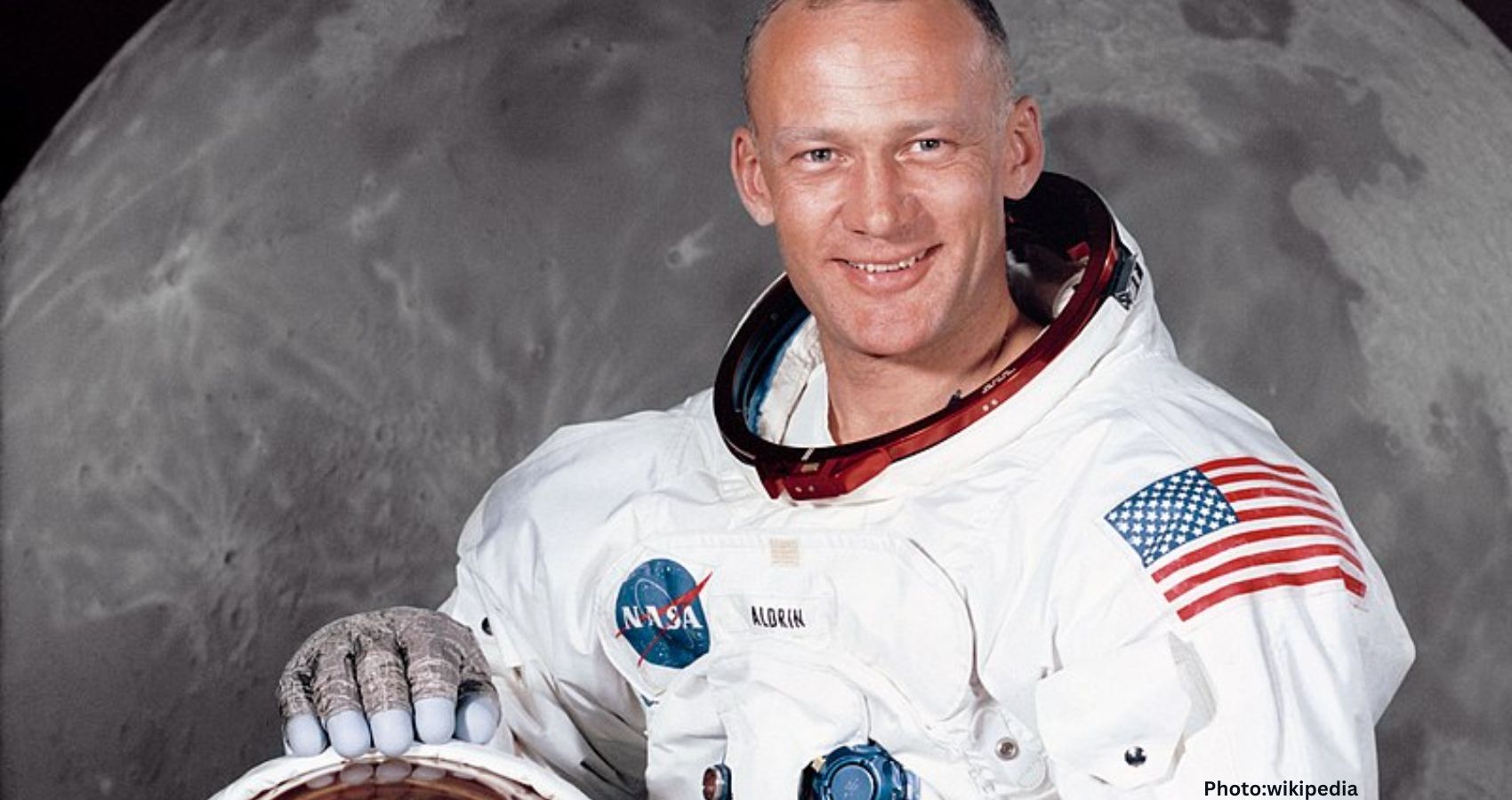



















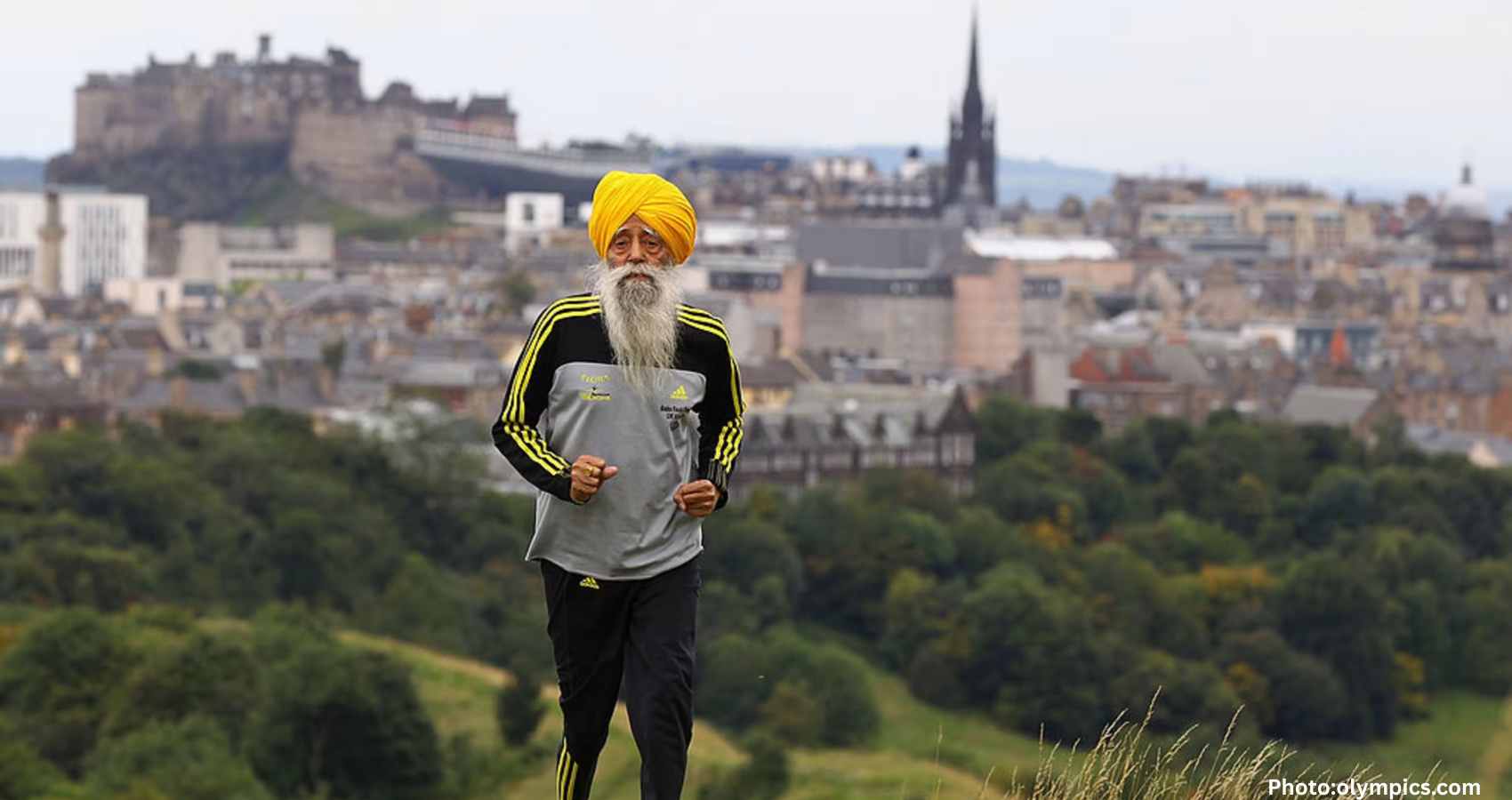
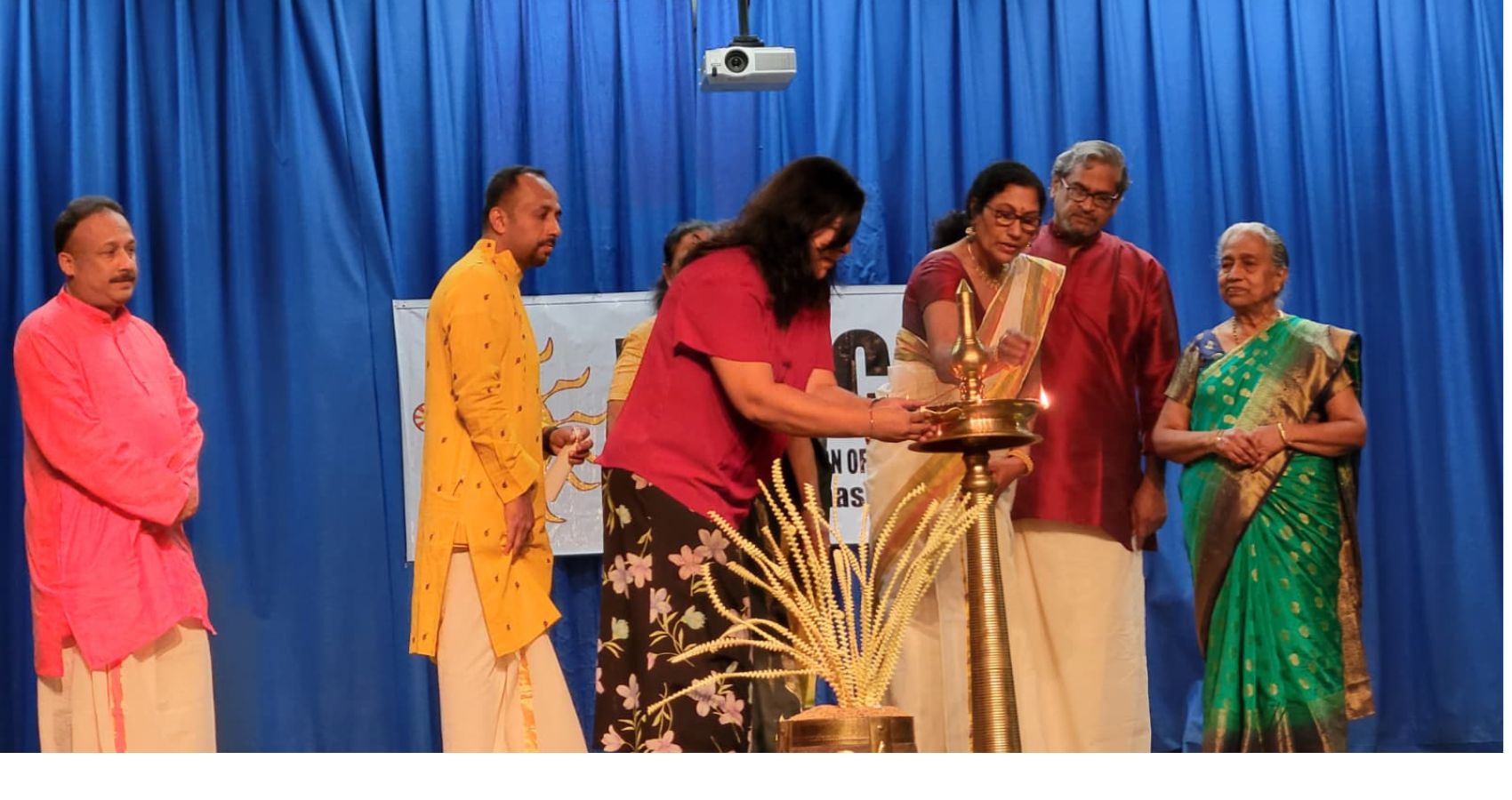
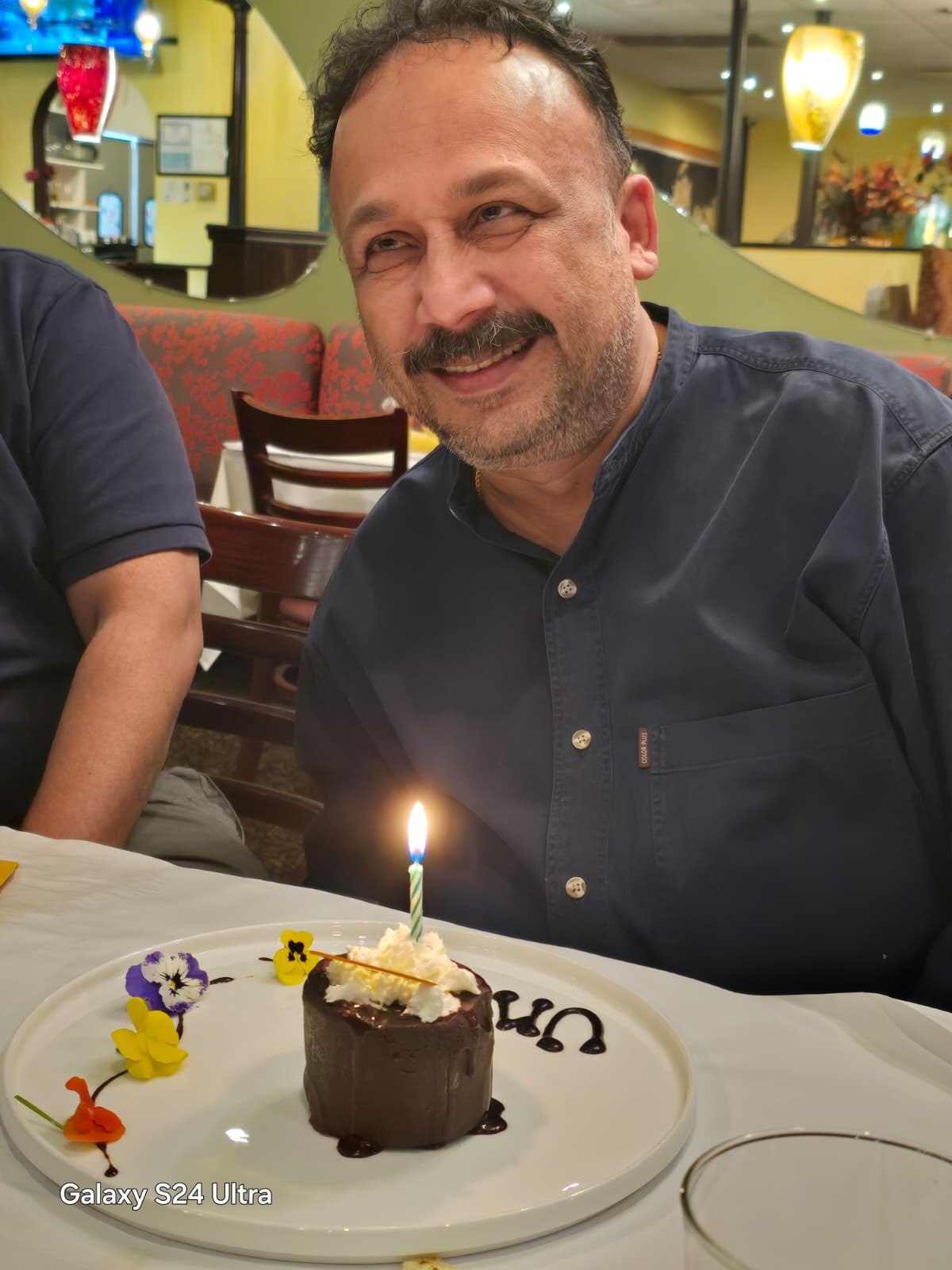 As the Malayali Association of North American Hindus (MANTRA) prepares for its third convention, Shakteyam 2027, to be held in New York from July 1 to 4, Unni Thoyakkatt has been appointed as the new secretary—an acknowledgment of his long-standing cultural commitment and leadership within the Malayali diaspora.
As the Malayali Association of North American Hindus (MANTRA) prepares for its third convention, Shakteyam 2027, to be held in New York from July 1 to 4, Unni Thoyakkatt has been appointed as the new secretary—an acknowledgment of his long-standing cultural commitment and leadership within the Malayali diaspora.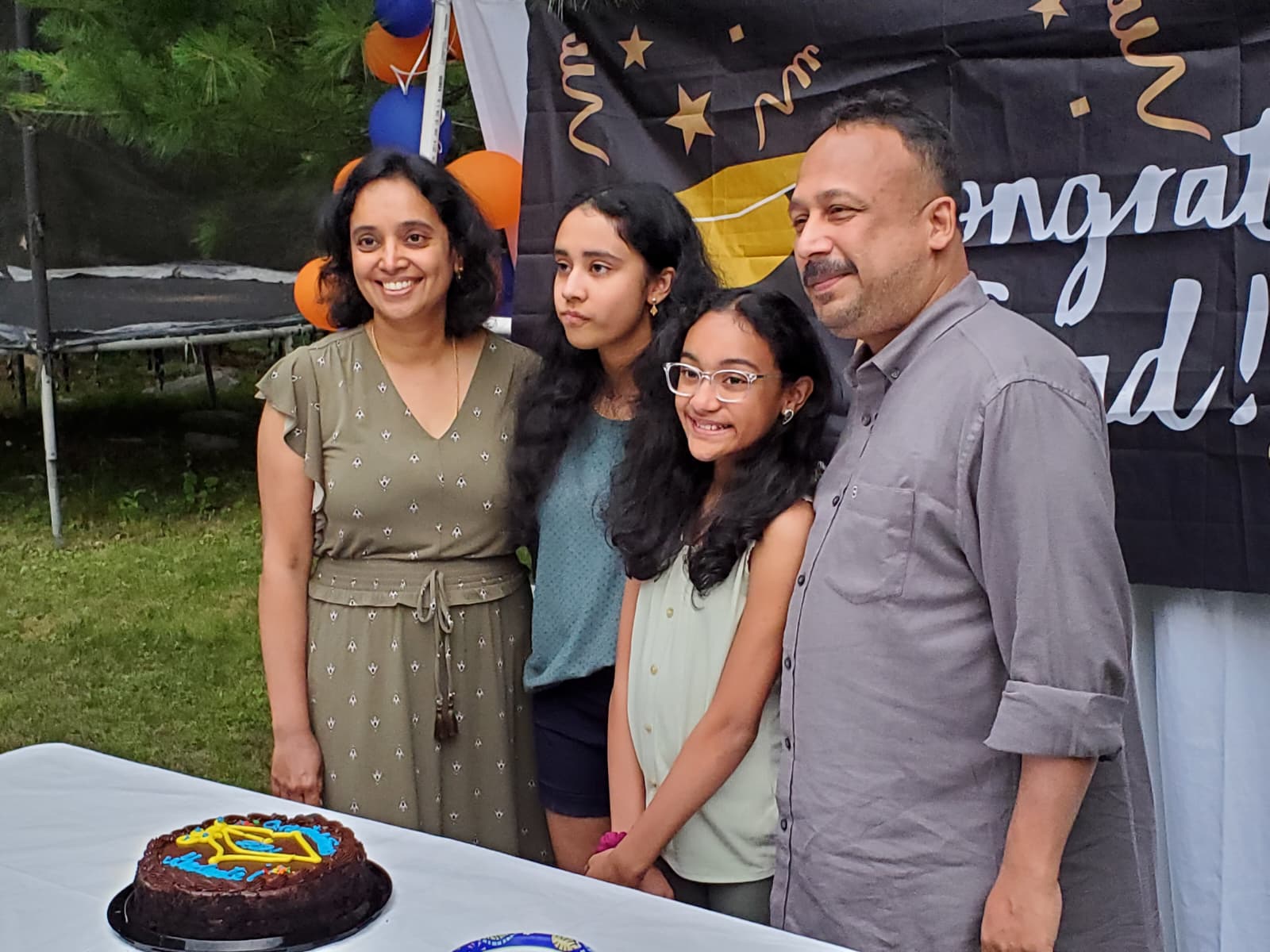
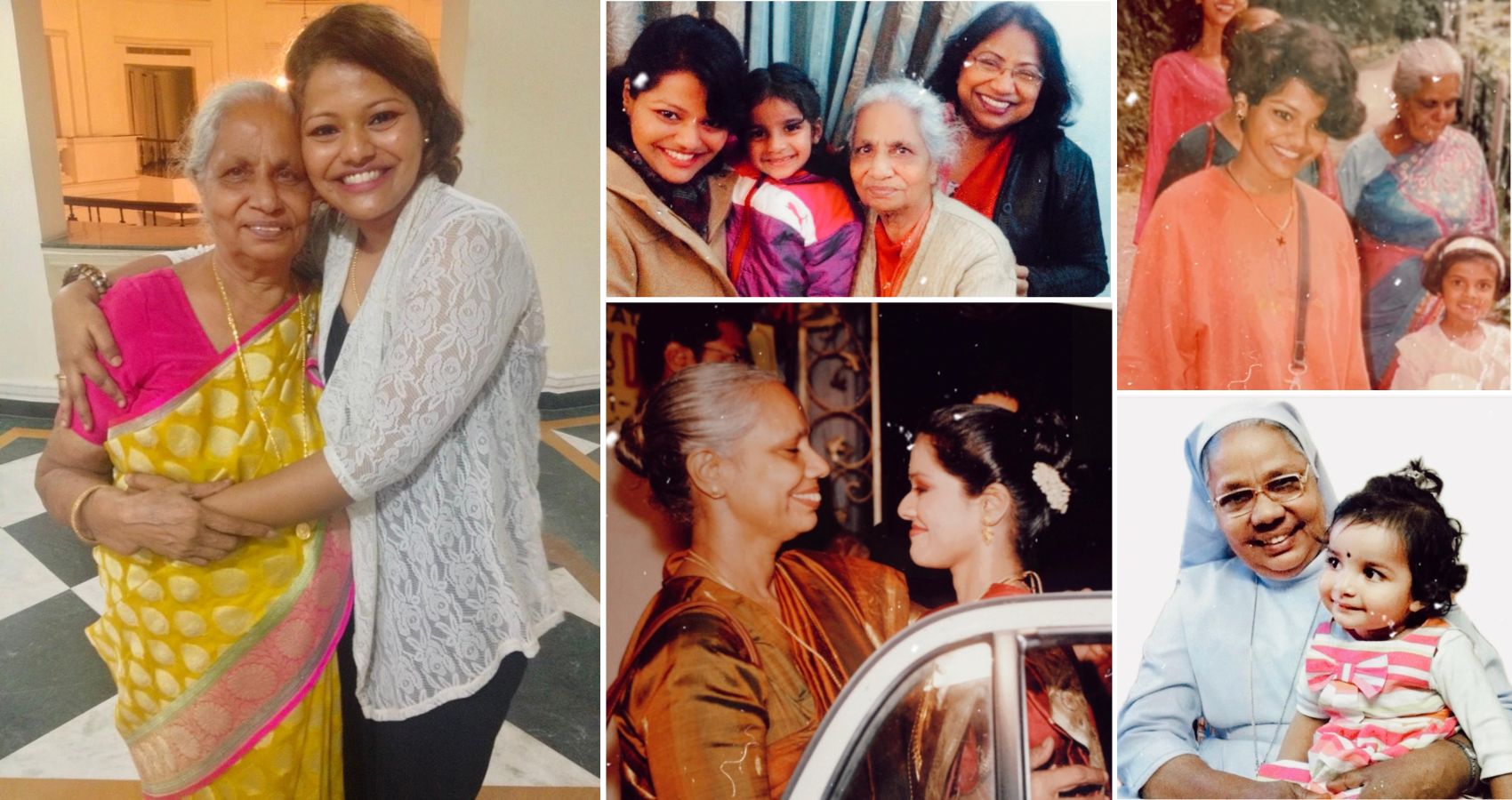
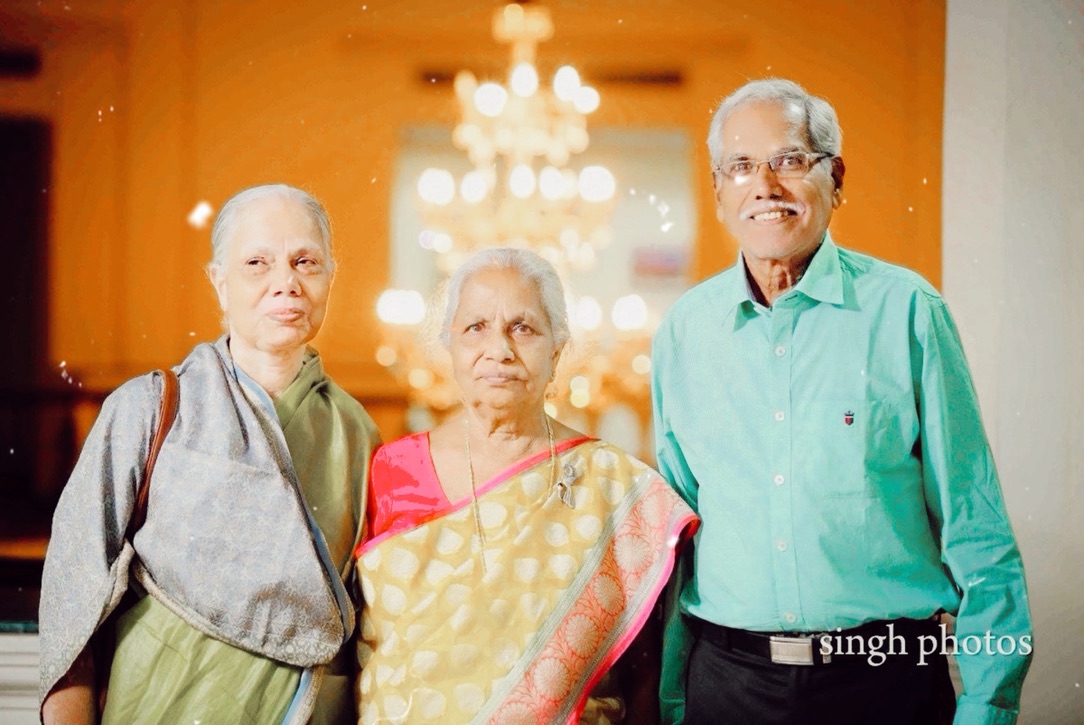
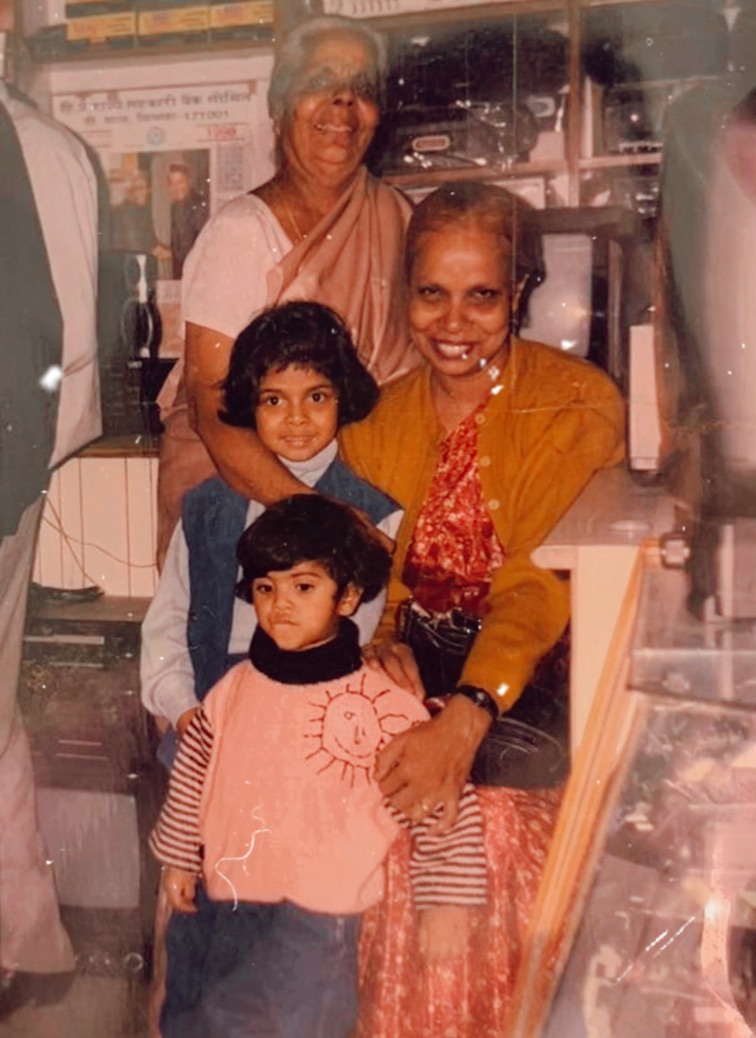
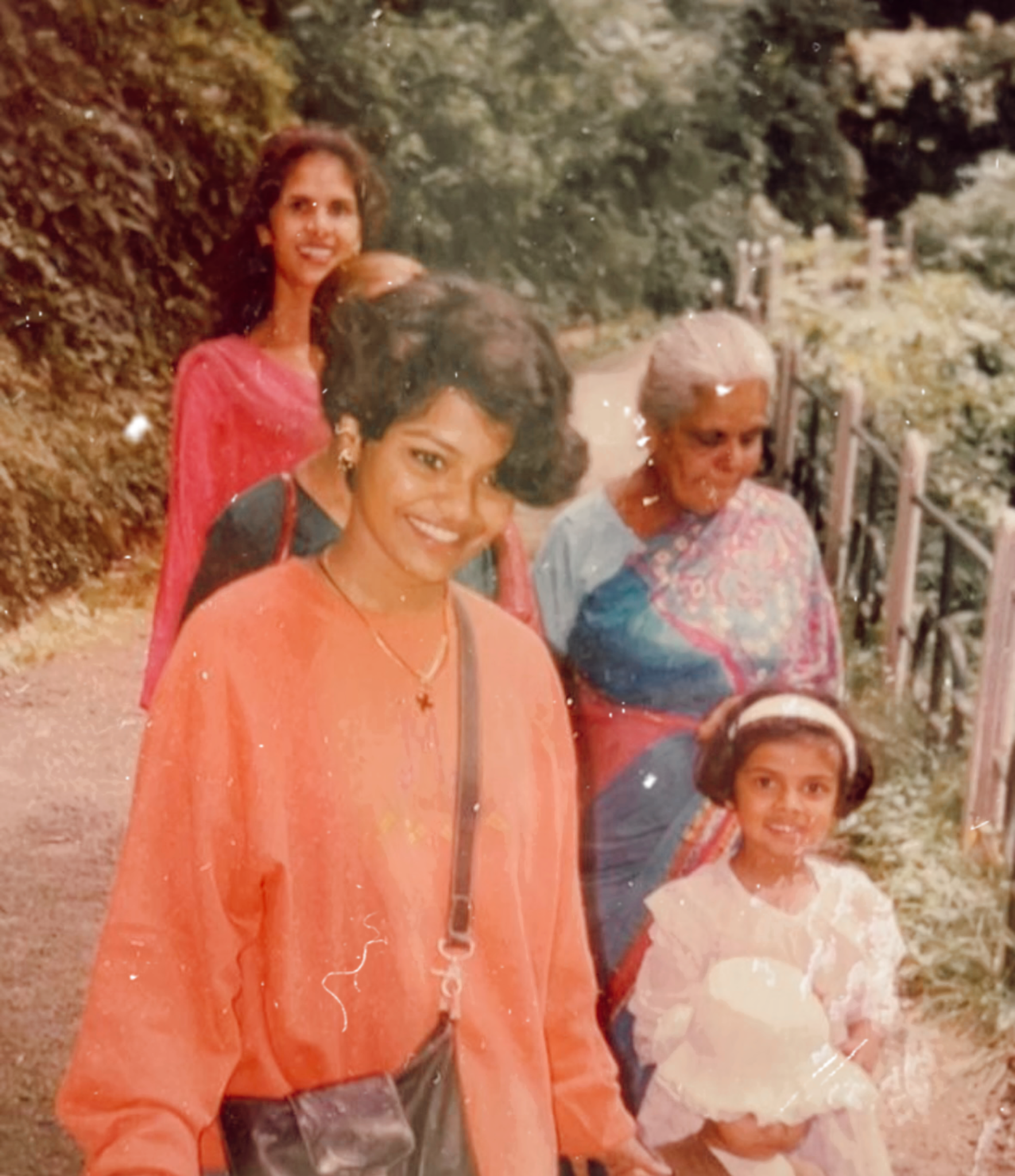
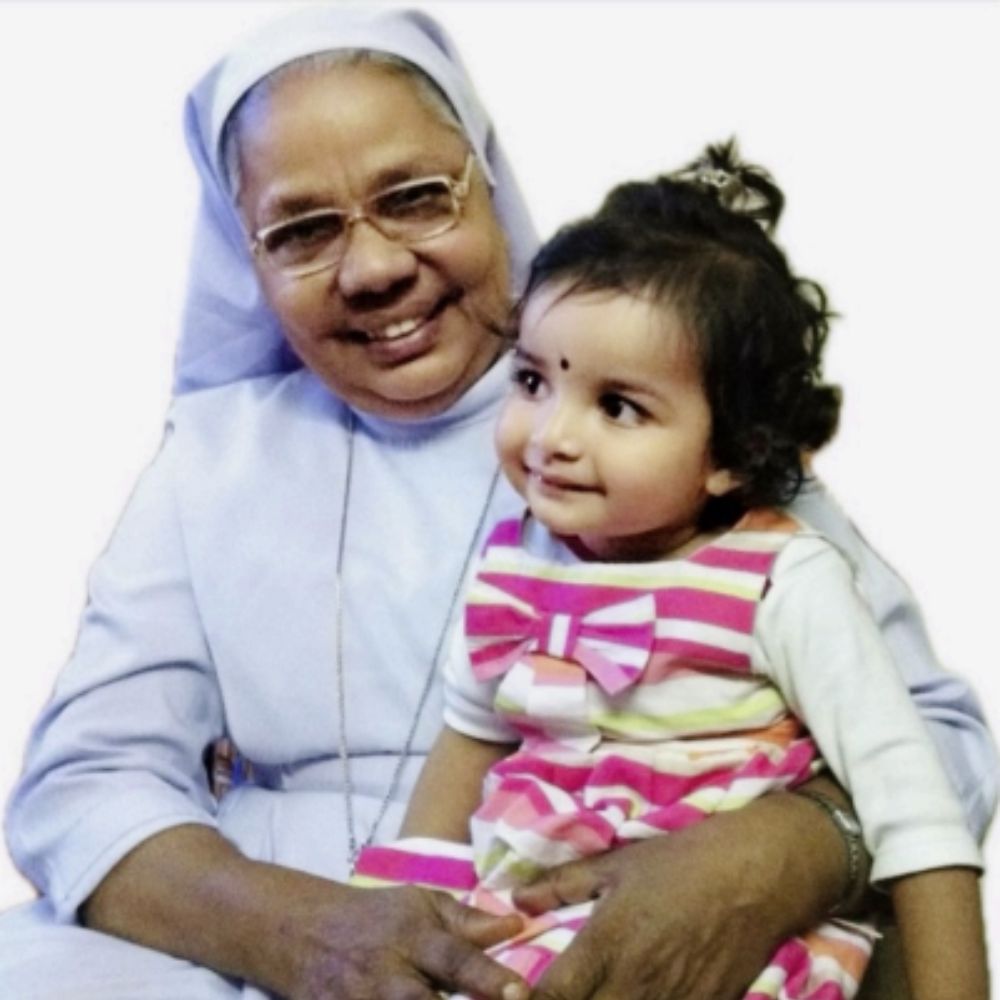
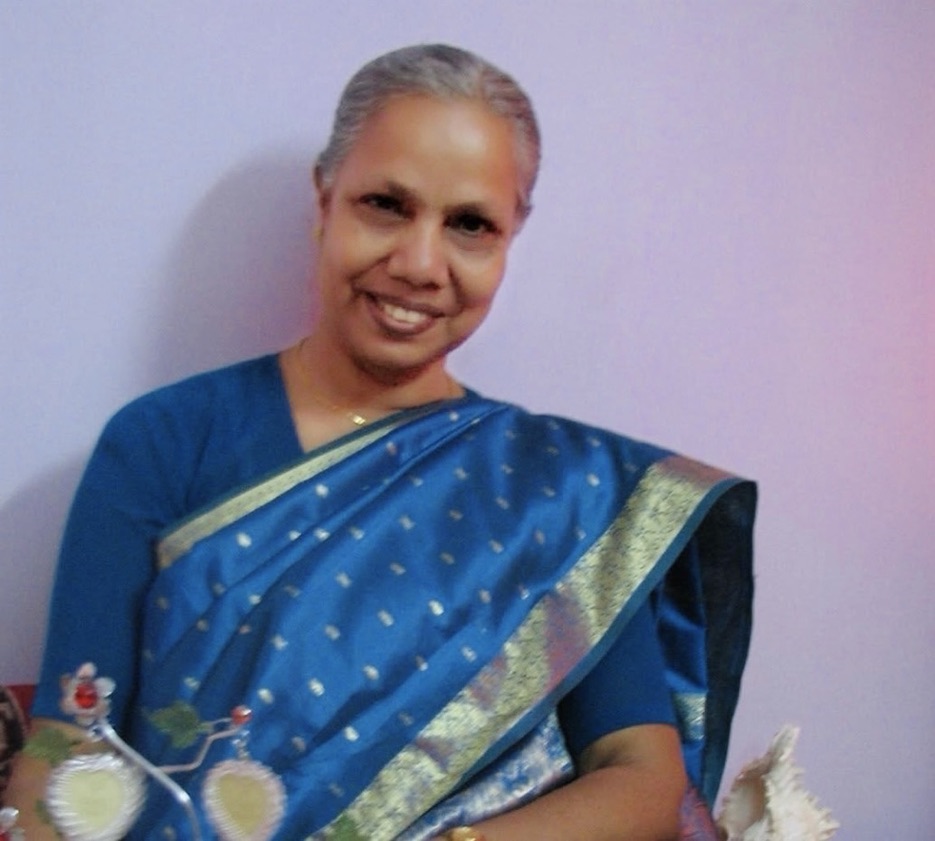
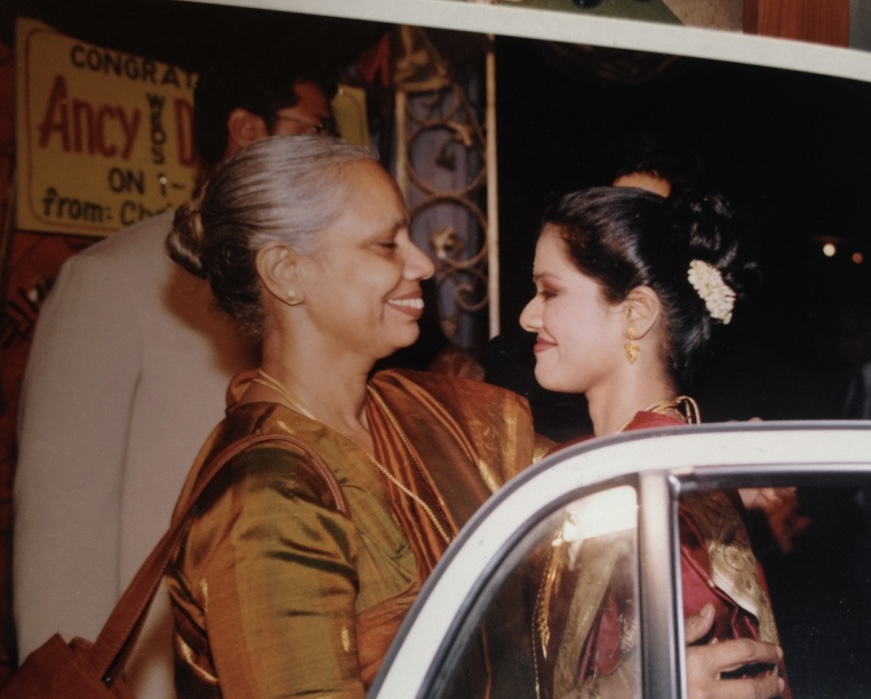
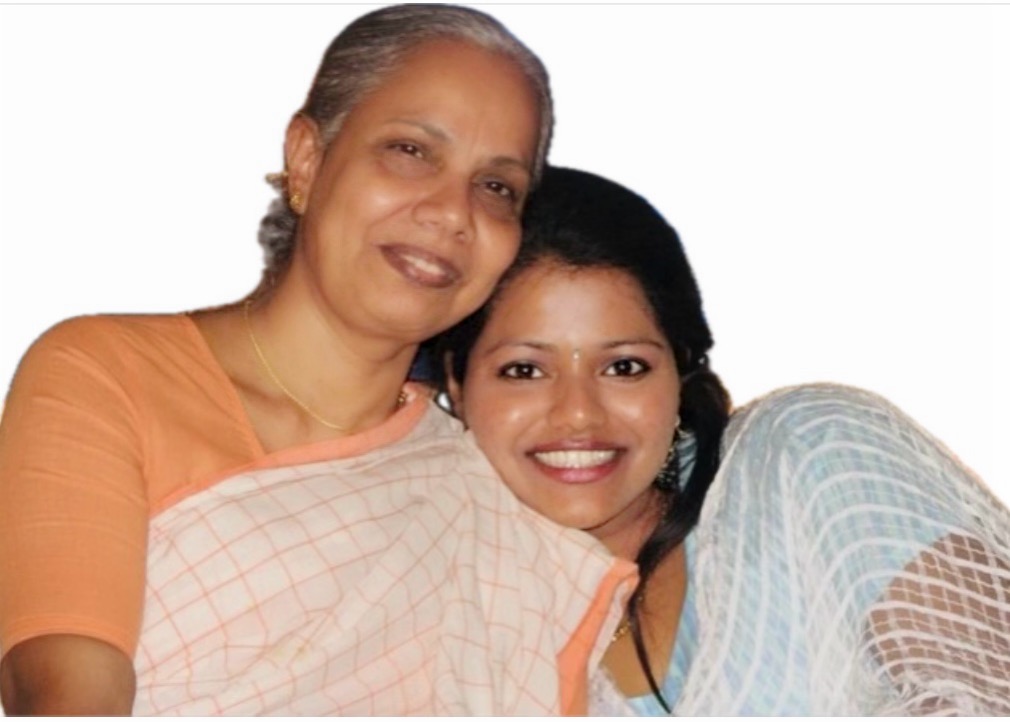
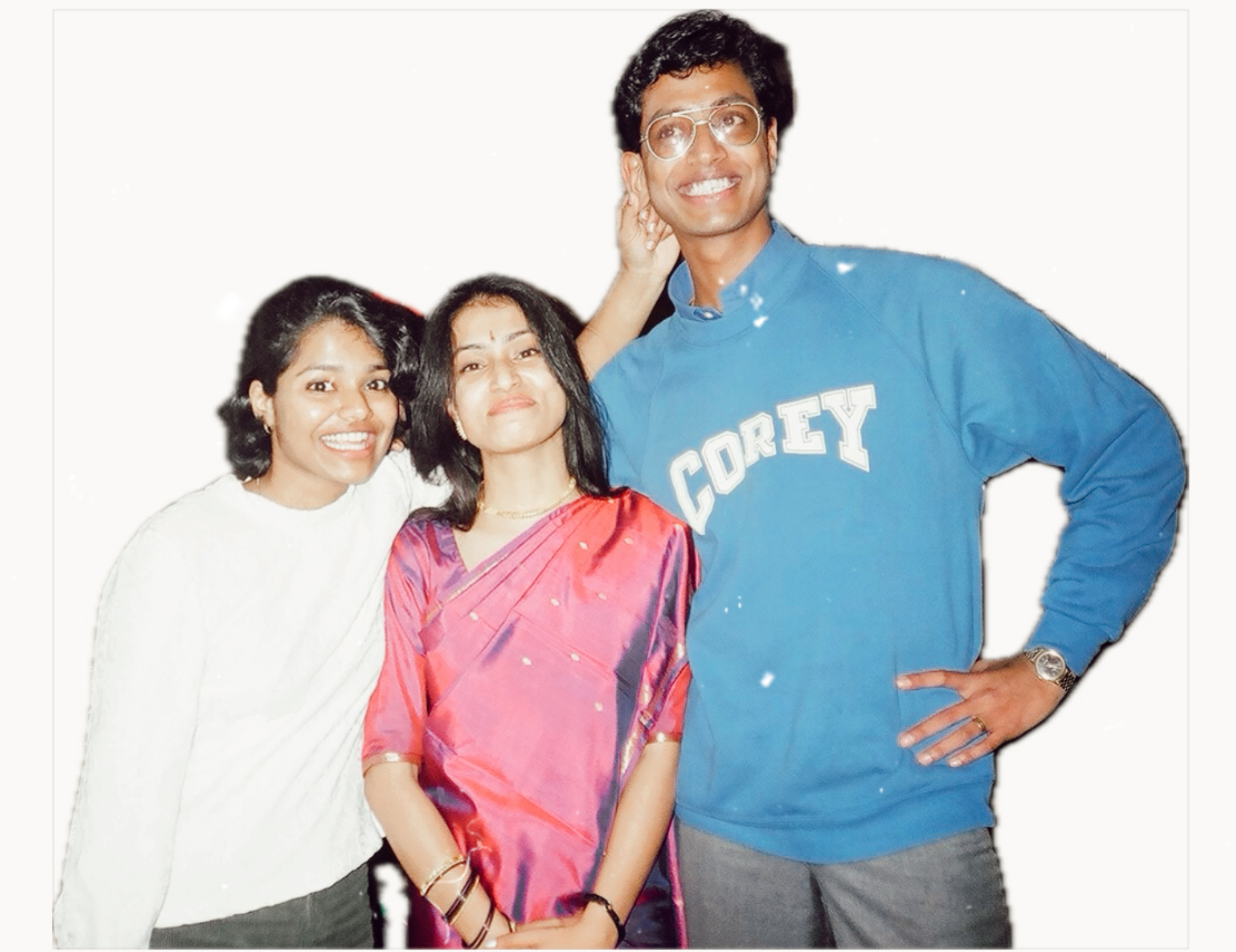
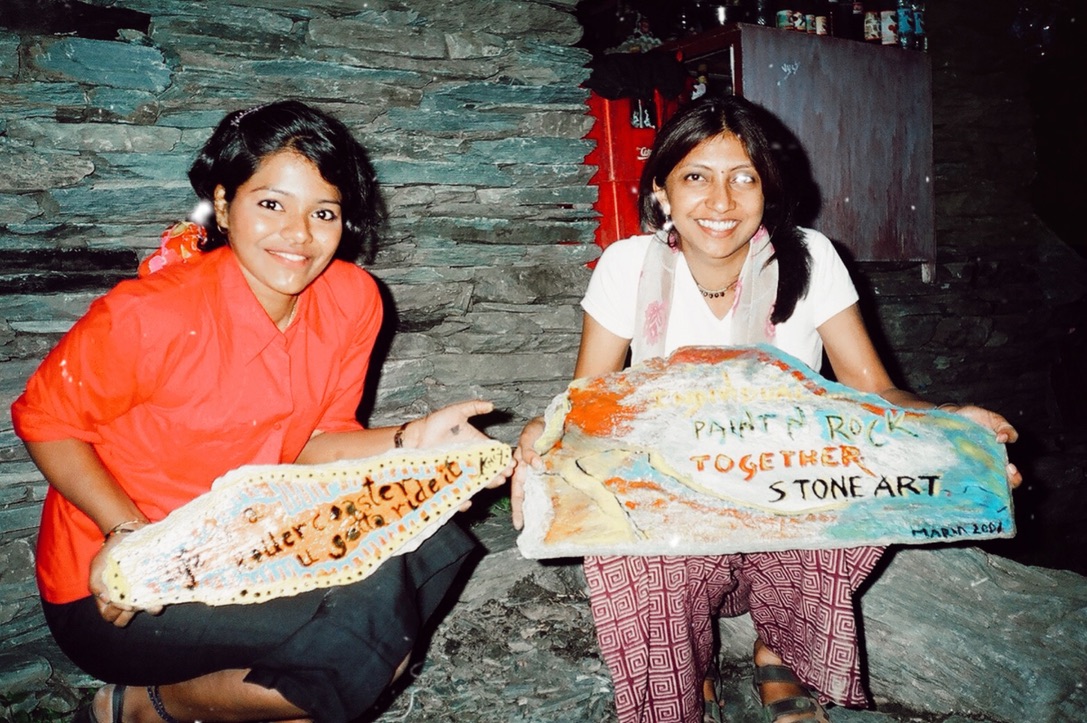
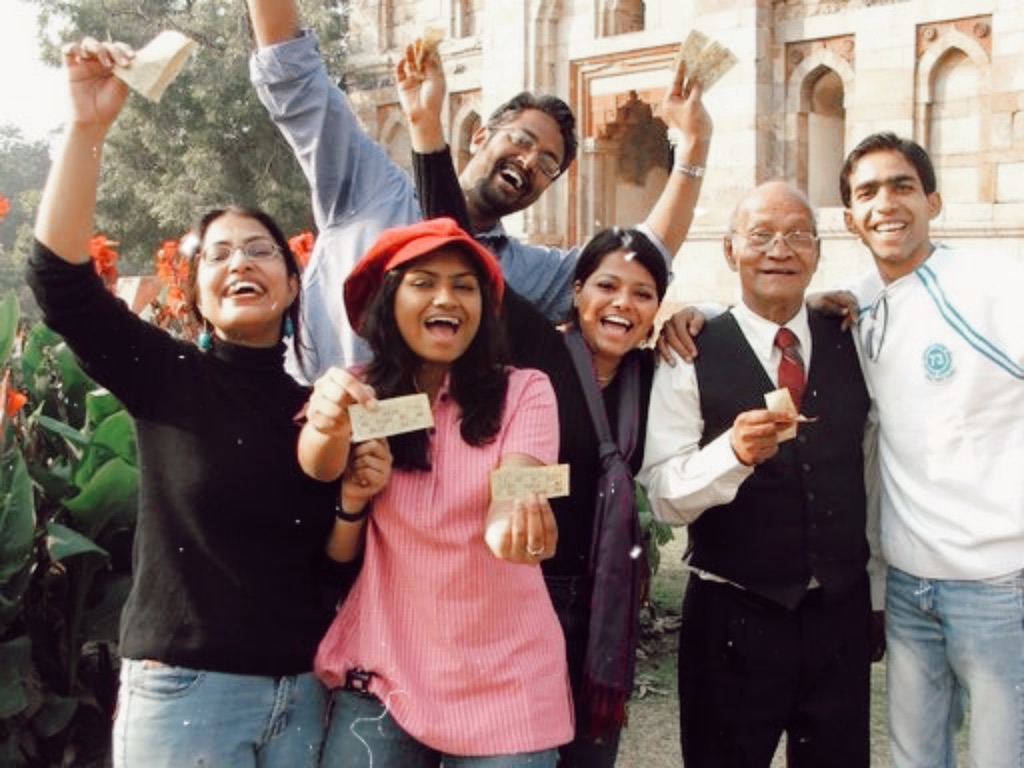
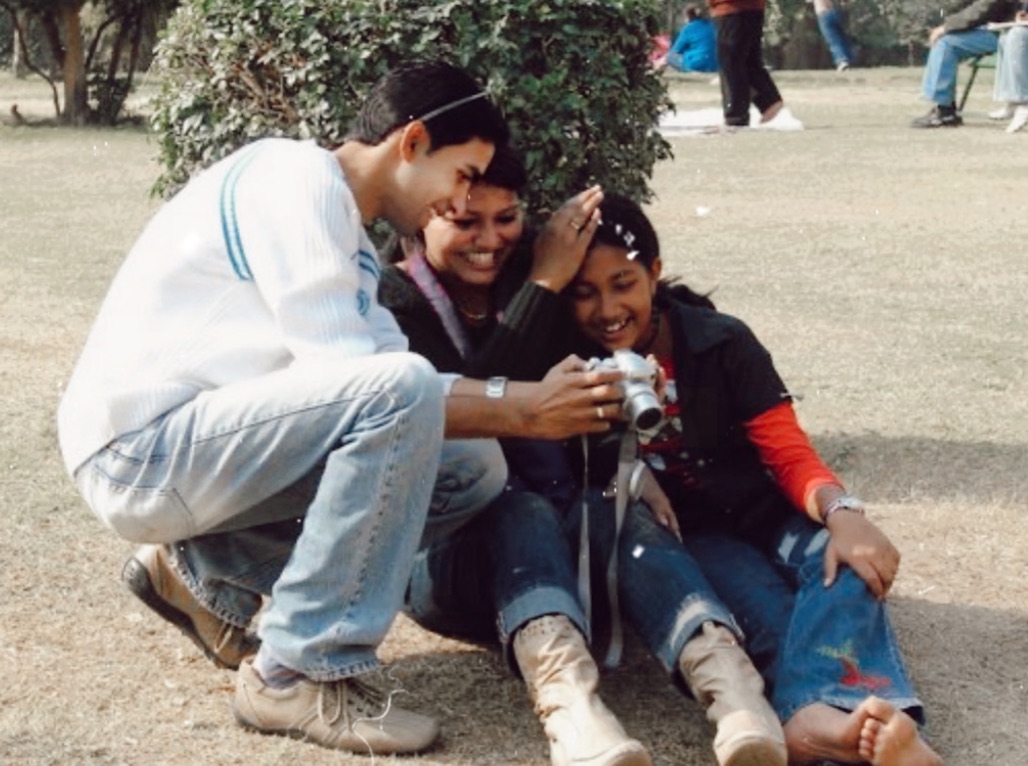
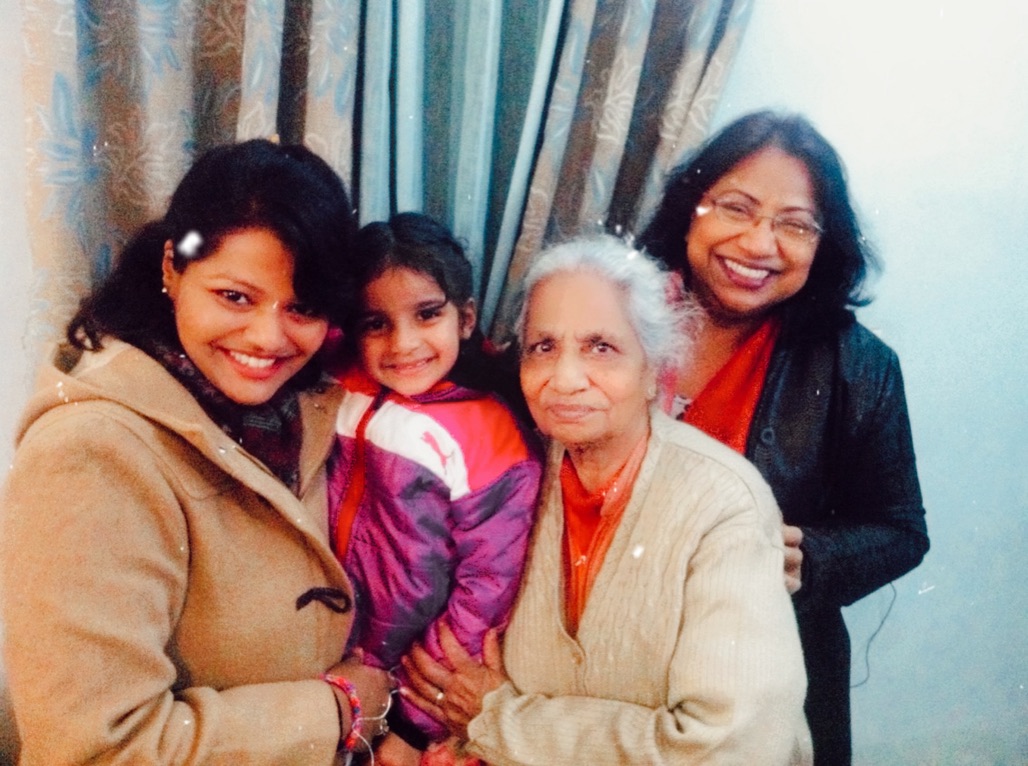
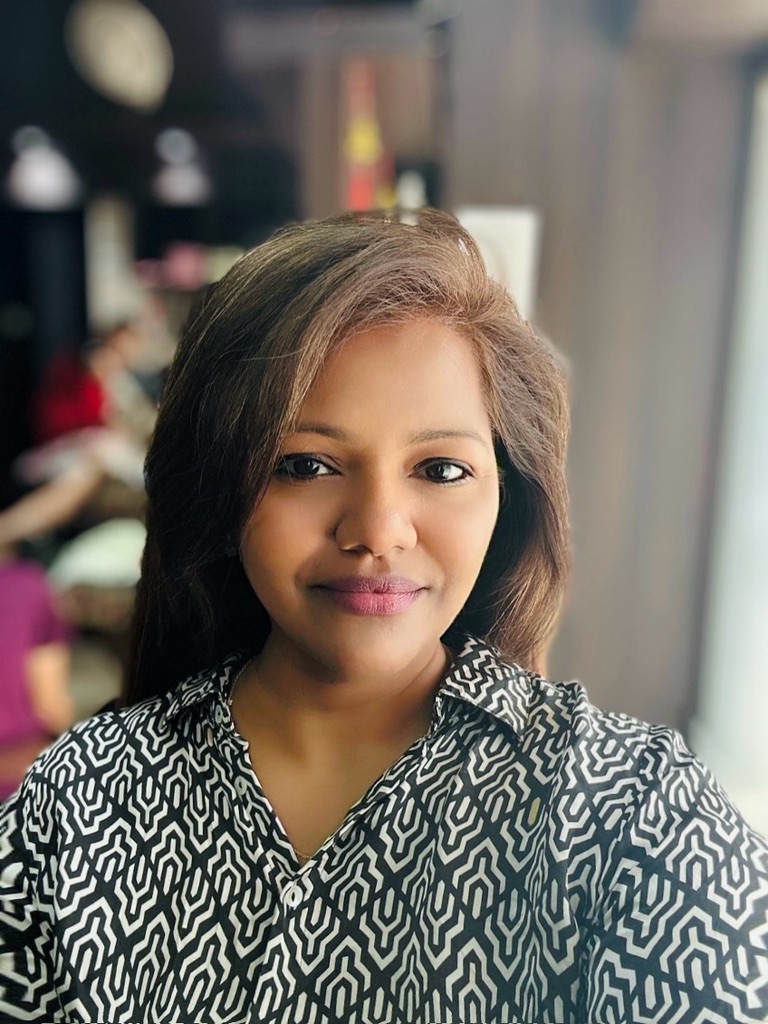
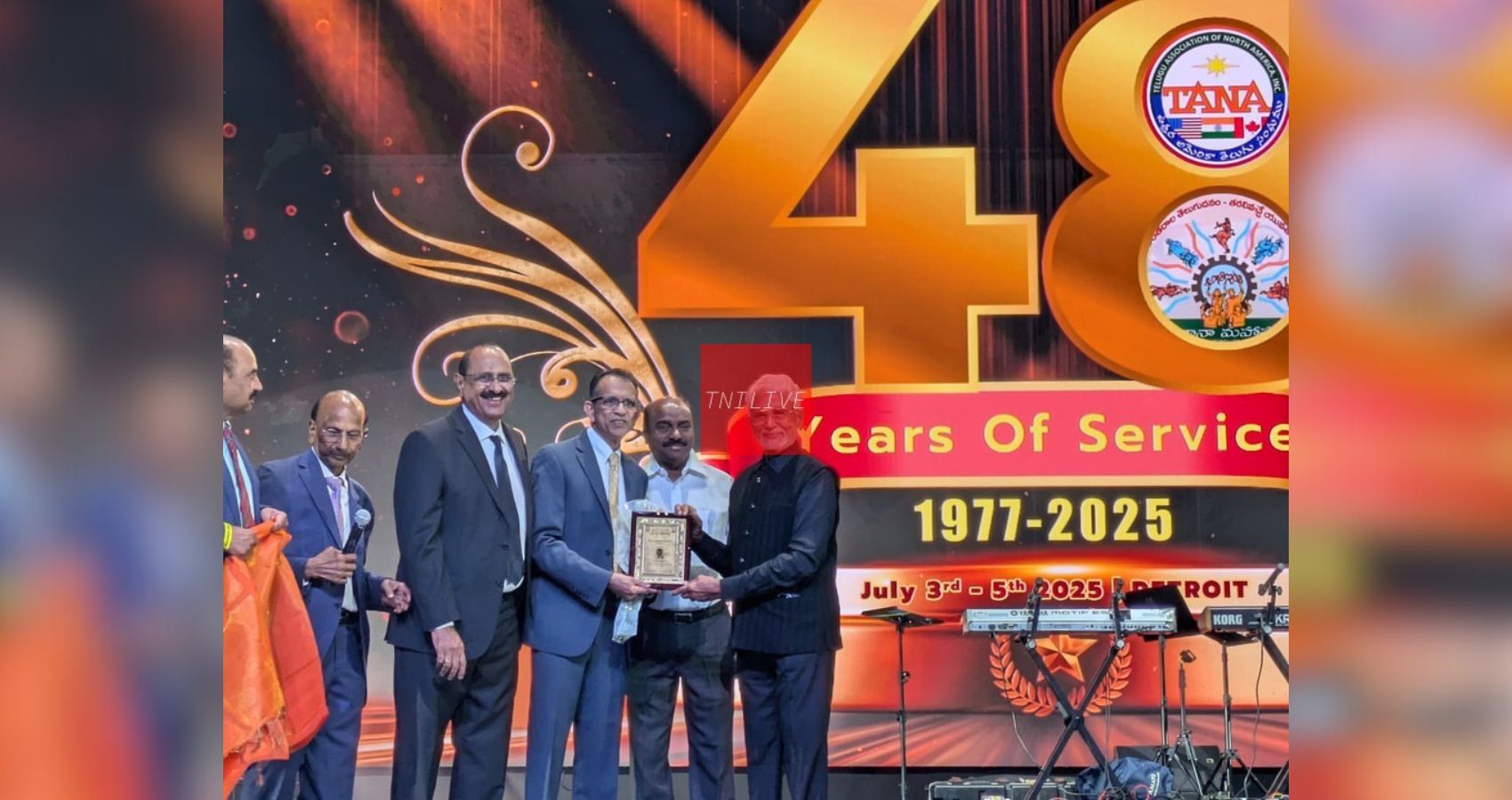
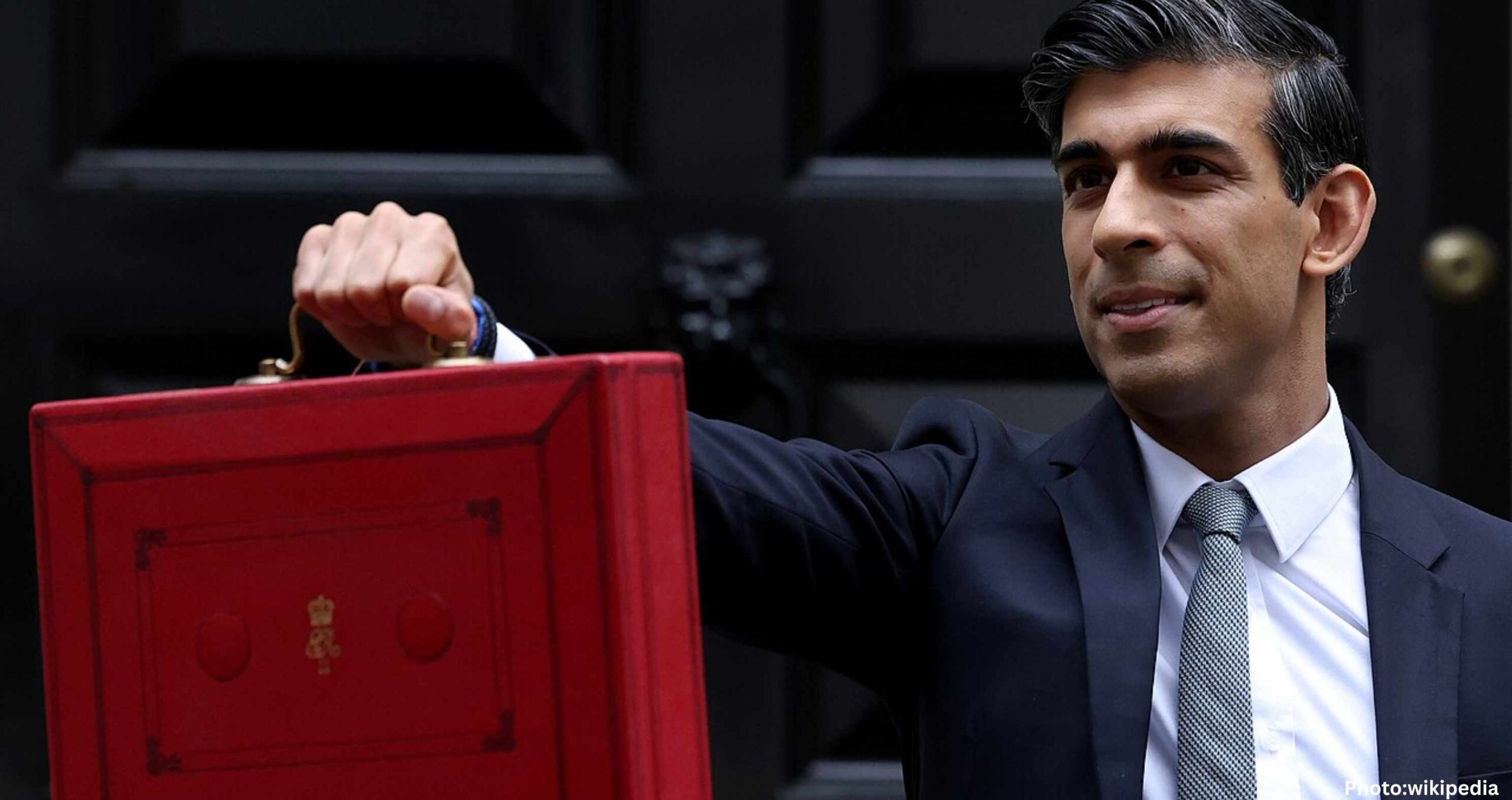

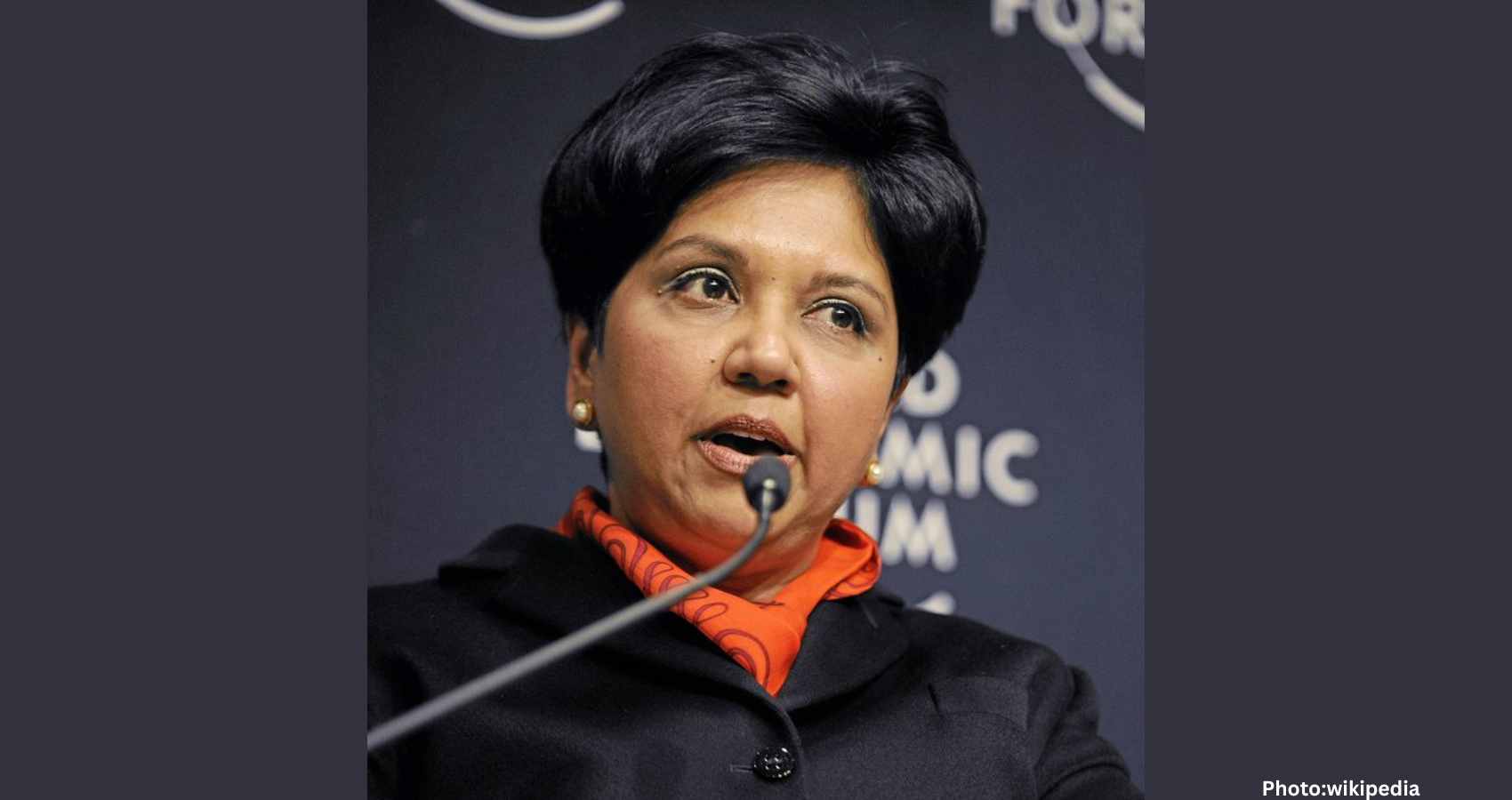

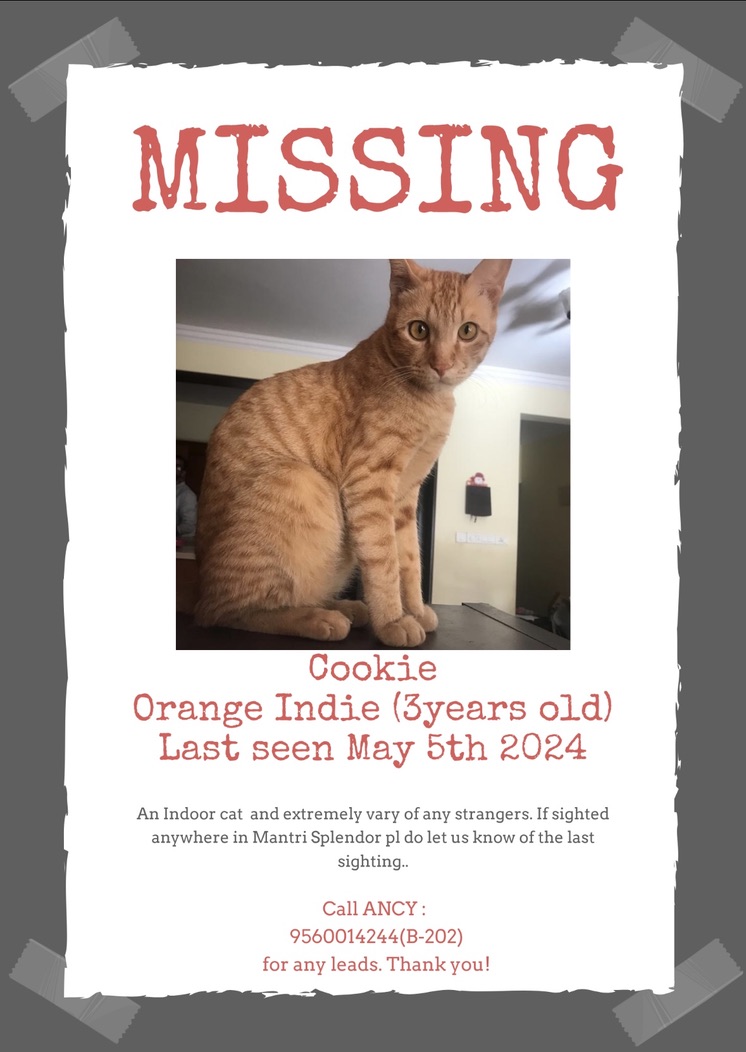
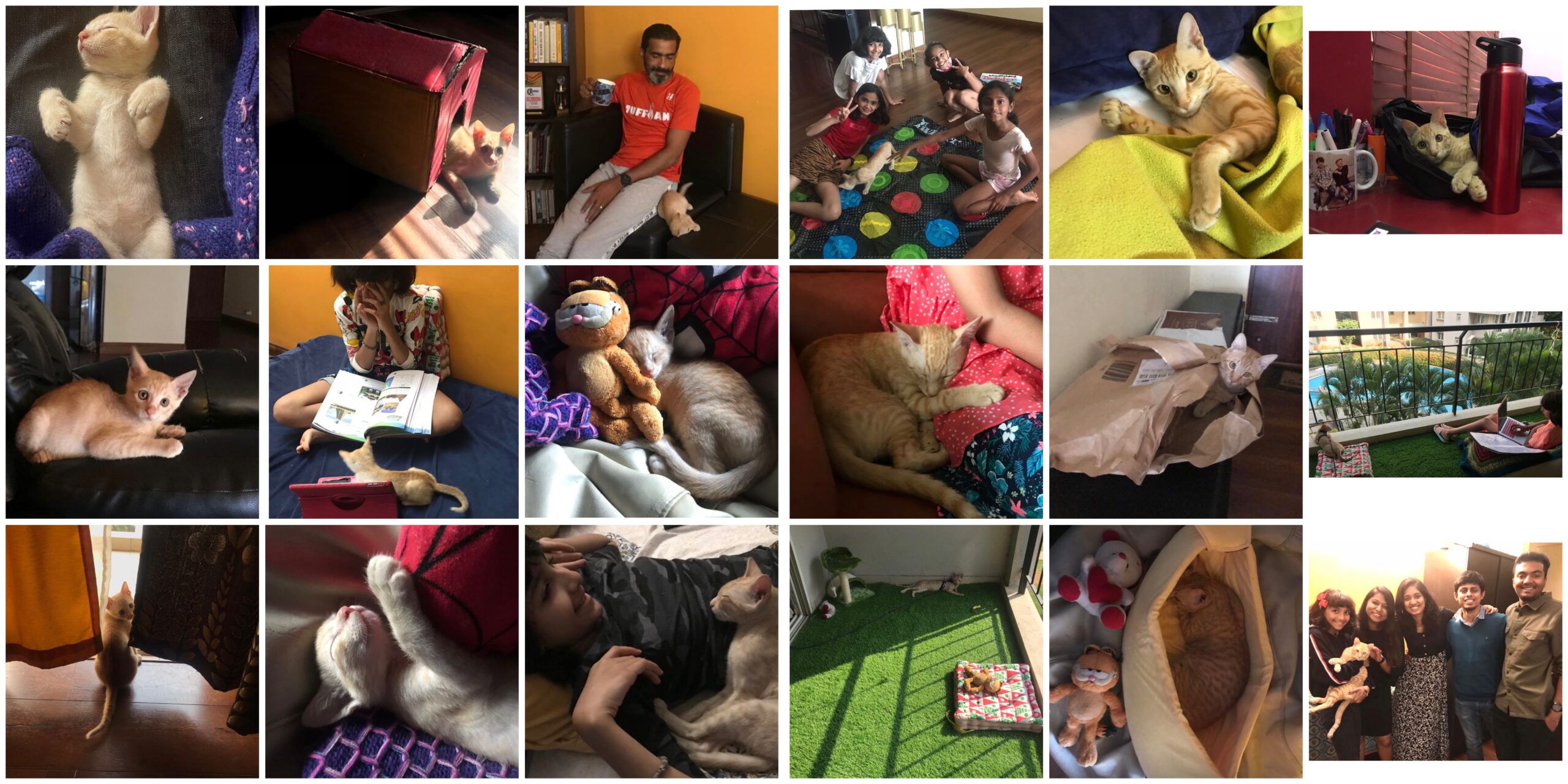
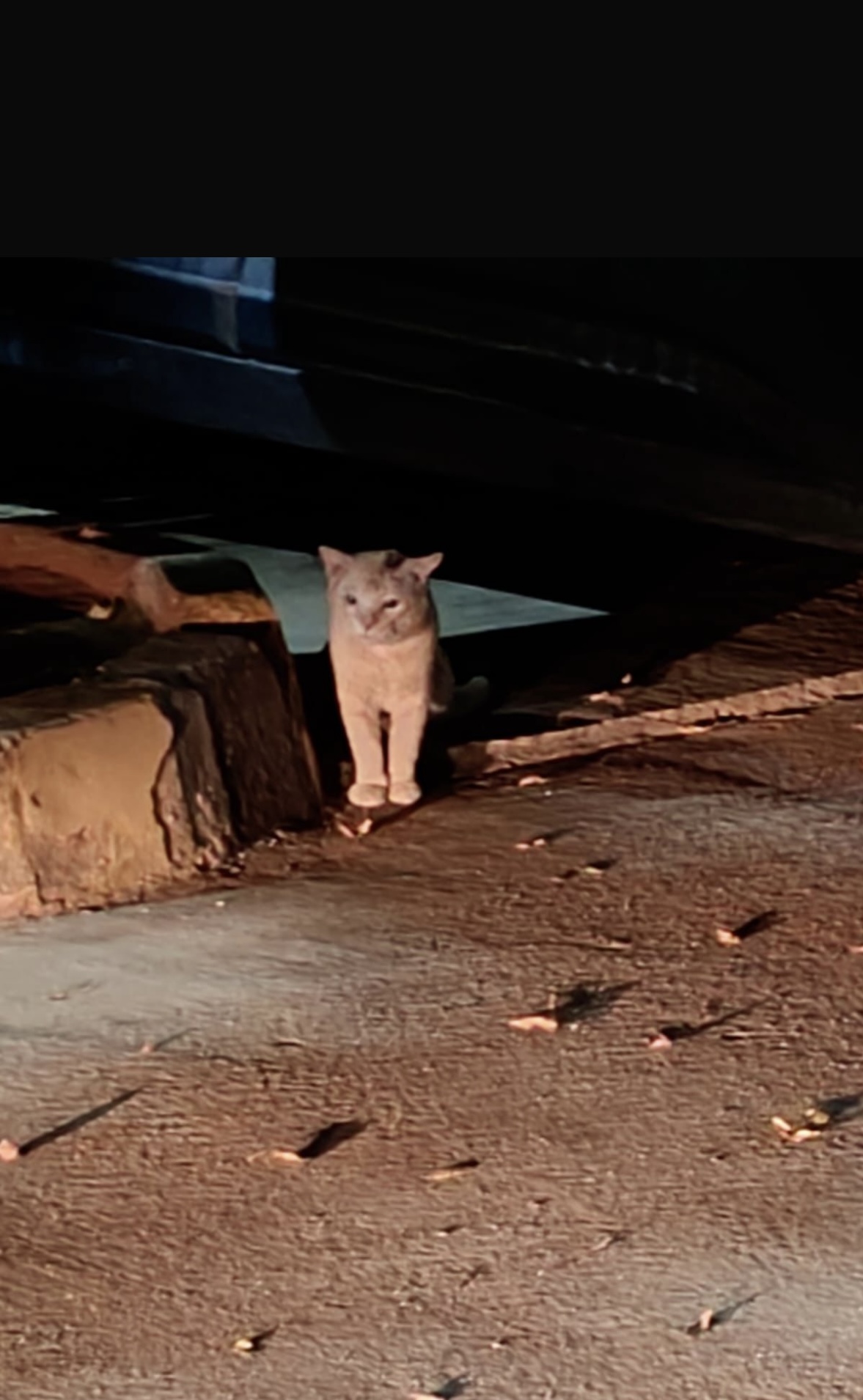
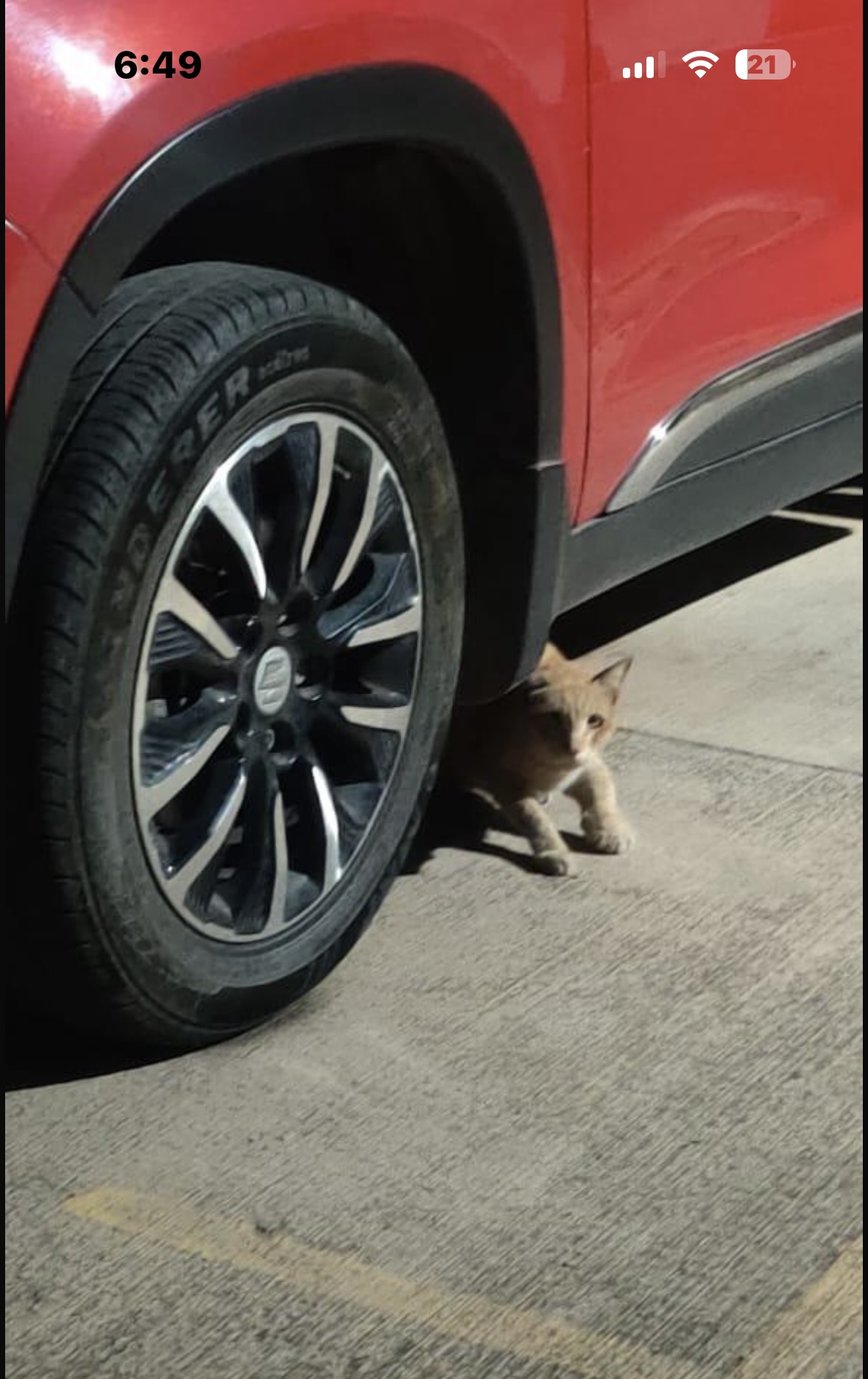

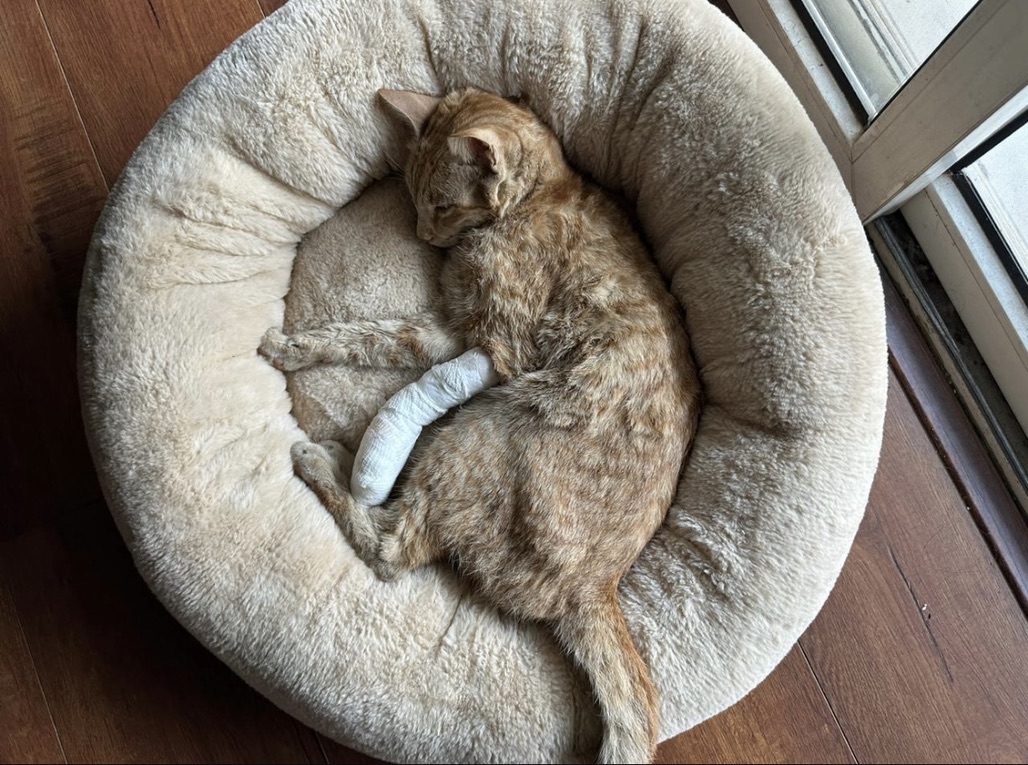
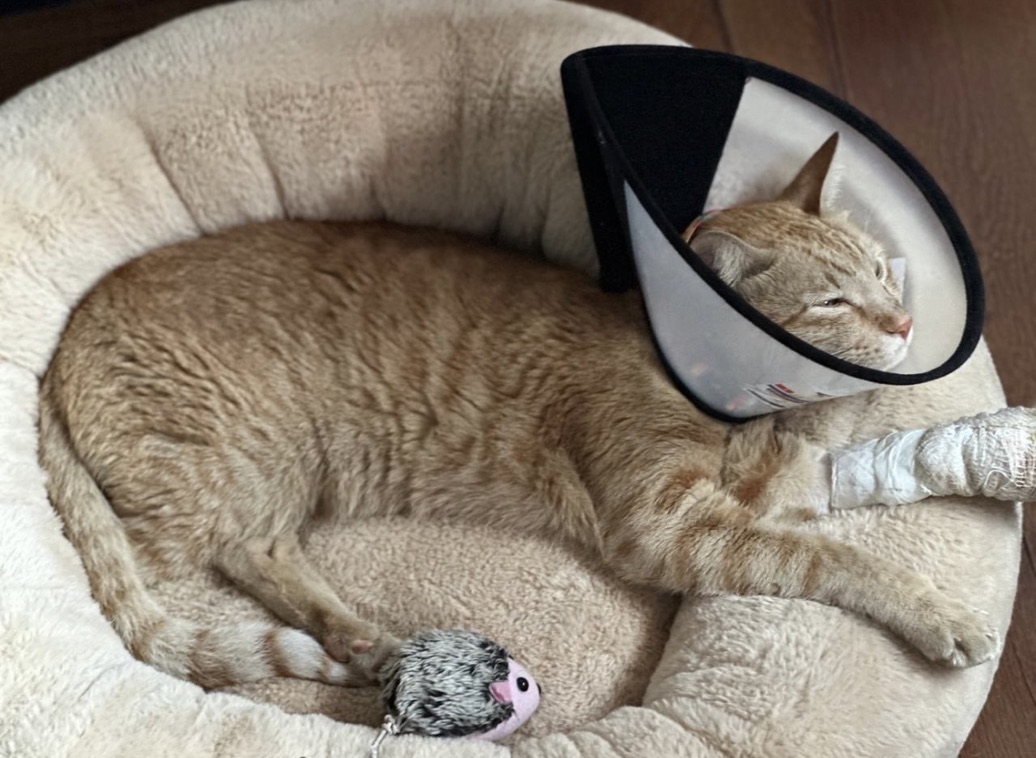
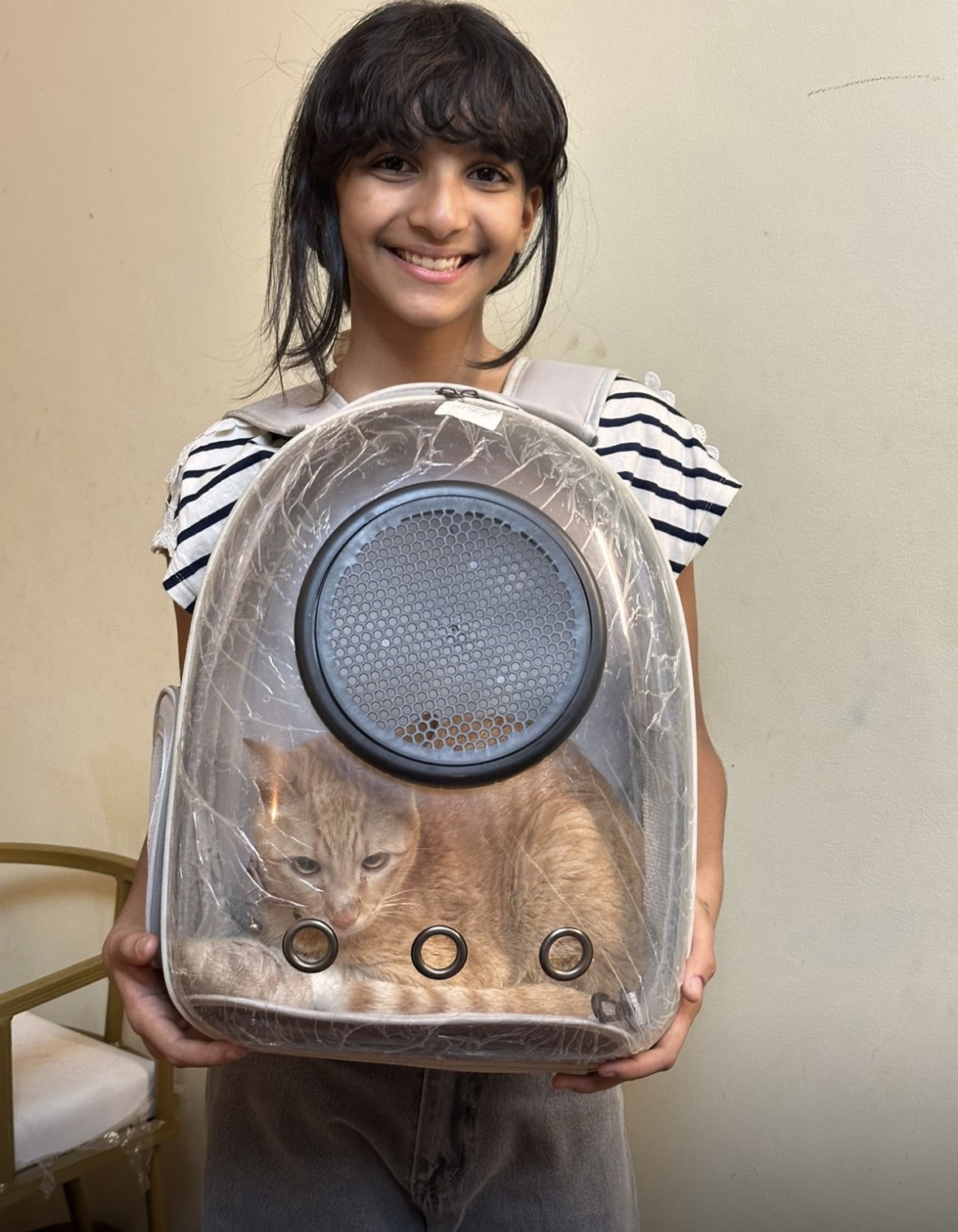
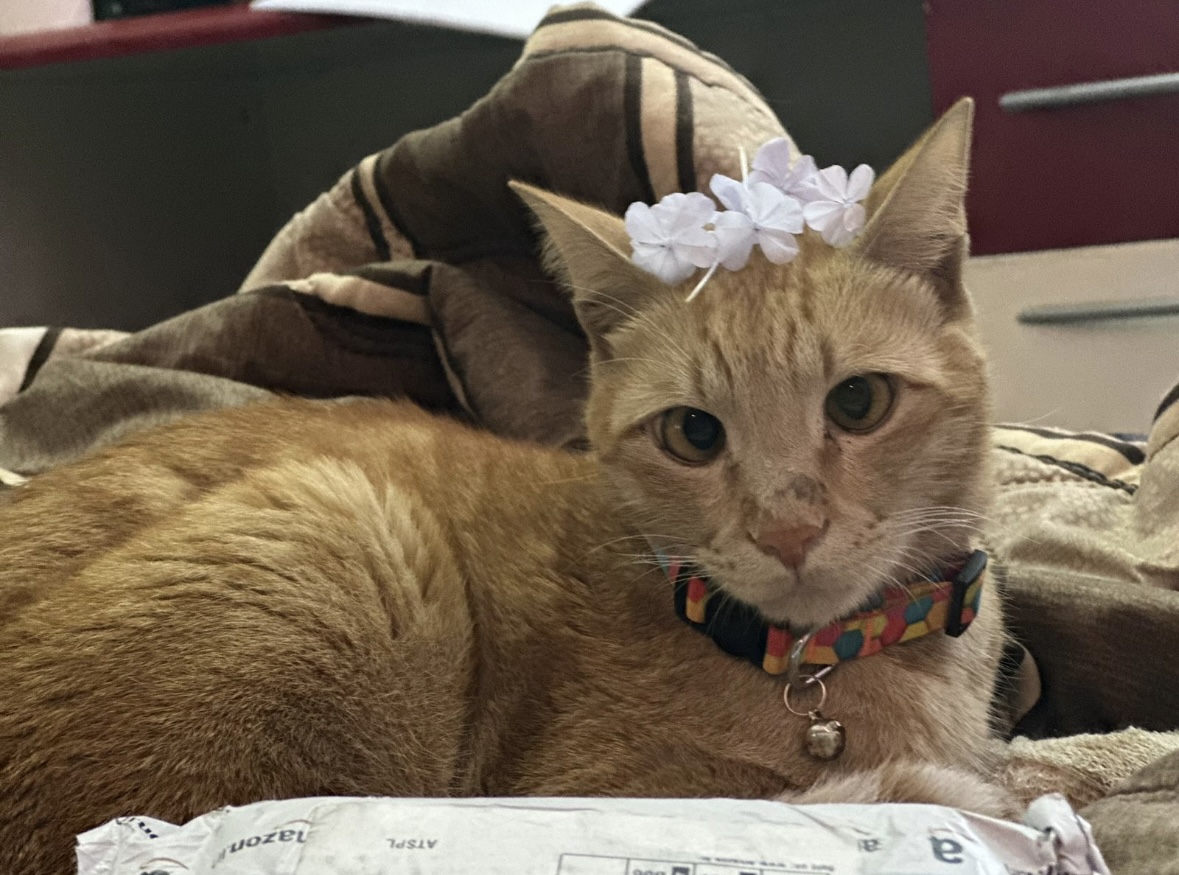
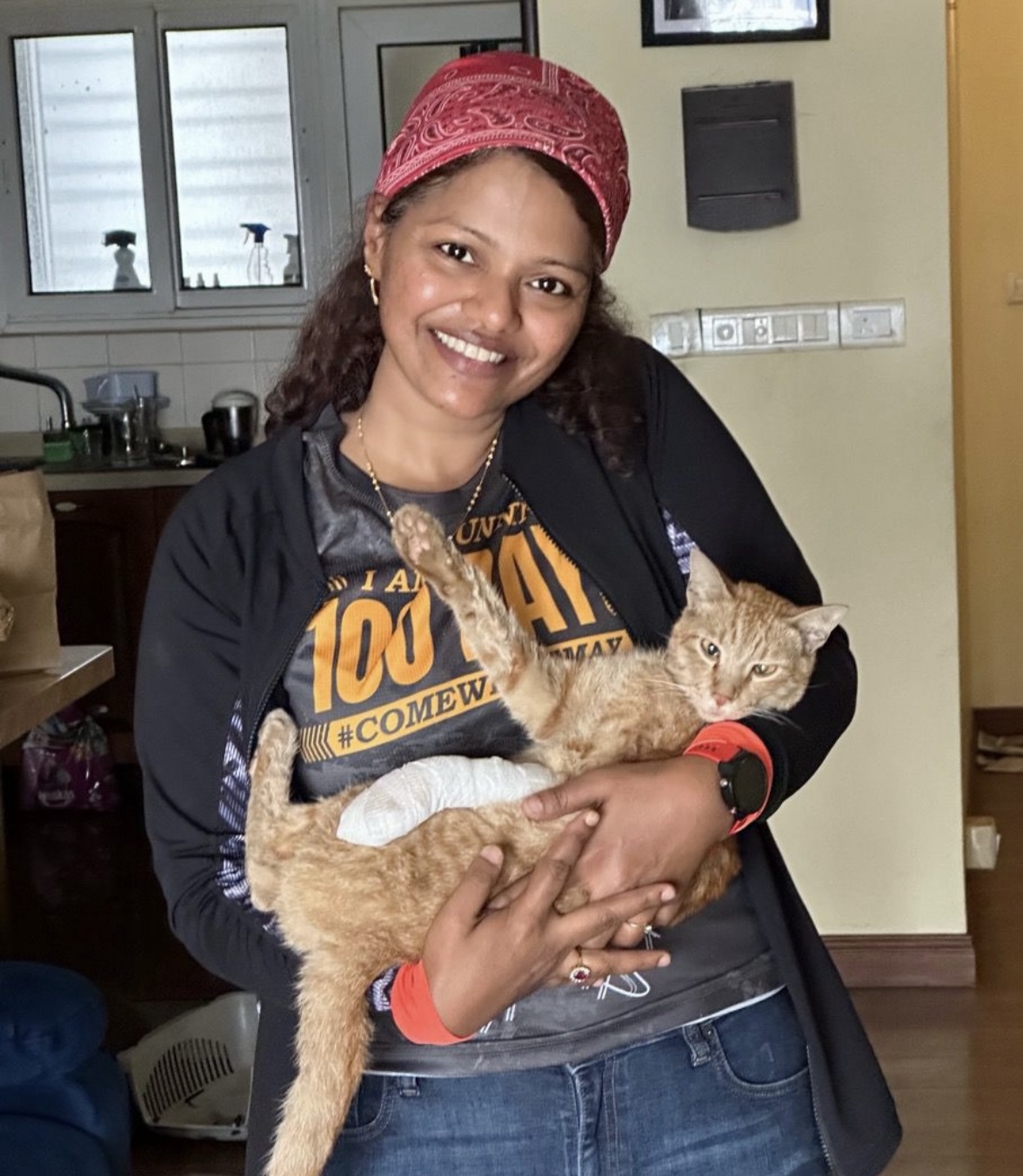
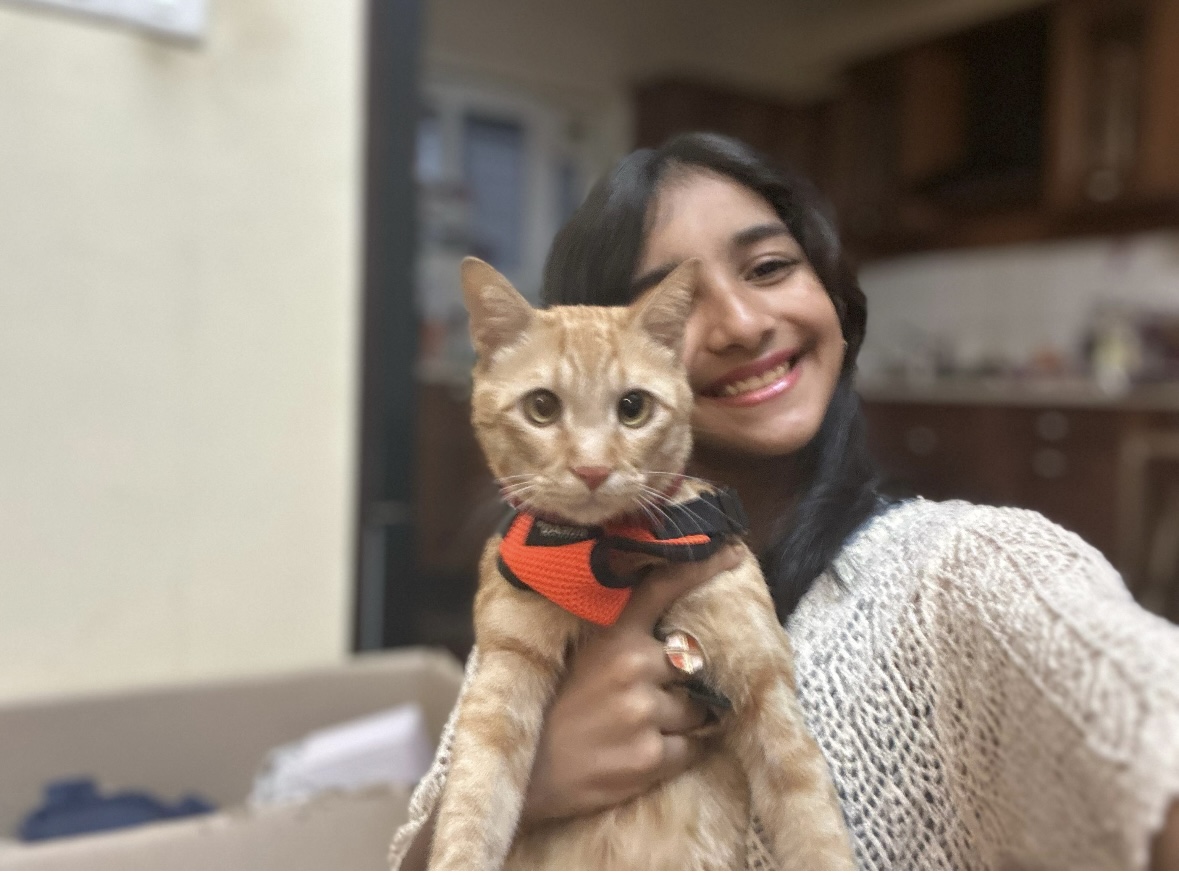
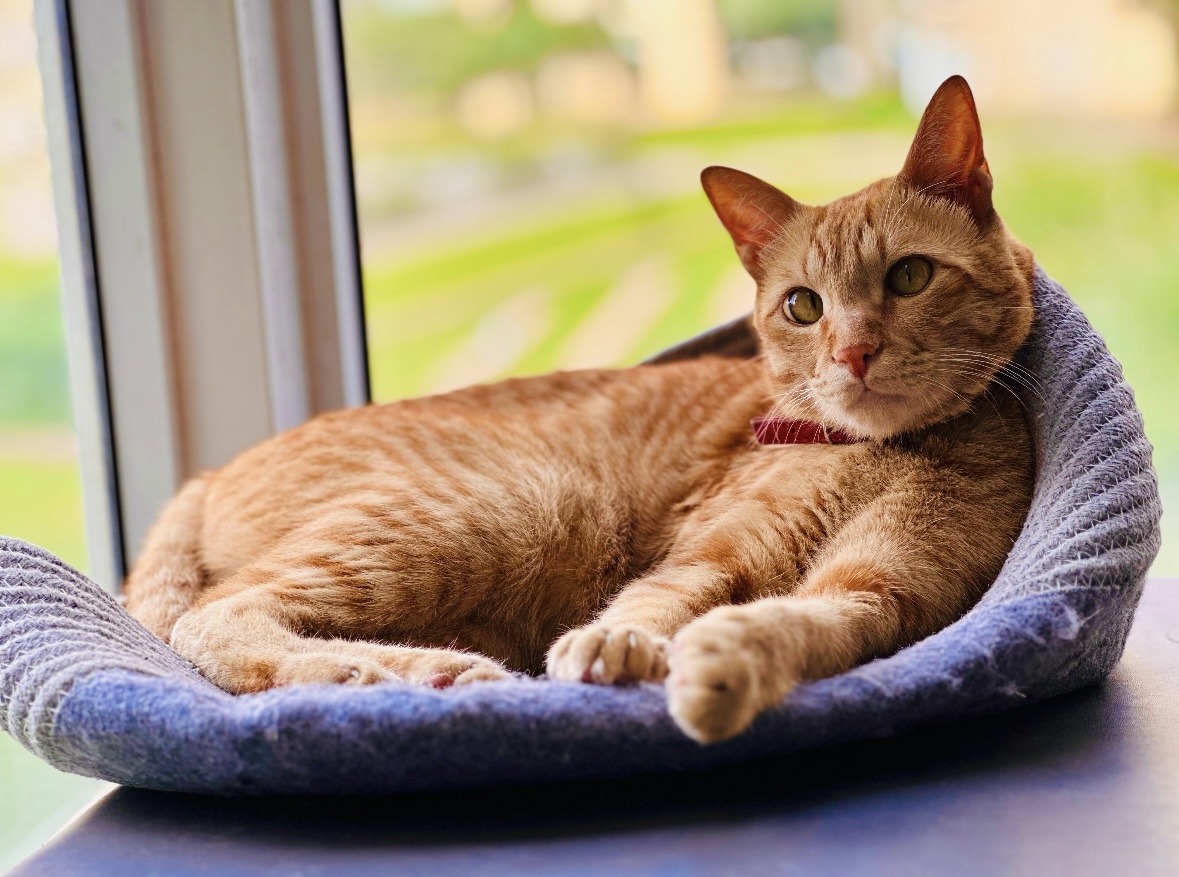
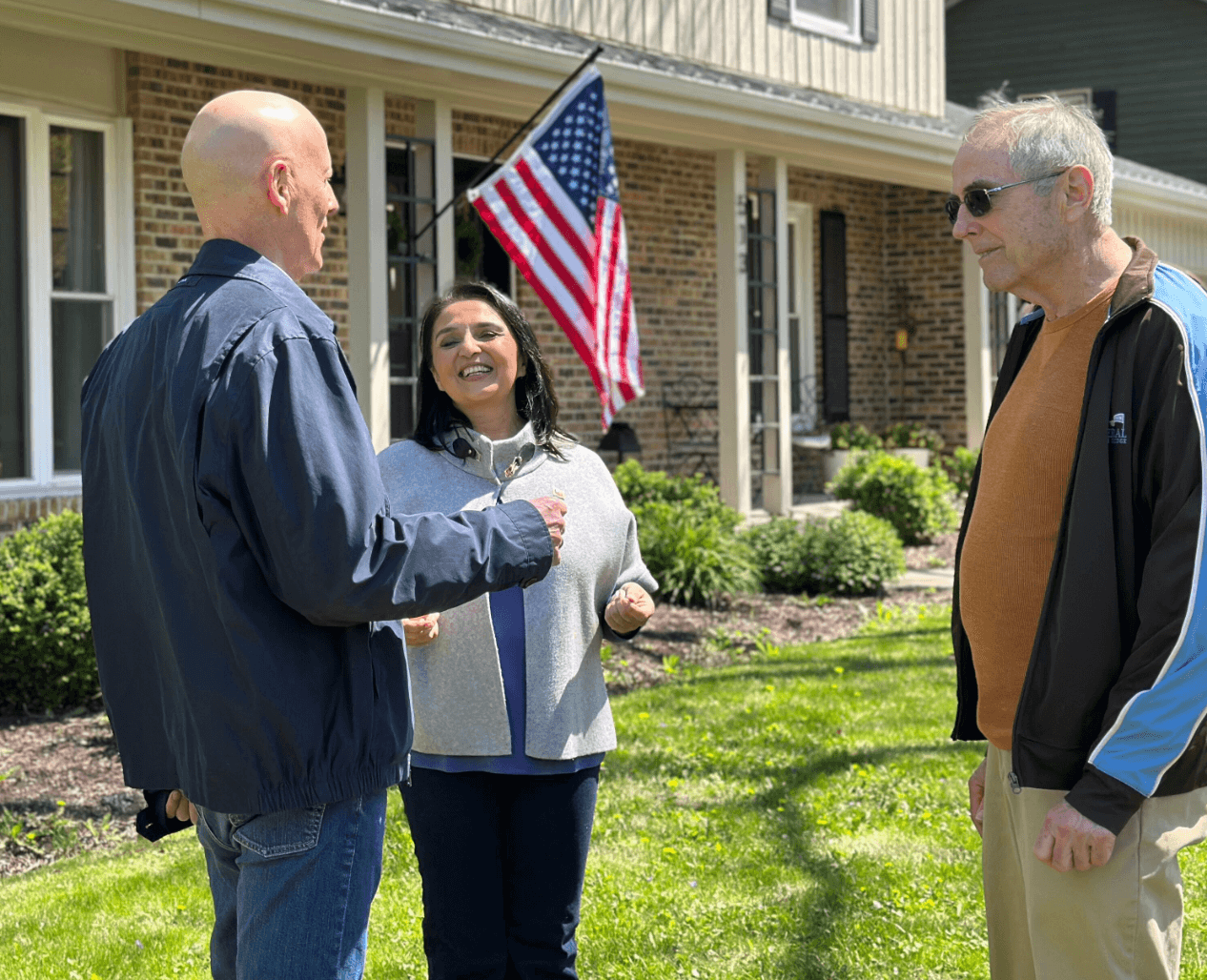 Her work ethic carried into her college years at Northwestern University, where she juggled studies with a daily paper route. As an adult, she balanced the demands of single motherhood, running a small business, and caring for her ailing parents. These life experiences have given her firsthand insight into the everyday struggles facing working families. “My life was Made in America. This campaign was Made in America. It could not have happened anywhere else,” she declared. “Now, I’m committed to making sure that the same American Dream is alive and well now, and for generations to come.”
Her work ethic carried into her college years at Northwestern University, where she juggled studies with a daily paper route. As an adult, she balanced the demands of single motherhood, running a small business, and caring for her ailing parents. These life experiences have given her firsthand insight into the everyday struggles facing working families. “My life was Made in America. This campaign was Made in America. It could not have happened anywhere else,” she declared. “Now, I’m committed to making sure that the same American Dream is alive and well now, and for generations to come.”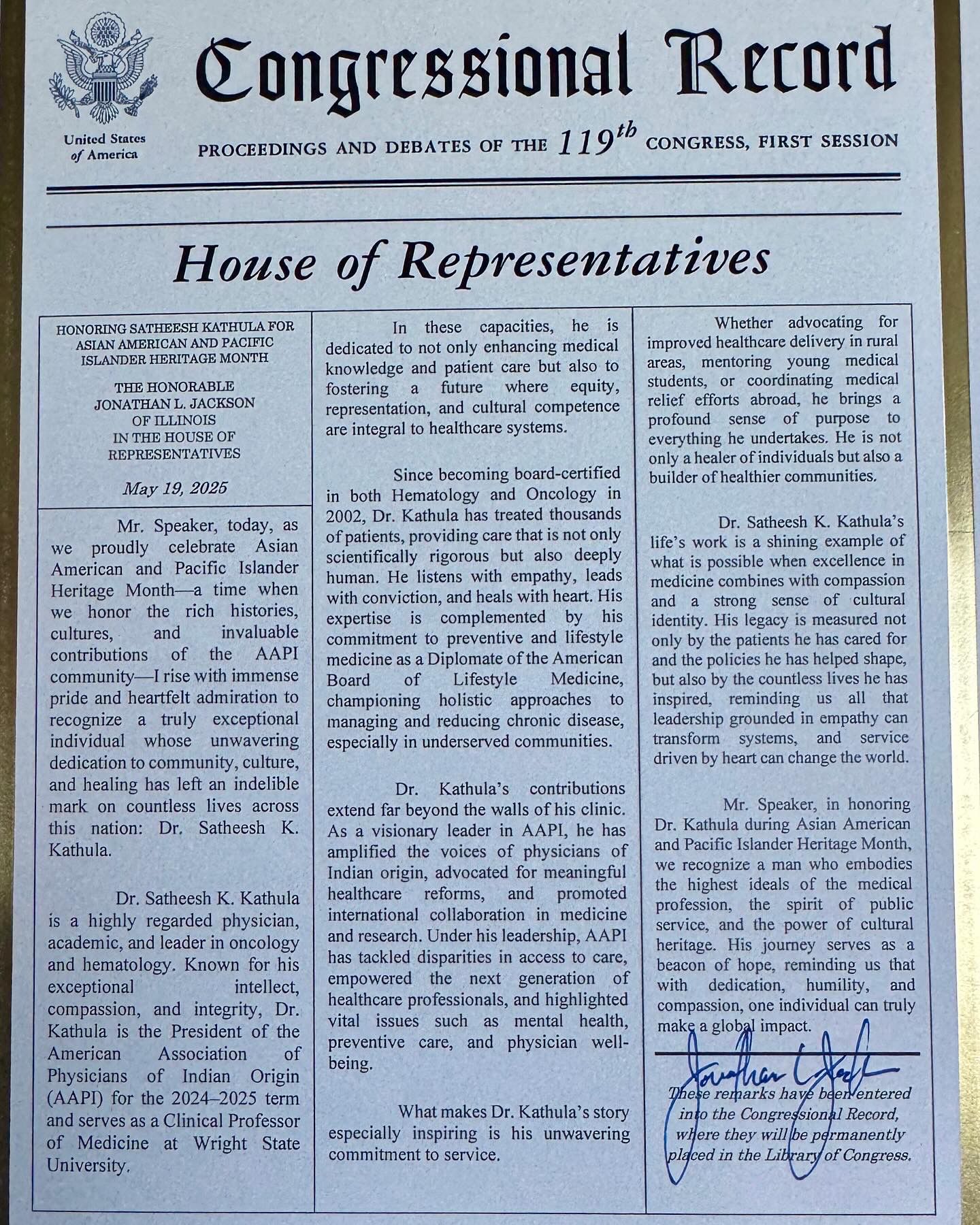 As a Diplomat of the American Board of Lifestyle Medicine, championing holistic approaches to managing and reducing Chronic Disease, especially in underserved communities, “Dr Kathula’s contributions extend far beyond the walls of his clinic. As a visionary leader in AAPI, he has amplified the voices of Physicians of Indian religion, advocated for meaningful healthcare reforms, and promoted international collaboration in medicine and research under his leadership,” Rep. Jackson added.
As a Diplomat of the American Board of Lifestyle Medicine, championing holistic approaches to managing and reducing Chronic Disease, especially in underserved communities, “Dr Kathula’s contributions extend far beyond the walls of his clinic. As a visionary leader in AAPI, he has amplified the voices of Physicians of Indian religion, advocated for meaningful healthcare reforms, and promoted international collaboration in medicine and research under his leadership,” Rep. Jackson added. His facility, the David S. Zocchi Brain Tumor Center, is renowned for its innovative approaches in treating brain tumors and improving patient outcomes. Dr. Raval’s dedication to providing compassionate care has earned him accolades, including the GBM Heroes Award presented at the 21st Annual Scientific Meeting of the Society for Neuro-Oncology organized by CURE® magazine.
His facility, the David S. Zocchi Brain Tumor Center, is renowned for its innovative approaches in treating brain tumors and improving patient outcomes. Dr. Raval’s dedication to providing compassionate care has earned him accolades, including the GBM Heroes Award presented at the 21st Annual Scientific Meeting of the Society for Neuro-Oncology organized by CURE® magazine.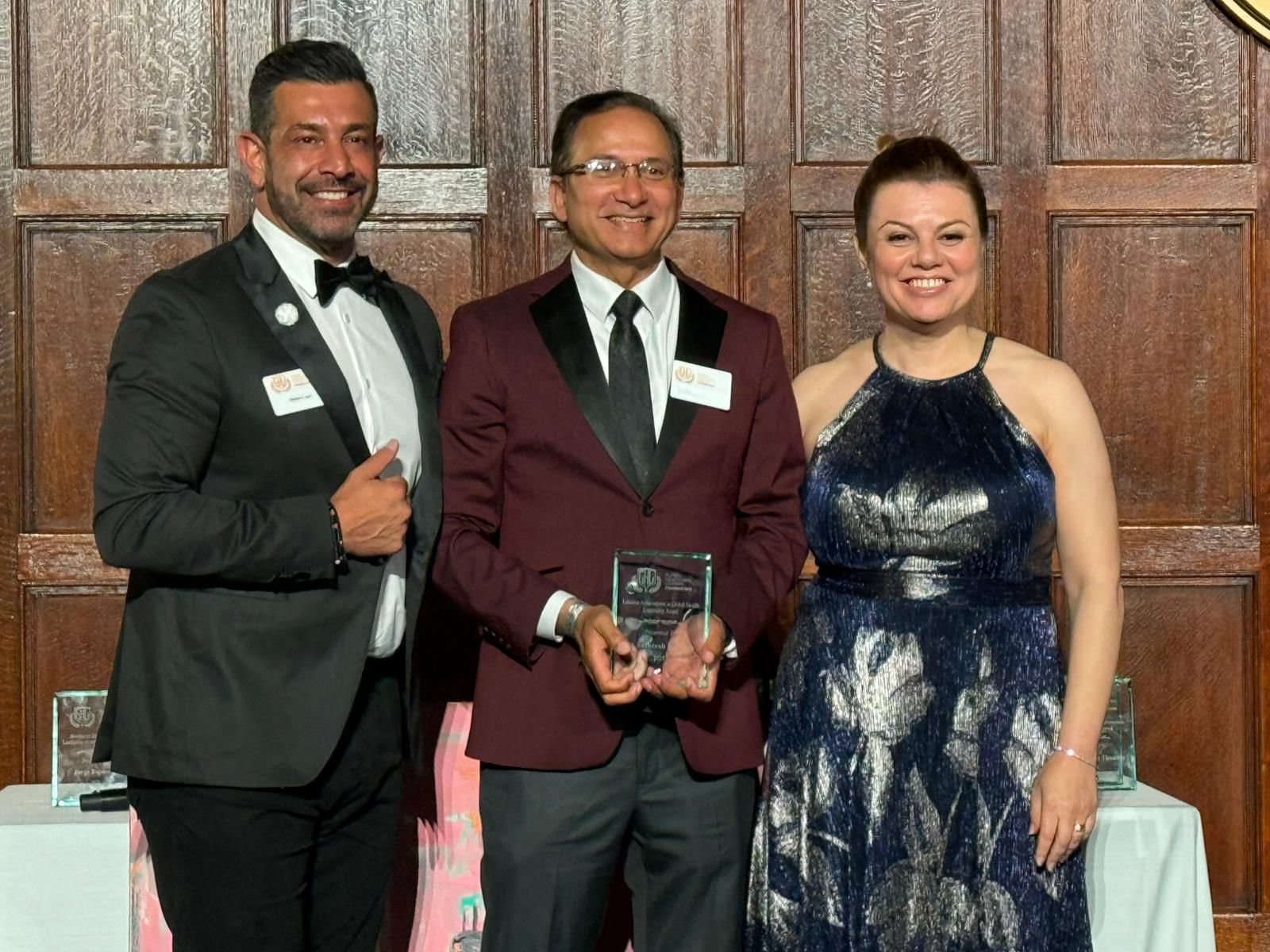 Dr. Satheesh Kathula is a renowned hematologist and oncologist based in Dayton, Ohio, currently serving as the President of the American Association of Physicians of Indian Origin (AAPI). Dr. Kathula, in his response after receiving the award, said, “I am truly humbled to receive this Lifetime Achievement in Global Healthcare Leadership alongside several other remarkable individuals. This inspires not only me, but the people who are serving the community and society at large.”
Dr. Satheesh Kathula is a renowned hematologist and oncologist based in Dayton, Ohio, currently serving as the President of the American Association of Physicians of Indian Origin (AAPI). Dr. Kathula, in his response after receiving the award, said, “I am truly humbled to receive this Lifetime Achievement in Global Healthcare Leadership alongside several other remarkable individuals. This inspires not only me, but the people who are serving the community and society at large.”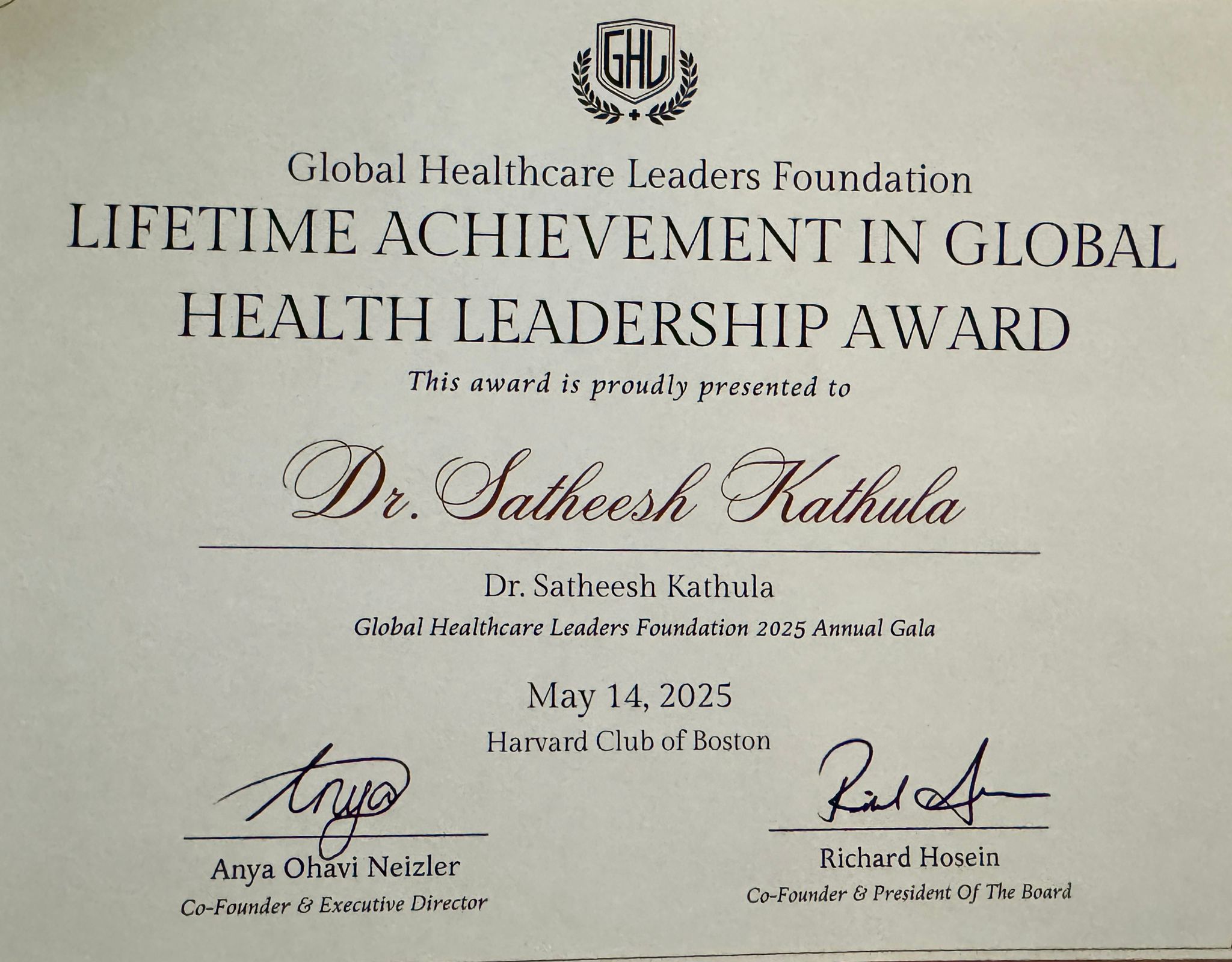 Under his leadership, AAPI has launched a program called “Million Miles of Gratitude” to honor veterans by promoting physical activity. Participants can log their walking or running miles, with each mile serving as a tribute to the veterans. The goal is to collectively reach a million miles in the coming year. In May this year, he led a highly successful AAPI Legislative Day on Capitol Hill, where AAPI sought to collectively shape the best health care for the people of US, with the physician at the helm, caring for the medically underserved.
Under his leadership, AAPI has launched a program called “Million Miles of Gratitude” to honor veterans by promoting physical activity. Participants can log their walking or running miles, with each mile serving as a tribute to the veterans. The goal is to collectively reach a million miles in the coming year. In May this year, he led a highly successful AAPI Legislative Day on Capitol Hill, where AAPI sought to collectively shape the best health care for the people of US, with the physician at the helm, caring for the medically underserved.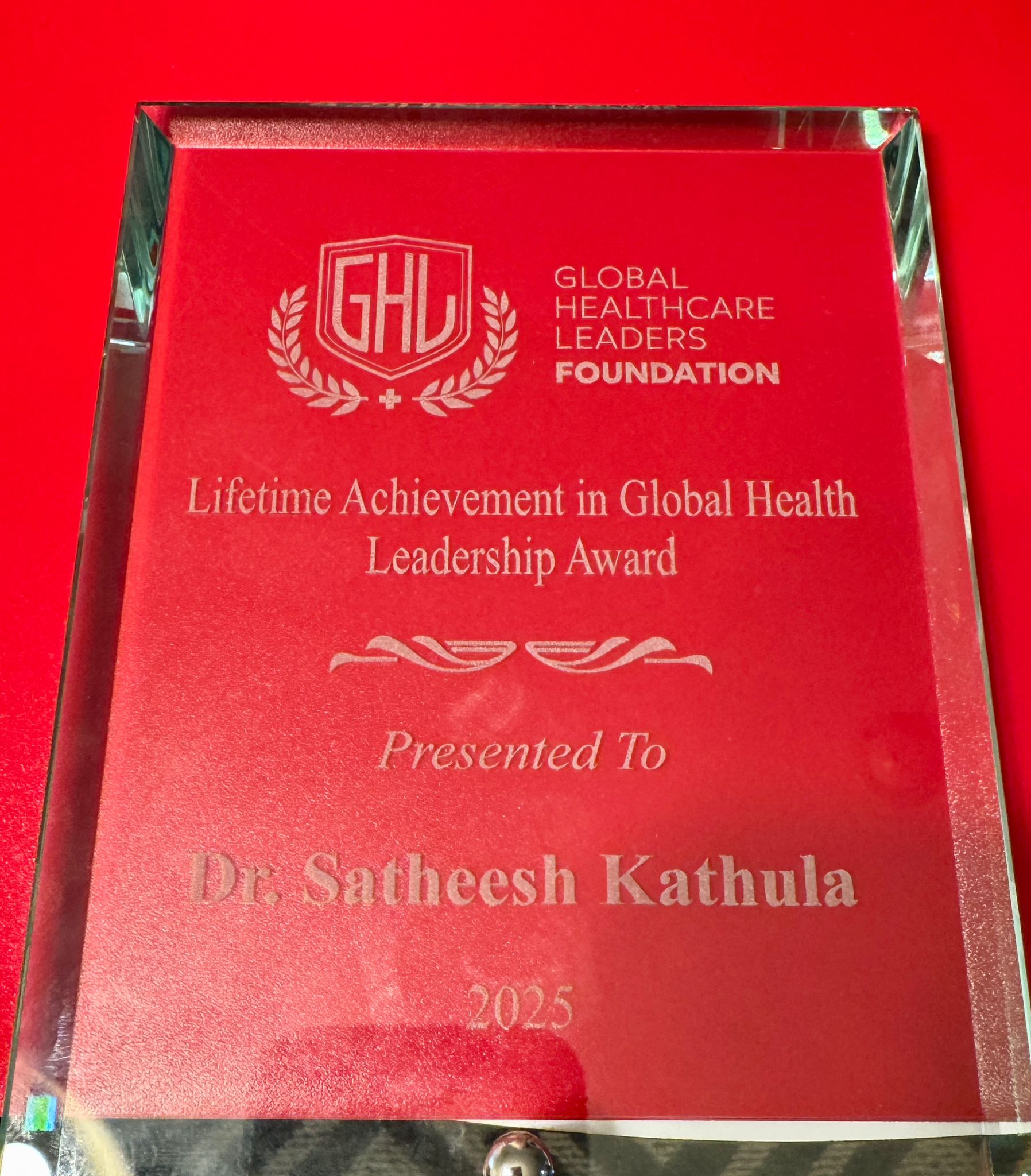 Dr Kathula’s love for his motherland has manifested in him setting up humanitarian and medical projects in India. The most important of them is establishing a state-of-the-art pharmacy college in Warangal in Telangana, where he grew up. Named the Pathfinder Institute of Pharmacy and Educational Research (PIPER), the non-profit with Dr Kathula as the Chairman provides quality education and has already graduated over 1,000 students who are now working in different parts of India and abroad. He conducted several medical camps close to his native place and donated a defibrillator, water purification plant, and library to his native place.
Dr Kathula’s love for his motherland has manifested in him setting up humanitarian and medical projects in India. The most important of them is establishing a state-of-the-art pharmacy college in Warangal in Telangana, where he grew up. Named the Pathfinder Institute of Pharmacy and Educational Research (PIPER), the non-profit with Dr Kathula as the Chairman provides quality education and has already graduated over 1,000 students who are now working in different parts of India and abroad. He conducted several medical camps close to his native place and donated a defibrillator, water purification plant, and library to his native place.

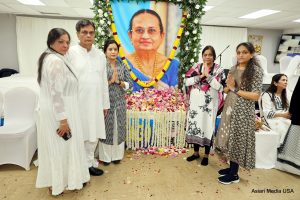




 Dr. Sampat Shivangi is a distinguished Indian American physician, philanthropist, and community leader with a profound impact on healthcare, education, and cultural preservation across India and the United States.
Dr. Sampat Shivangi is a distinguished Indian American physician, philanthropist, and community leader with a profound impact on healthcare, education, and cultural preservation across India and the United States. and spiritual hub for the Hindu community and beyond. Recognized for his exemplary service, a street in Mississippi bears his name, a testament to his contributions to healthcare and community welfare.
and spiritual hub for the Hindu community and beyond. Recognized for his exemplary service, a street in Mississippi bears his name, a testament to his contributions to healthcare and community welfare. It took him lots of reflection, planning, and working with multiple groups before this noble project conceived in his heart several years ago, has now come to fulfillment. “Believe me, I went to my hometown in Karnataka to set up a Cancer Hospital. I had even formed a committee and raised funds. Made several trips to India and struggled to do something good, but returned home empty-handed.”
It took him lots of reflection, planning, and working with multiple groups before this noble project conceived in his heart several years ago, has now come to fulfillment. “Believe me, I went to my hometown in Karnataka to set up a Cancer Hospital. I had even formed a committee and raised funds. Made several trips to India and struggled to do something good, but returned home empty-handed.” and tireless efforts that every individual deserves an opportunity to thrive, and is a beacon of hope, fostering resilience and building a more inclusive and harmonious world for all.
and tireless efforts that every individual deserves an opportunity to thrive, and is a beacon of hope, fostering resilience and building a more inclusive and harmonious world for all. At the heart of societal transformation, the Dr. Sampat Shivangi Foundation stands as a testament to unwavering commitment and compassion. The foundation is built upon the pillars of education, healthcare, mental well-being, tribal support, women’s empowerment, and sports development. With a profound understanding of the multifaceted needs of underprivileged communities, we have designed a range of initiatives that address these vital aspects of human well-being.
At the heart of societal transformation, the Dr. Sampat Shivangi Foundation stands as a testament to unwavering commitment and compassion. The foundation is built upon the pillars of education, healthcare, mental well-being, tribal support, women’s empowerment, and sports development. With a profound understanding of the multifaceted needs of underprivileged communities, we have designed a range of initiatives that address these vital aspects of human well-being. Civil Nuclear Agreement, collaborating with President George W. Bush to strengthen ties between the two nations. His commitment to India is further reflected in his coordination efforts with the White House to lift sanctions against India during President Bill Clinton’s administration.
Civil Nuclear Agreement, collaborating with President George W. Bush to strengthen ties between the two nations. His commitment to India is further reflected in his coordination efforts with the White House to lift sanctions against India during President Bill Clinton’s administration. Among the many initiatives Dr. Raju has undertaken, the upcoming Fundraiser in New Delhi is a pan-India Roll Out Program with the objective of raising $500,000, which will be matched by the Eye Foundation of America. The funds raised will be utilized towards establishing 100 ROP screening centers across India; Training 500 healthcare professionals in ROP screening and treatment; and, Treating 10,000 ROP-affected babies annually across India.
Among the many initiatives Dr. Raju has undertaken, the upcoming Fundraiser in New Delhi is a pan-India Roll Out Program with the objective of raising $500,000, which will be matched by the Eye Foundation of America. The funds raised will be utilized towards establishing 100 ROP screening centers across India; Training 500 healthcare professionals in ROP screening and treatment; and, Treating 10,000 ROP-affected babies annually across India.  For the past four decades, Dr. Raju and the EFA have been actively and tirelessly on a crusade to eliminate avoidable blindness in areas plagued by poverty and poor access to medical care. The EFA’s mission is to eliminate
For the past four decades, Dr. Raju and the EFA have been actively and tirelessly on a crusade to eliminate avoidable blindness in areas plagued by poverty and poor access to medical care. The EFA’s mission is to eliminate  The Goutami Institute has a wing dedicated exclusively for children, and the EFA has future plans to build a service and research eye hospital in India where no child will be denied treatment and children from around the world can come to receive services. Dr. Raju and the EFA are also committed to finding new cures for age-old eye disease in children.
The Goutami Institute has a wing dedicated exclusively for children, and the EFA has future plans to build a service and research eye hospital in India where no child will be denied treatment and children from around the world can come to receive services. Dr. Raju and the EFA are also committed to finding new cures for age-old eye disease in children. 


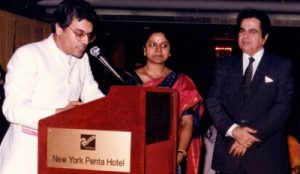
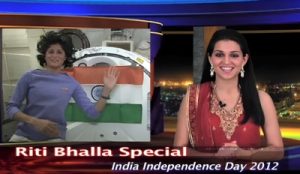
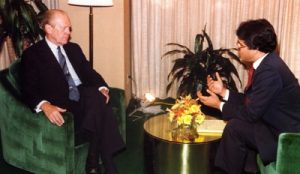
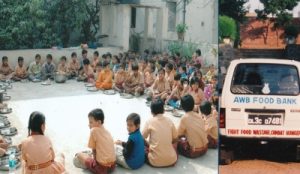
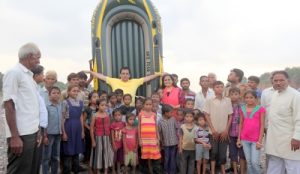


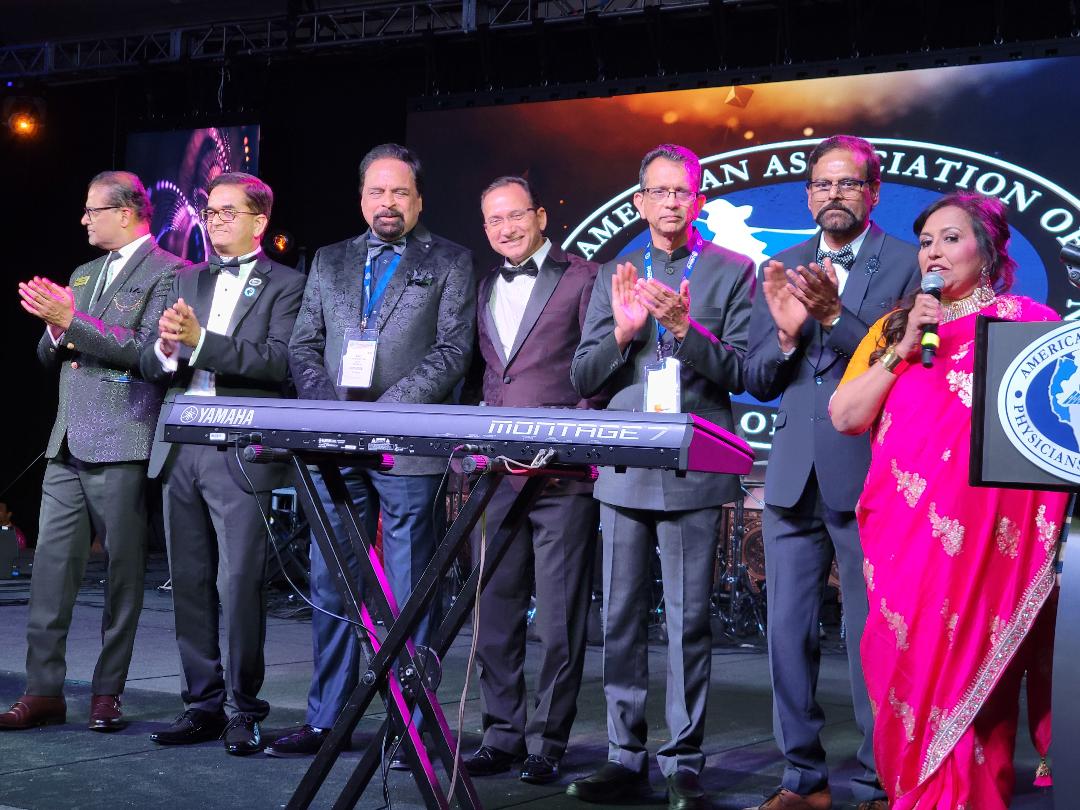 In an official communication sent out to the members of the AAPI’s General Boy, Dr. Kathula stated: “According to the current bylaws (Article VI) the current Executive Committee (EC) term is one year which ended on July 8, 2024. The new Executive Committee’s term started on July 9, 2024.”
In an official communication sent out to the members of the AAPI’s General Boy, Dr. Kathula stated: “According to the current bylaws (Article VI) the current Executive Committee (EC) term is one year which ended on July 8, 2024. The new Executive Committee’s term started on July 9, 2024.”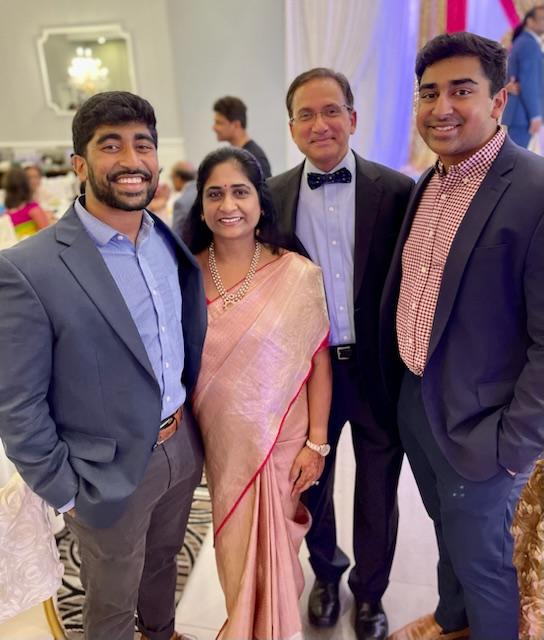 Dr. Kathula, who graduated from Siddhartha Medical College, Vijayawada, Andhra Pradesh, India in 1992 is a clinical professor of medicine at Wright State University-Boonshoft School of Medicine, Dayton, Ohio. Dr. Kathula is a Diplomate of the American Board of Lifestyle Medicine. He has authored several papers and articles in medical journals and is in the process of writing a book, describing his journey as an immigrant physician. “For the past 22 years, I’ve been proudly serving as a Hematologist and Oncologist in the Dayton community, considering it my home:”
Dr. Kathula, who graduated from Siddhartha Medical College, Vijayawada, Andhra Pradesh, India in 1992 is a clinical professor of medicine at Wright State University-Boonshoft School of Medicine, Dayton, Ohio. Dr. Kathula is a Diplomate of the American Board of Lifestyle Medicine. He has authored several papers and articles in medical journals and is in the process of writing a book, describing his journey as an immigrant physician. “For the past 22 years, I’ve been proudly serving as a Hematologist and Oncologist in the Dayton community, considering it my home:”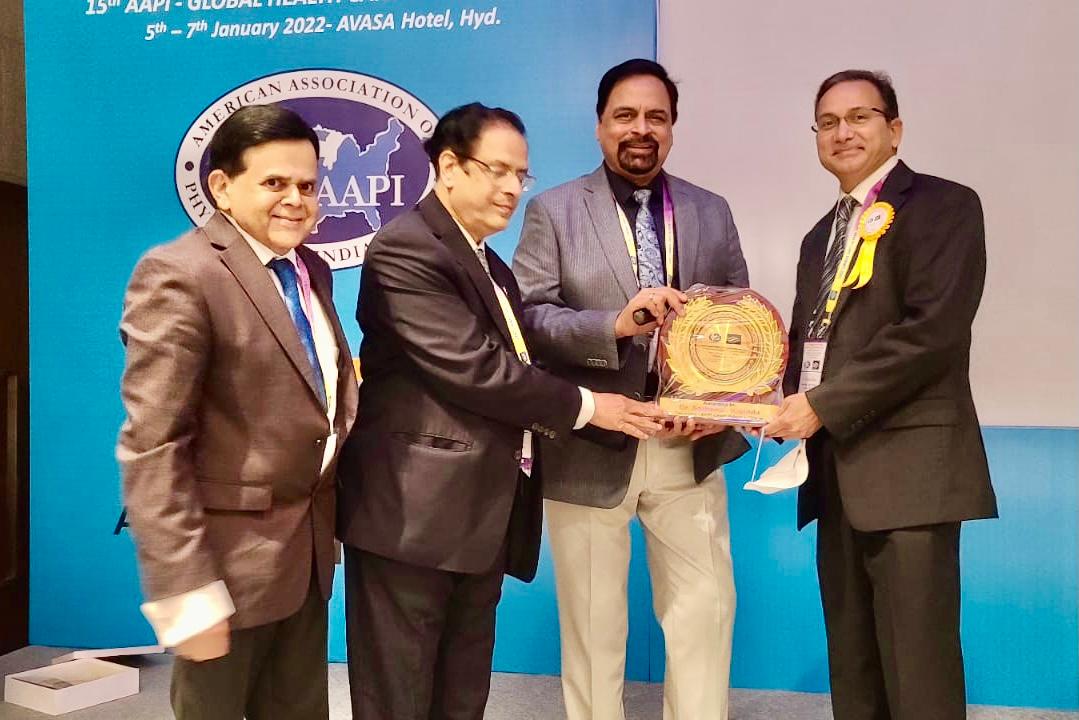 Recalling his long association with AAPI, which he has come to call his 2nd family, Dr. Kathula says, “My first experience with medical conventions occurred at the AAPI annual convention in 1995, graced by then-President Bill Clinton. Inspired, I formally joined AAPI in 2002, though my active involvement commenced in 2009, assuming the role of the governing body member of AAPI. Later on, I won all four national elections I contested, supported by esteemed AAPI members.”
Recalling his long association with AAPI, which he has come to call his 2nd family, Dr. Kathula says, “My first experience with medical conventions occurred at the AAPI annual convention in 1995, graced by then-President Bill Clinton. Inspired, I formally joined AAPI in 2002, though my active involvement commenced in 2009, assuming the role of the governing body member of AAPI. Later on, I won all four national elections I contested, supported by esteemed AAPI members.”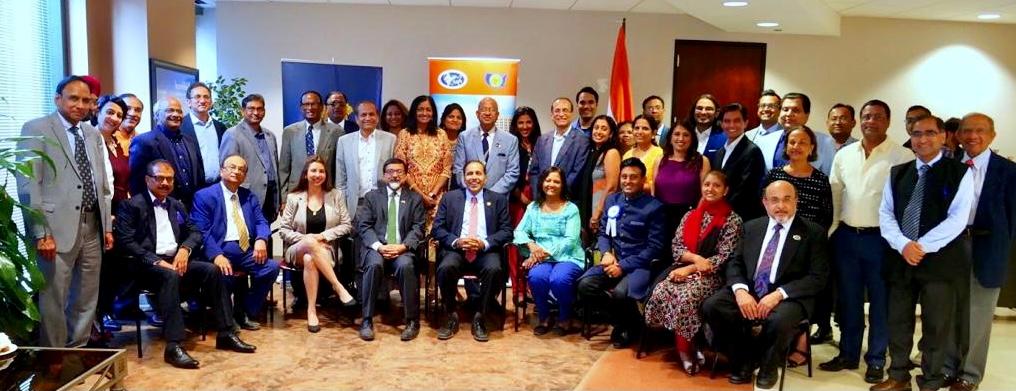 In his inaugural note, Dr. Kathula assured all AAPI members and all physicians of Indian origin that “I will sincerely work for the betterment of our beloved organization, AAPI.”
In his inaugural note, Dr. Kathula assured all AAPI members and all physicians of Indian origin that “I will sincerely work for the betterment of our beloved organization, AAPI.”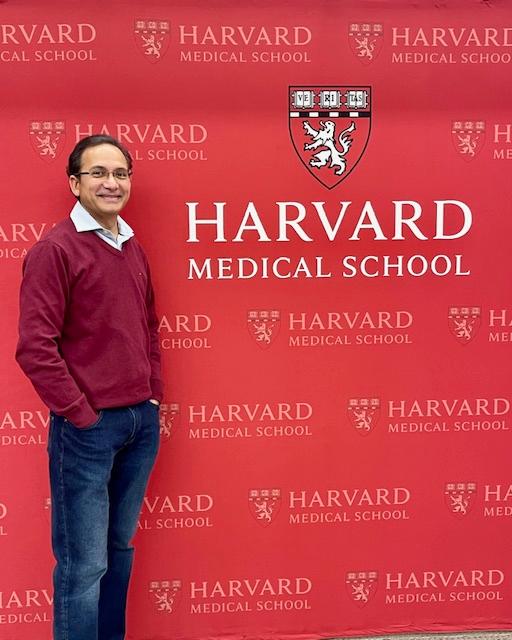 Dr. Kathula has laid out his vision for AAPI on his website:
Dr. Kathula has laid out his vision for AAPI on his website: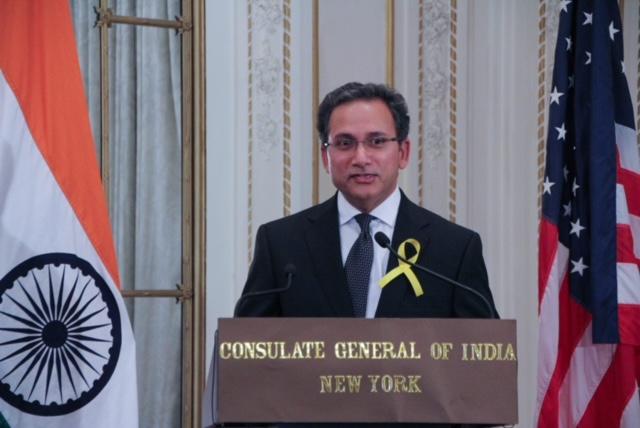 He has been actively involved in community service locally, nationally, and internationally for the last two decades. Dr. Kathula was instrumental in raising funds for the construction of the Om Shanti Hindu Cultural Center in Dayton. He is also the President and Founding Member of the Association of Indian Physicians from Ohio. He has served on several non-profit boards, dedicating his time, skills, and resources for the greater good of the larger community. Dr. Kathula served on the Board of Trustees of the Leukemia and Lymphoma Society (Dayton chapter) and has raised more than $200,000 for some of its initiatives. The society conferred on him the Man of the Year Award in 2010. Dr. Kathula received Hind Rattan Award in 2010, given by the NRI Welfare Society of India for his outstanding contributions. He was awarded ‘Man of the Year – 2018’ by the Leukemia and Lymphoma Society.
He has been actively involved in community service locally, nationally, and internationally for the last two decades. Dr. Kathula was instrumental in raising funds for the construction of the Om Shanti Hindu Cultural Center in Dayton. He is also the President and Founding Member of the Association of Indian Physicians from Ohio. He has served on several non-profit boards, dedicating his time, skills, and resources for the greater good of the larger community. Dr. Kathula served on the Board of Trustees of the Leukemia and Lymphoma Society (Dayton chapter) and has raised more than $200,000 for some of its initiatives. The society conferred on him the Man of the Year Award in 2010. Dr. Kathula received Hind Rattan Award in 2010, given by the NRI Welfare Society of India for his outstanding contributions. He was awarded ‘Man of the Year – 2018’ by the Leukemia and Lymphoma Society. Dr. Kathula gives credit to several mentors who have helped shape his outlook on life. “My life’s journey has been enriched by countless mentors and inspirations from all walks of life, each contributing to my personal and professional growth.”
Dr. Kathula gives credit to several mentors who have helped shape his outlook on life. “My life’s journey has been enriched by countless mentors and inspirations from all walks of life, each contributing to my personal and professional growth.”